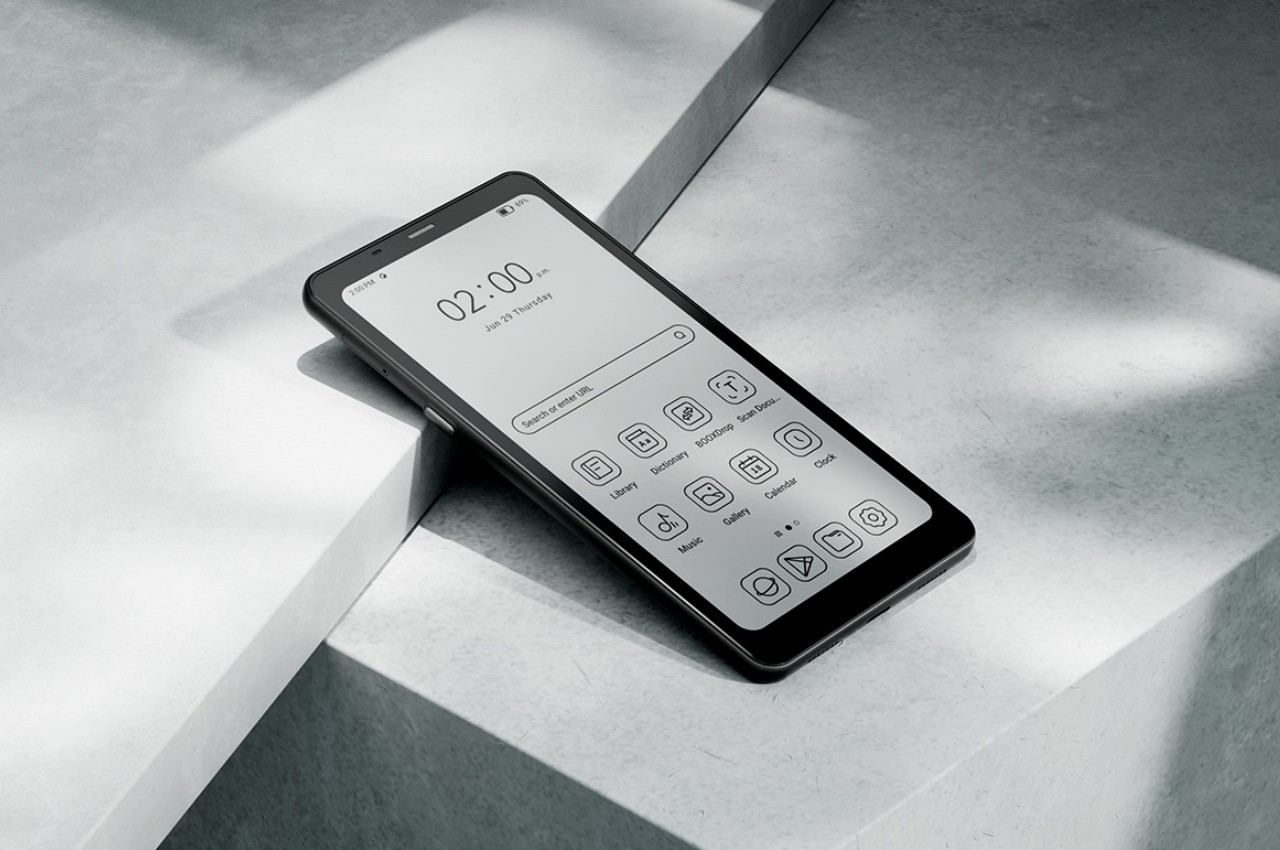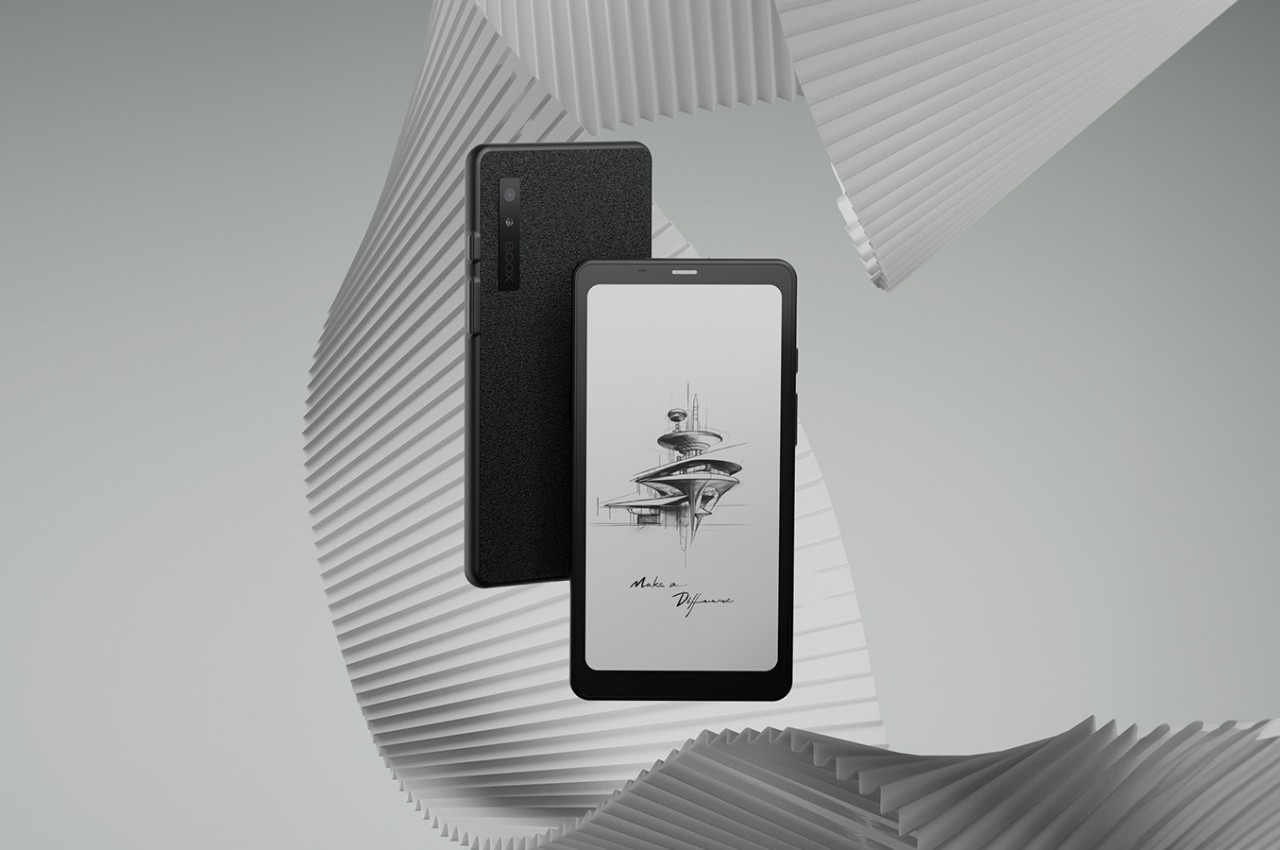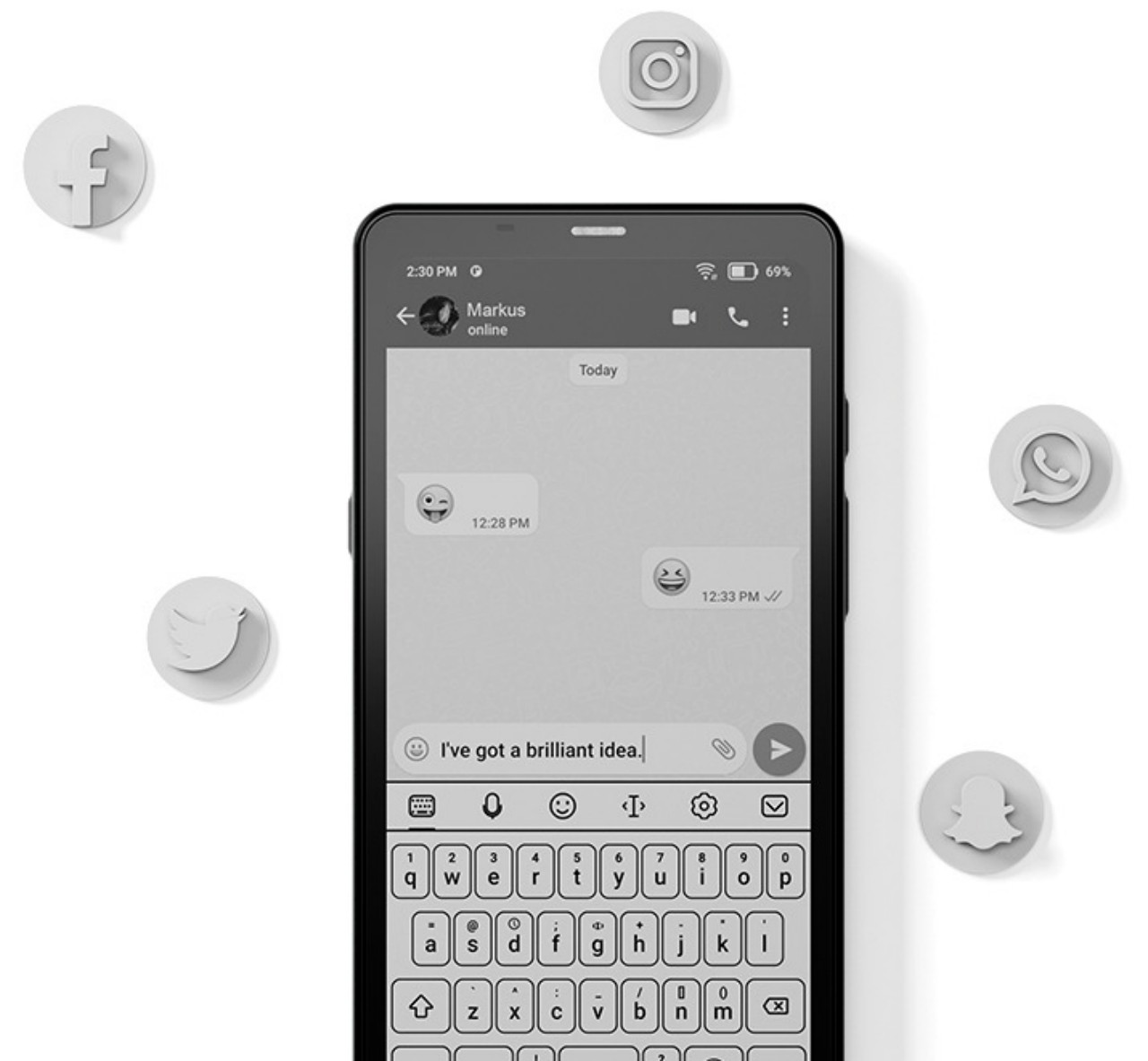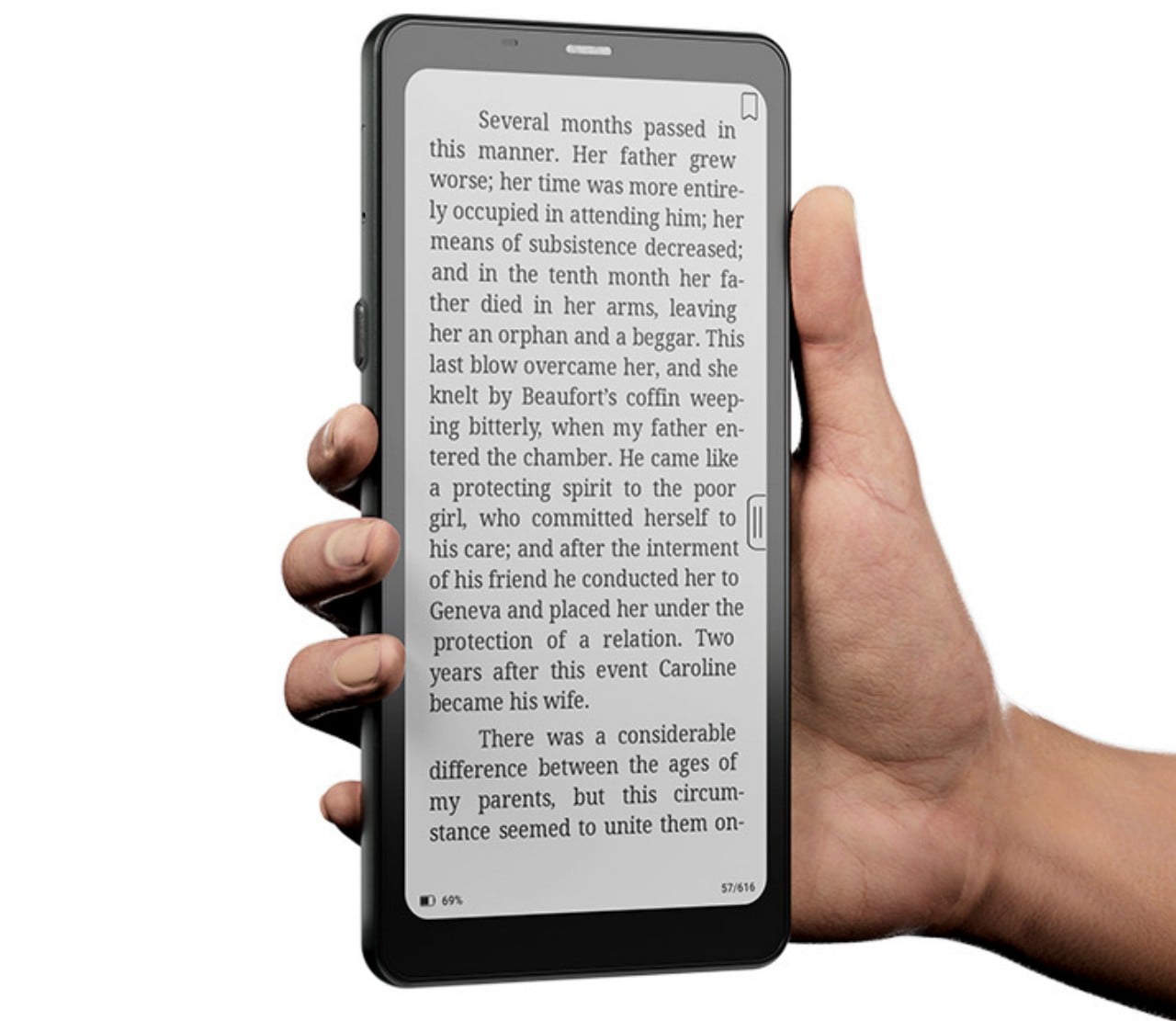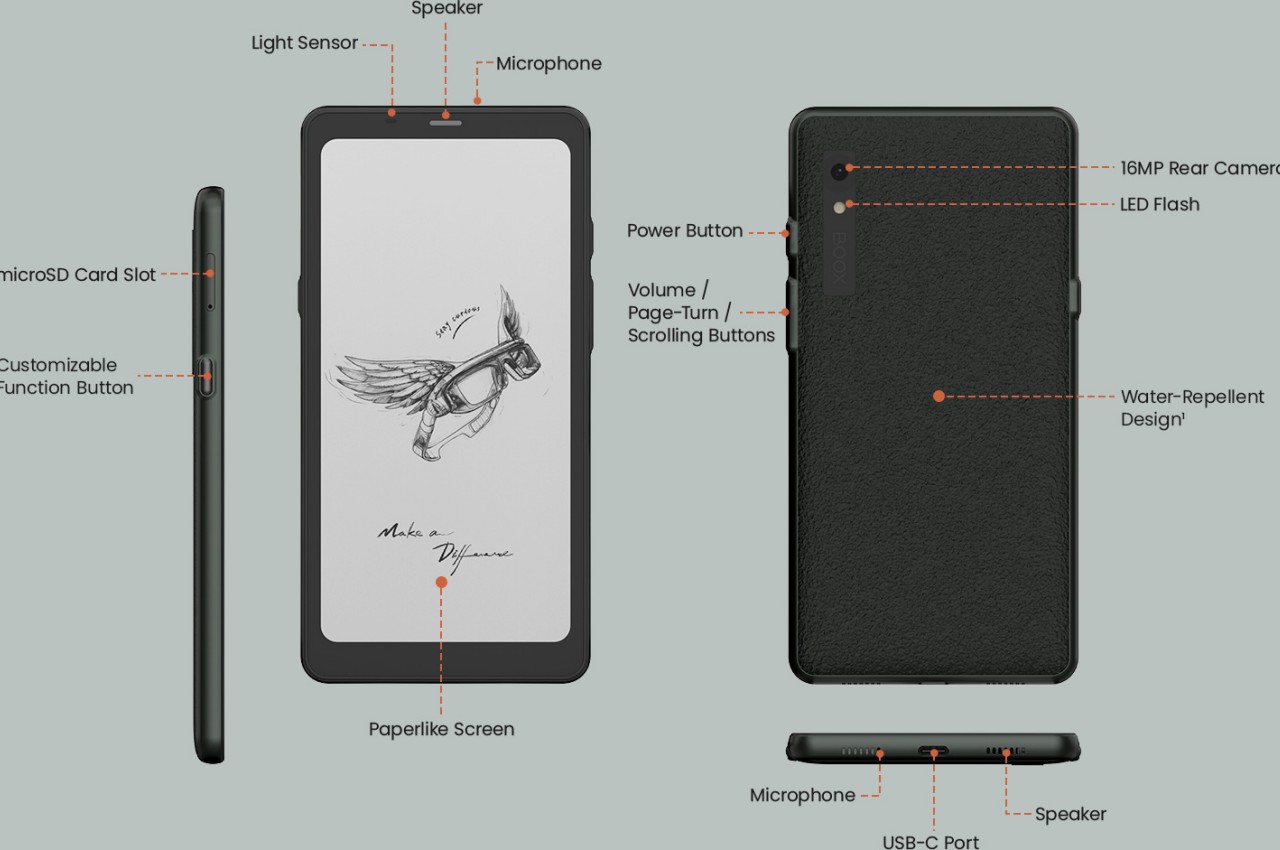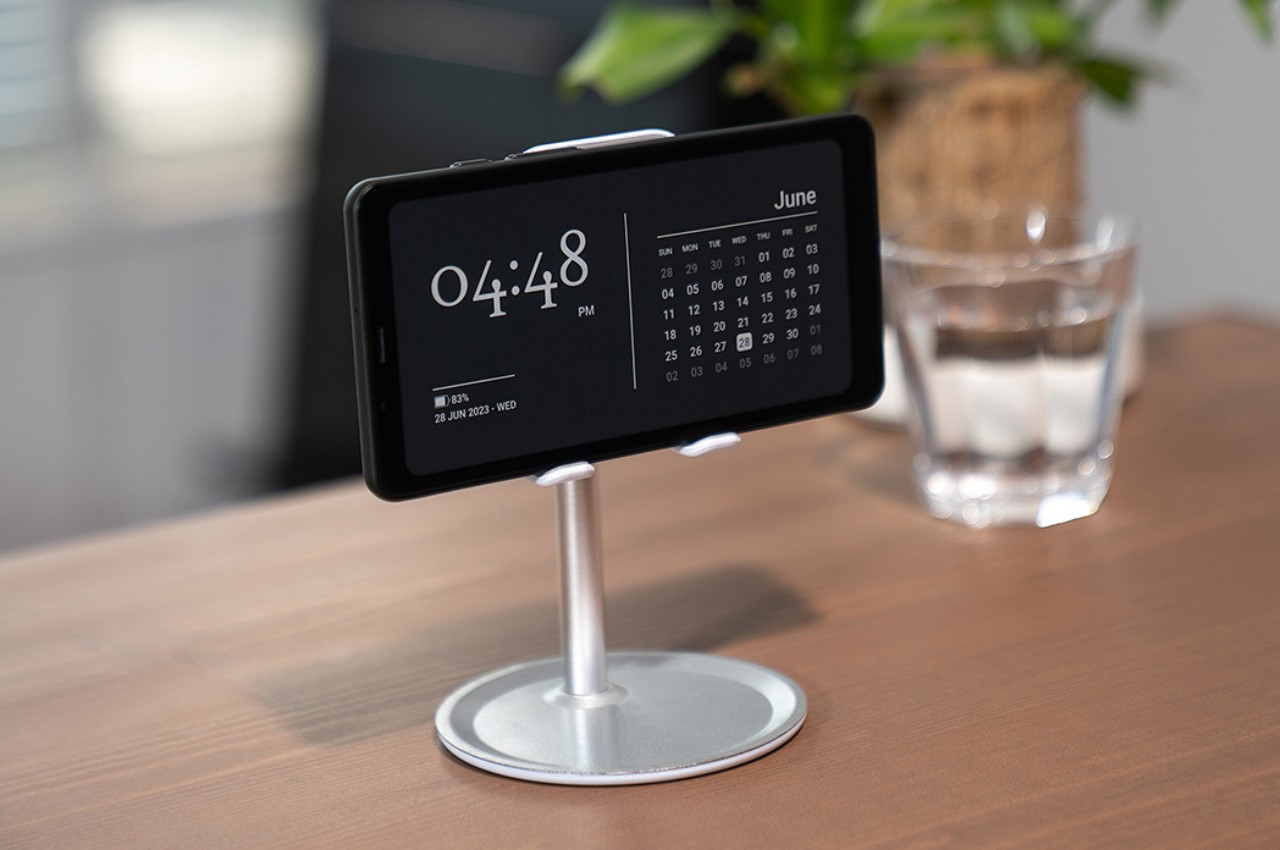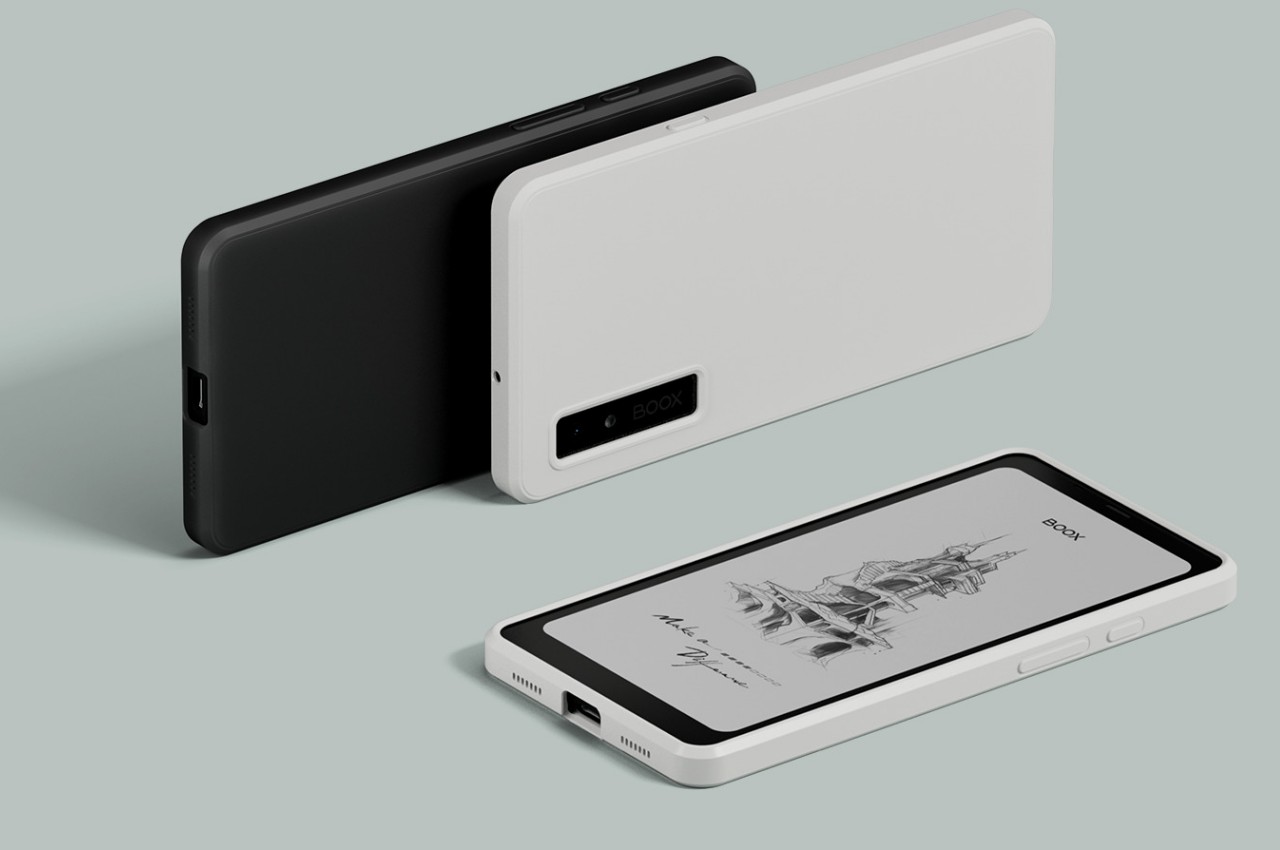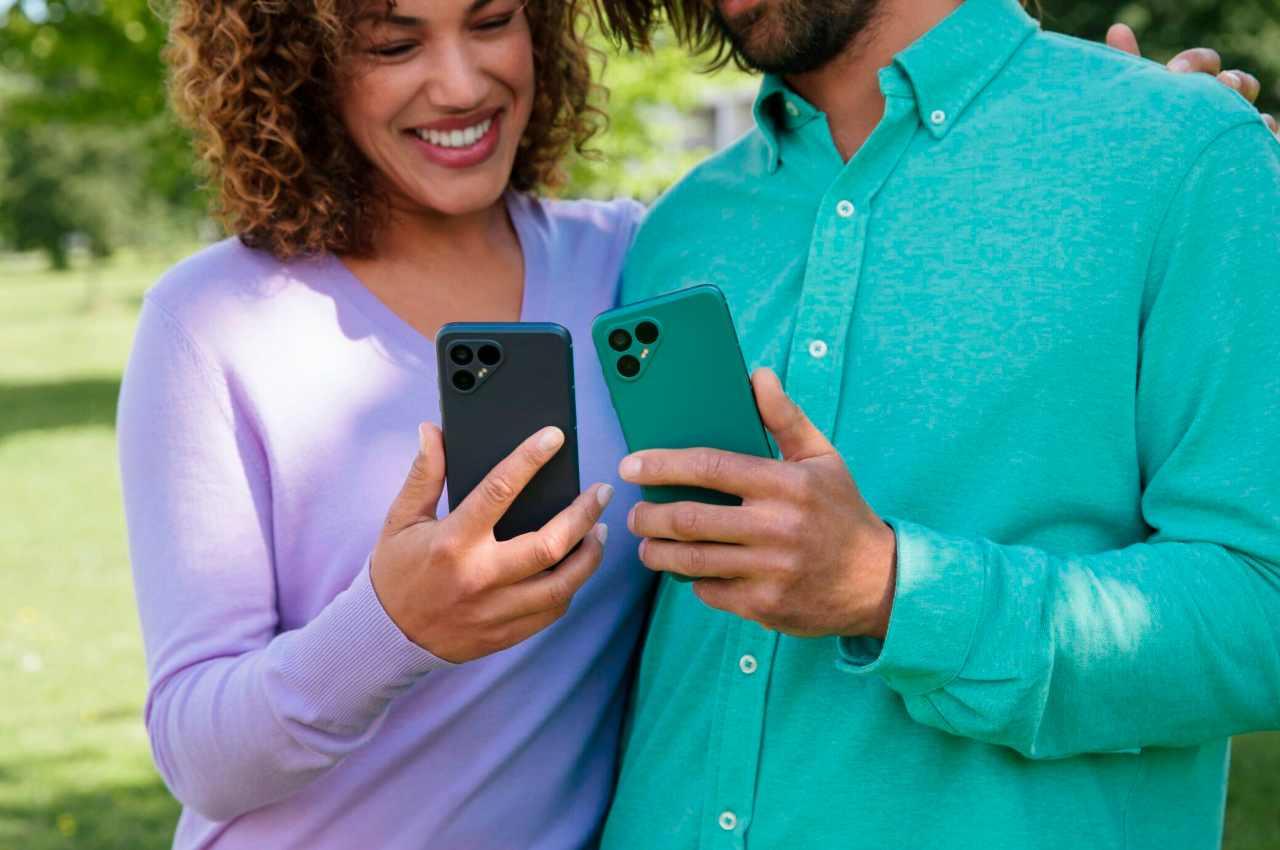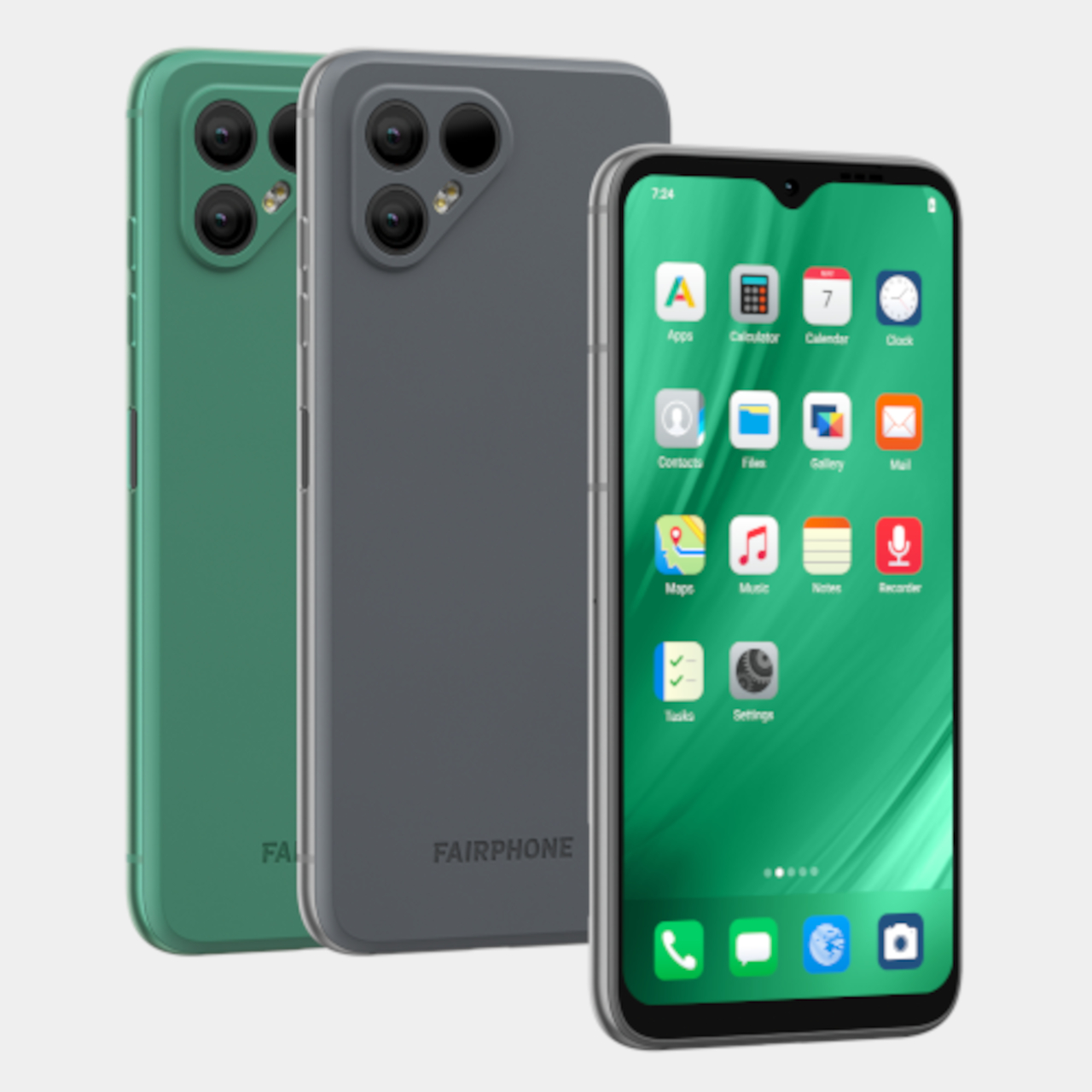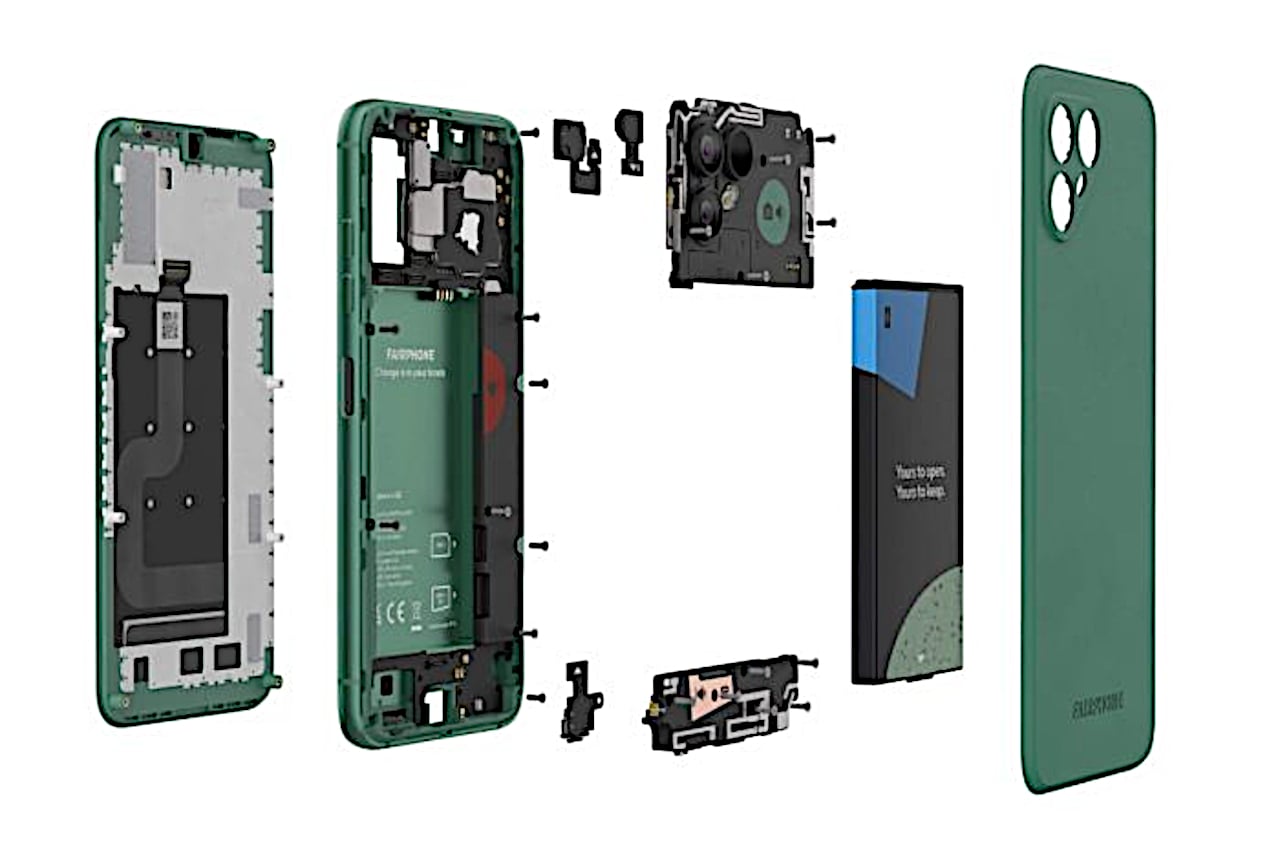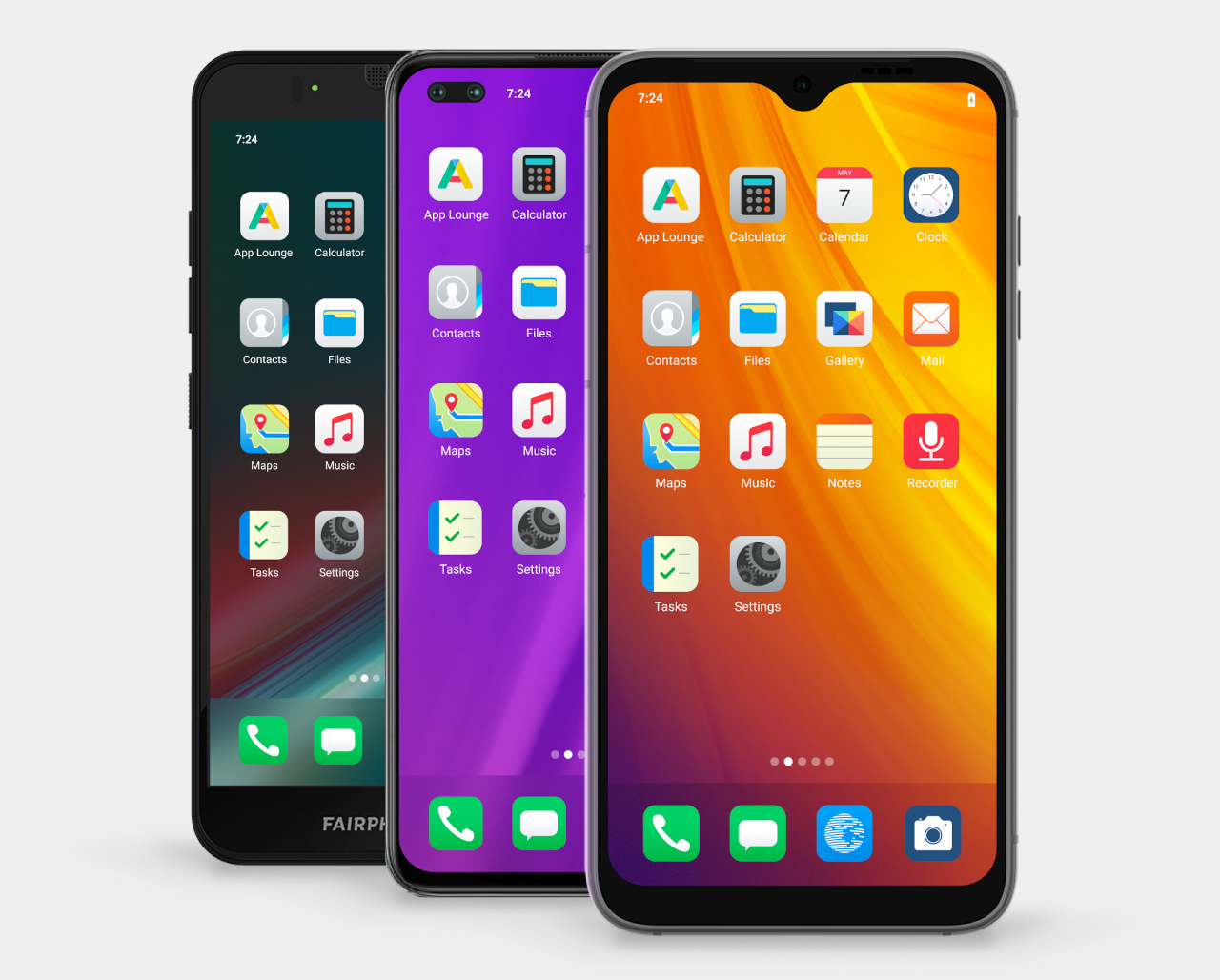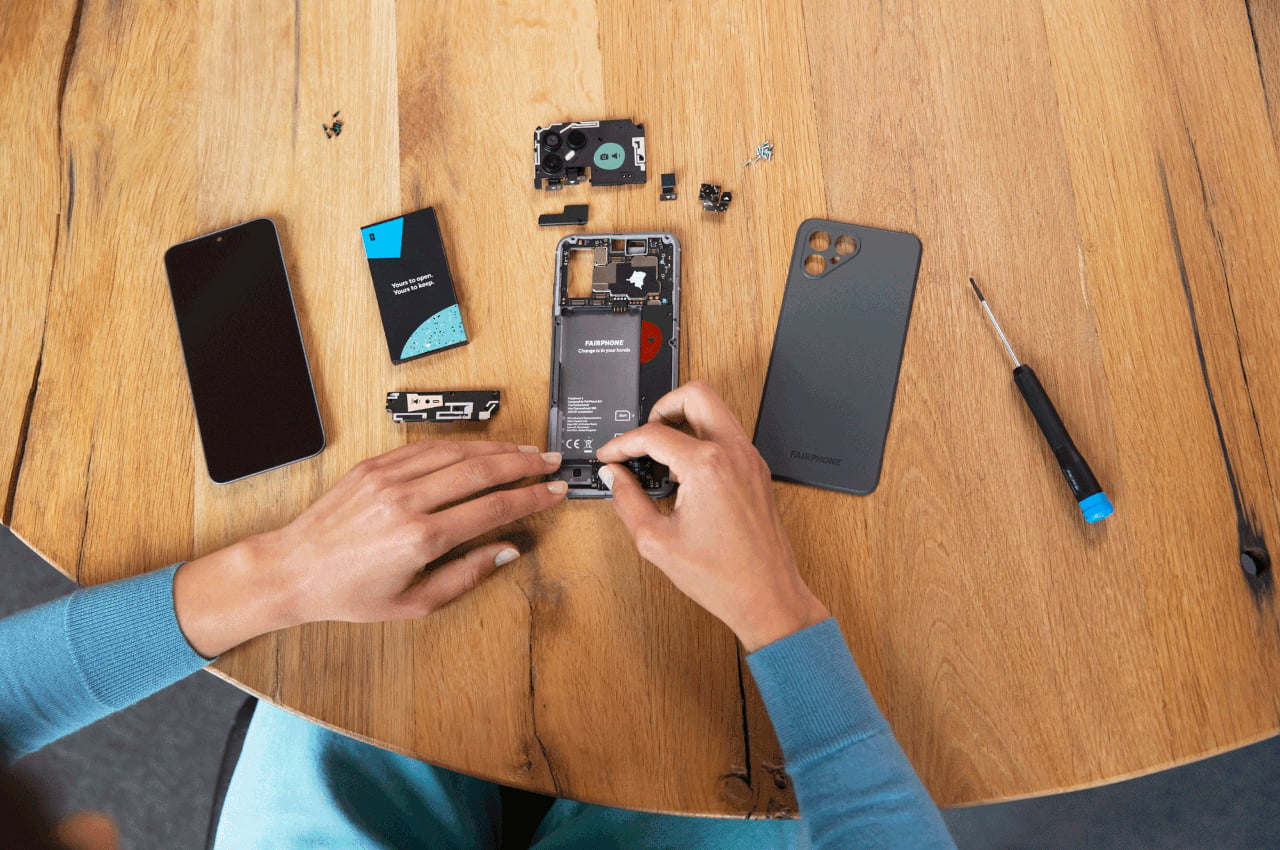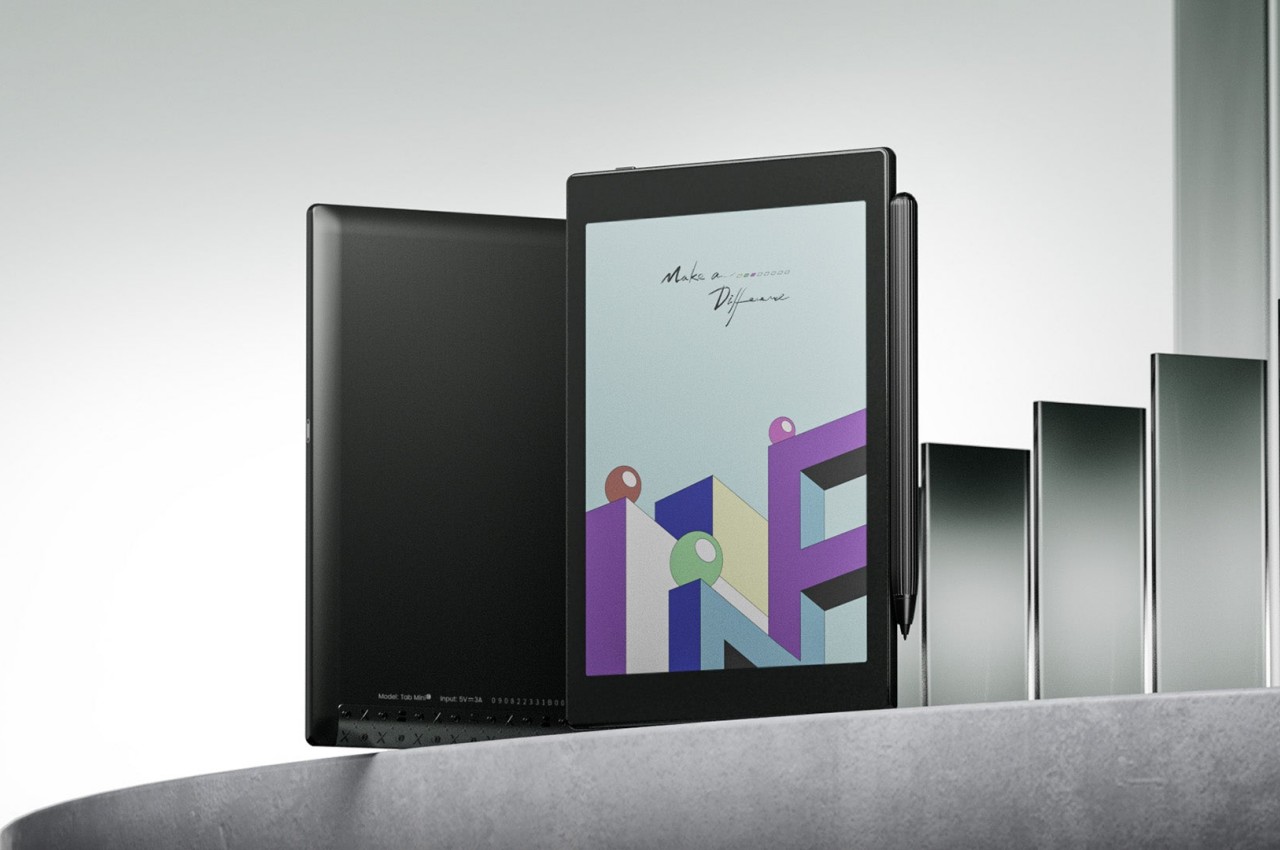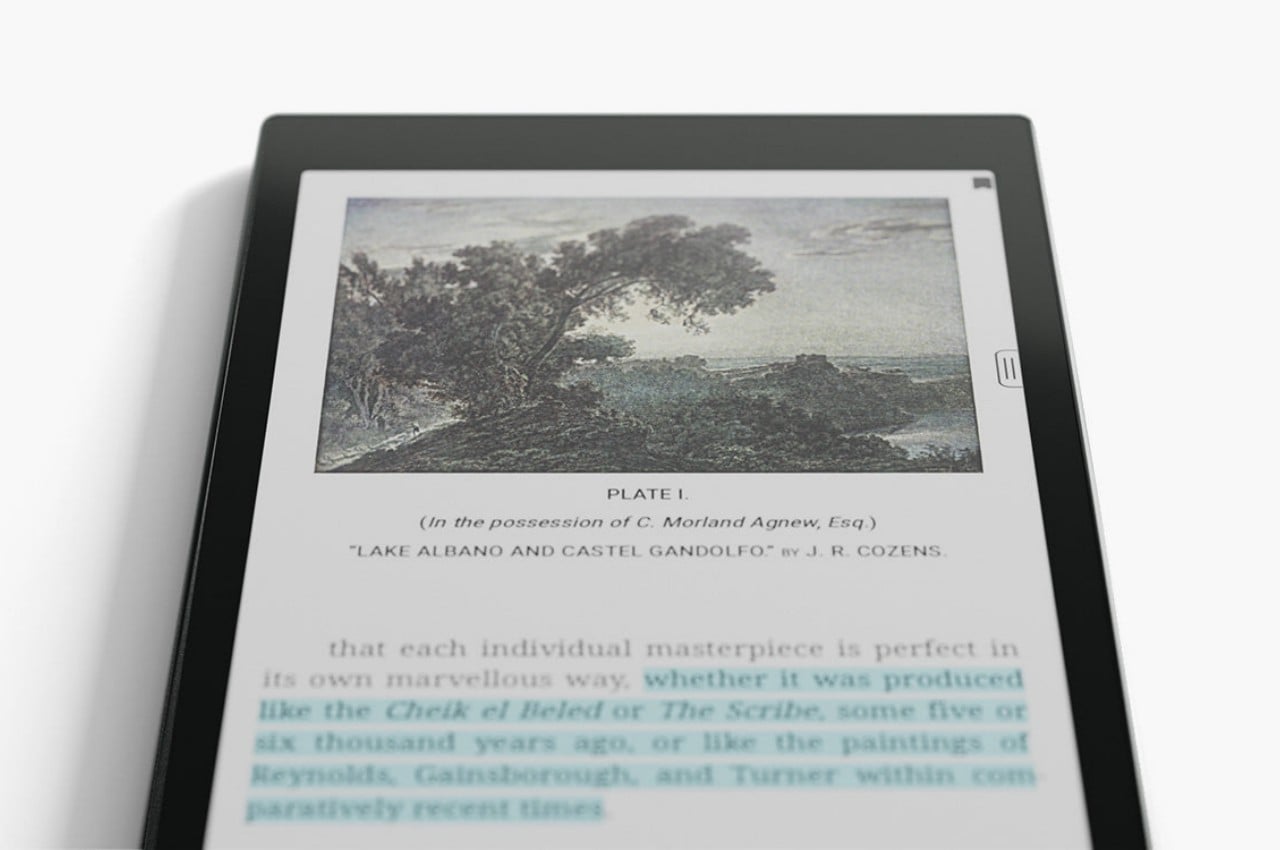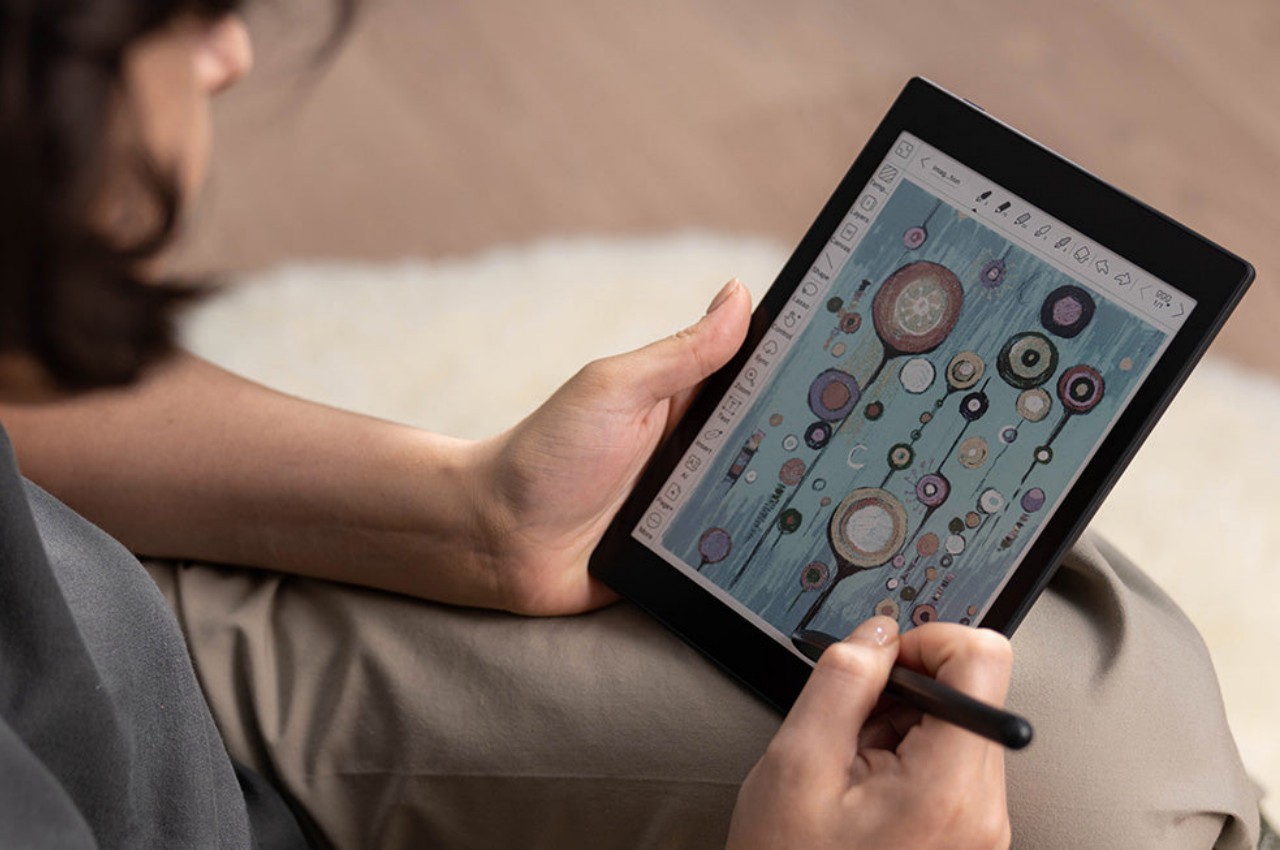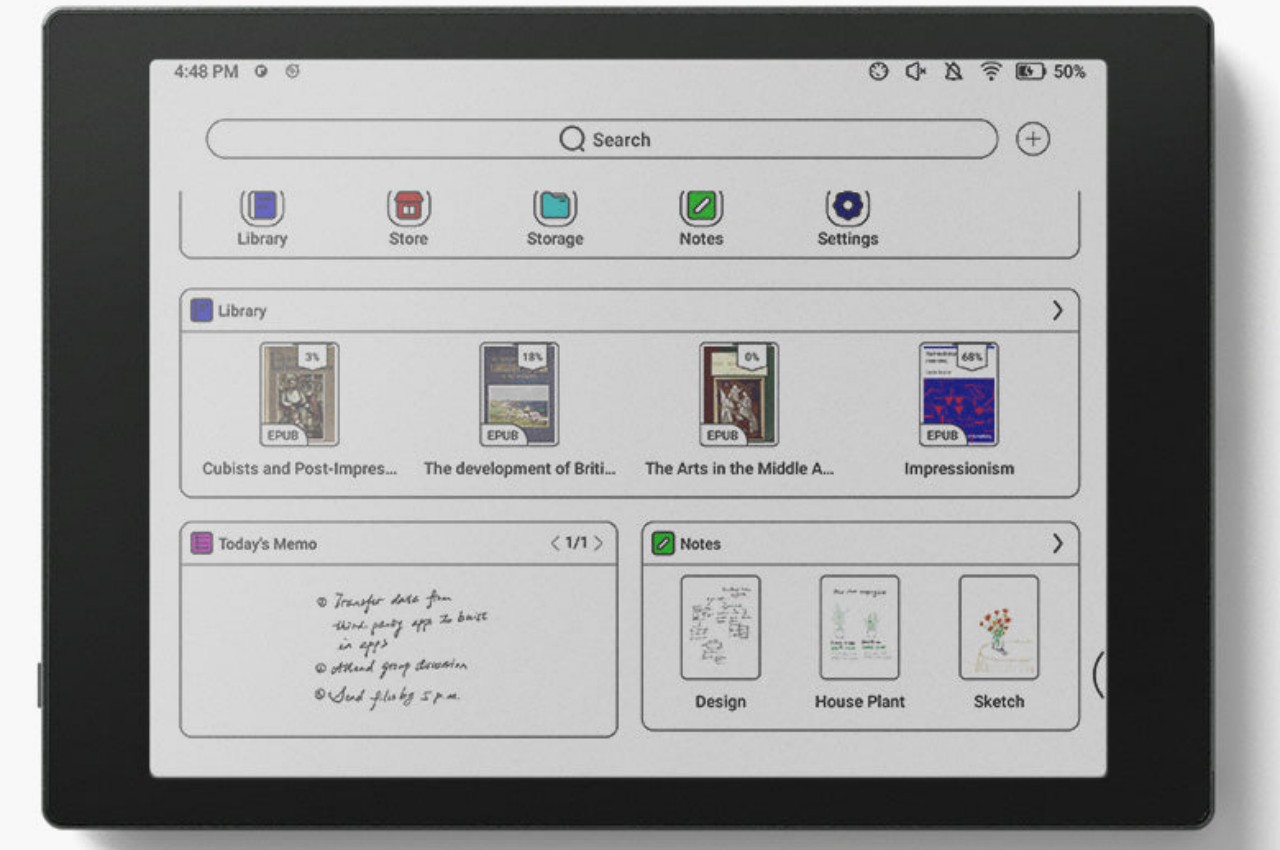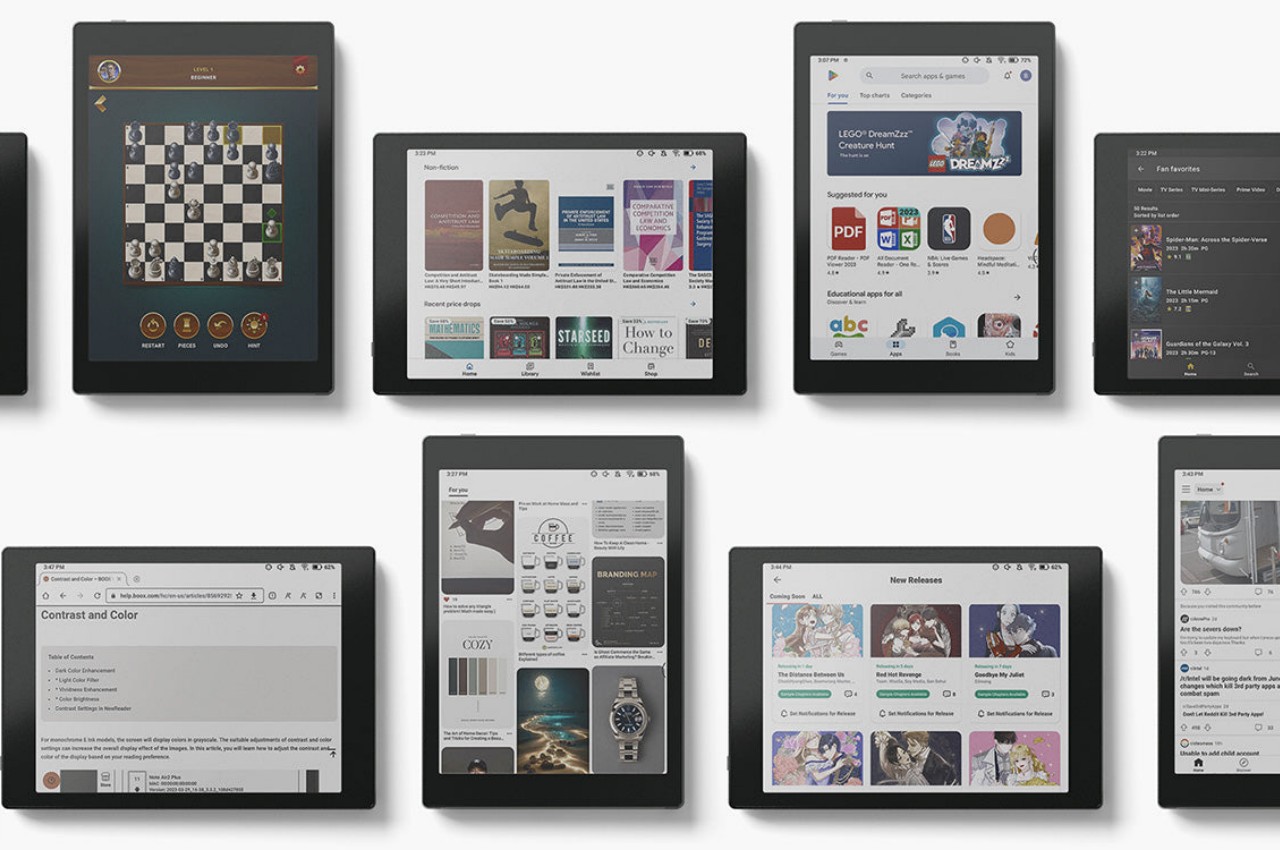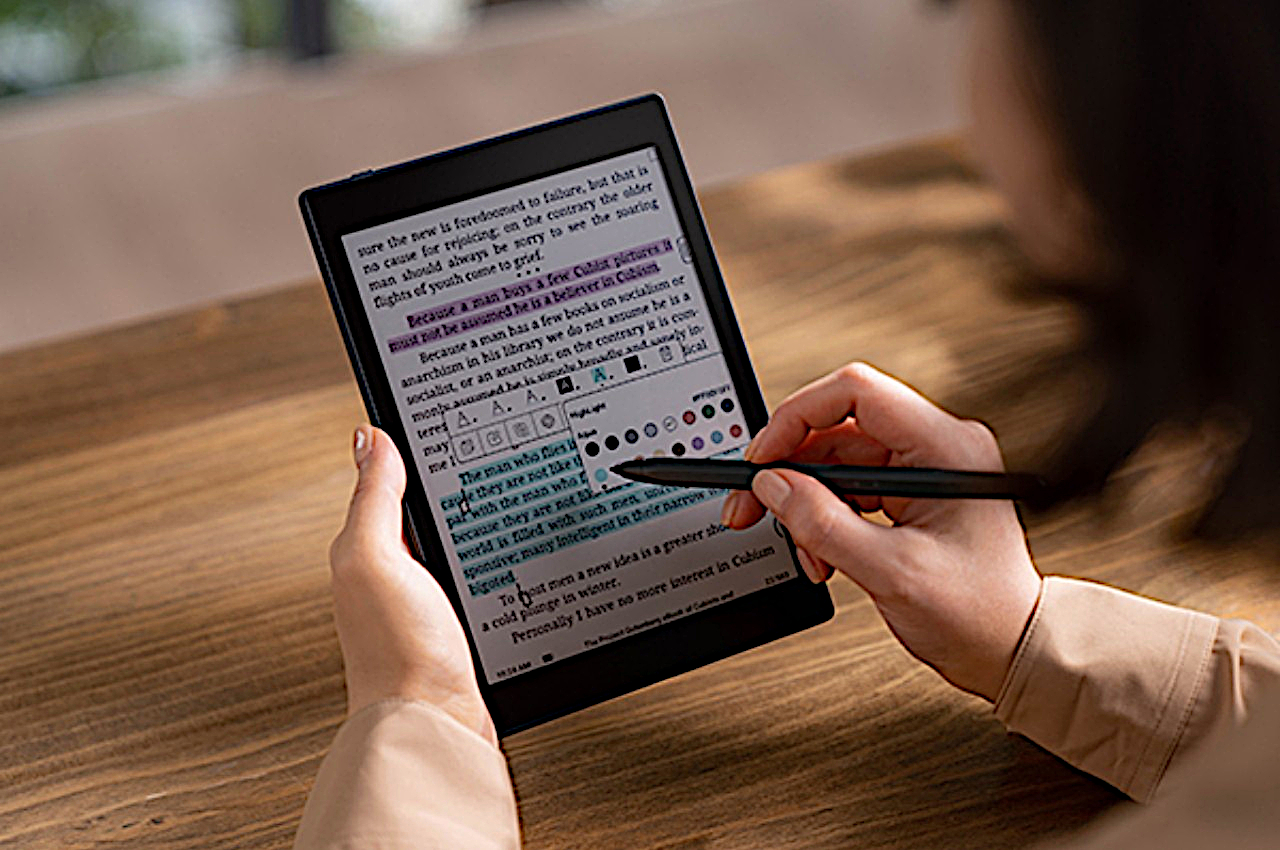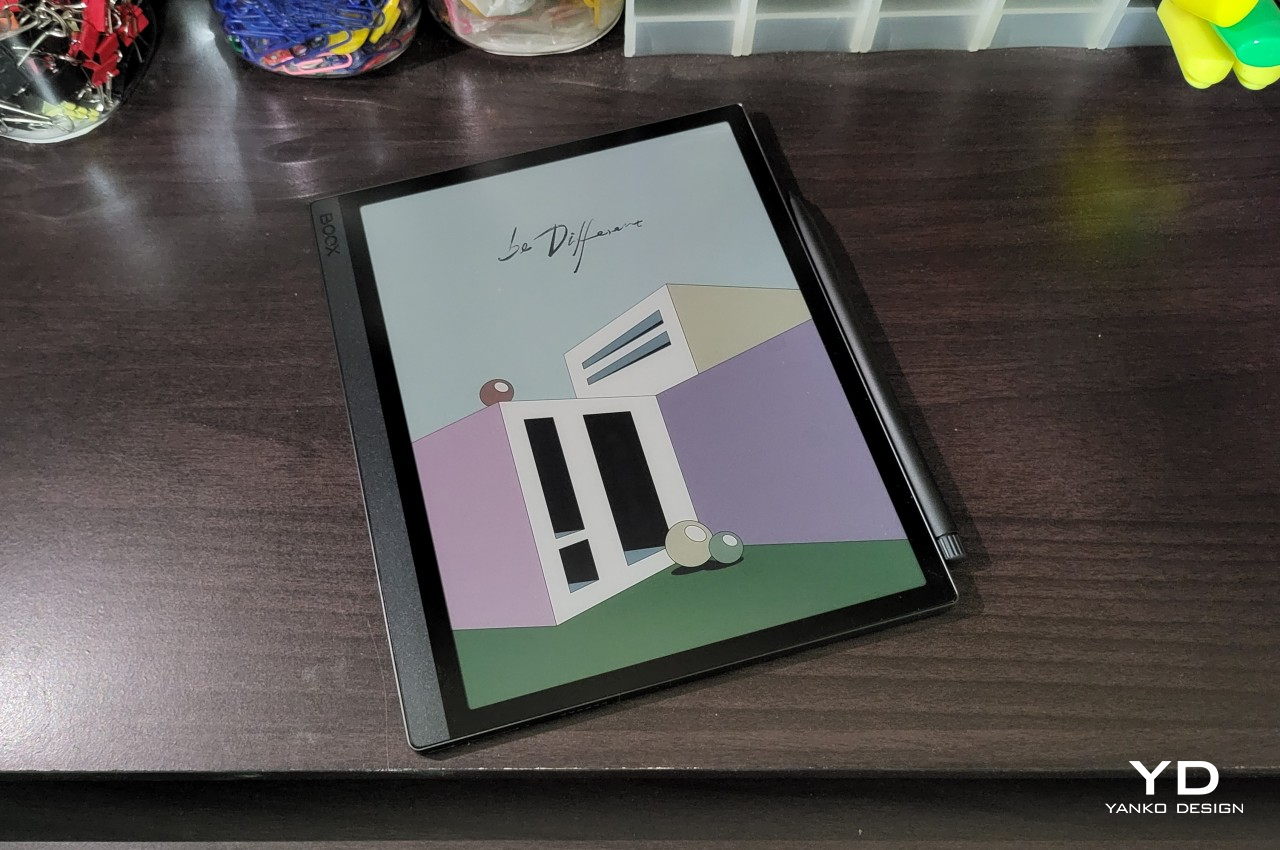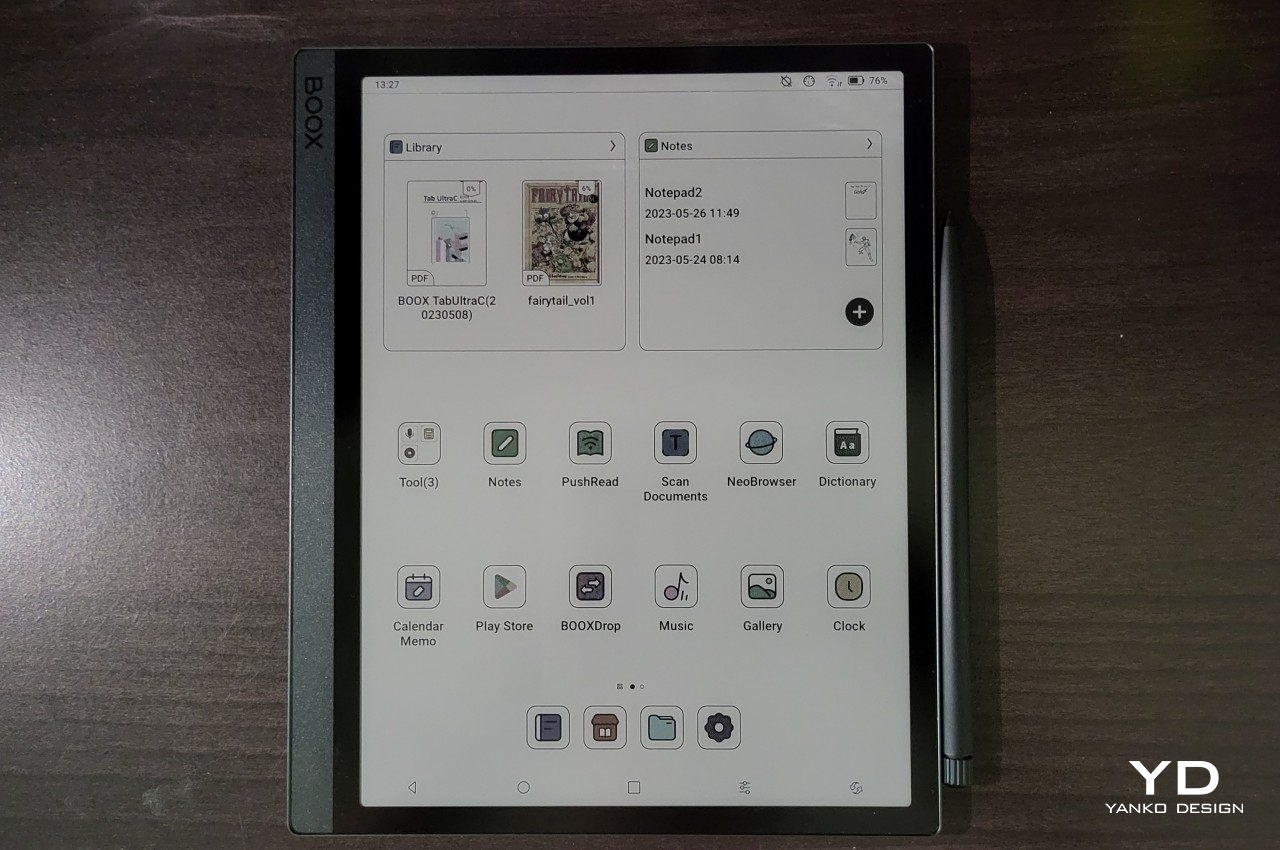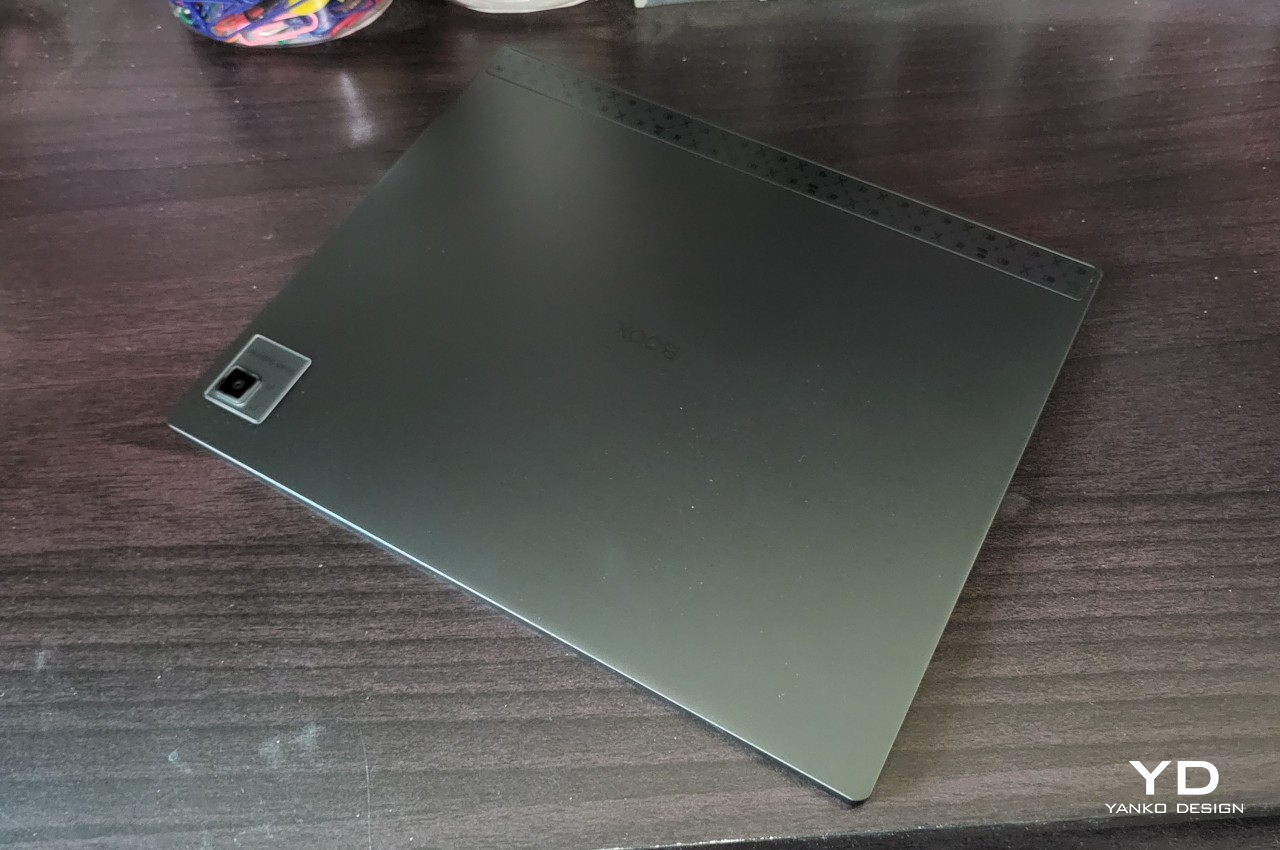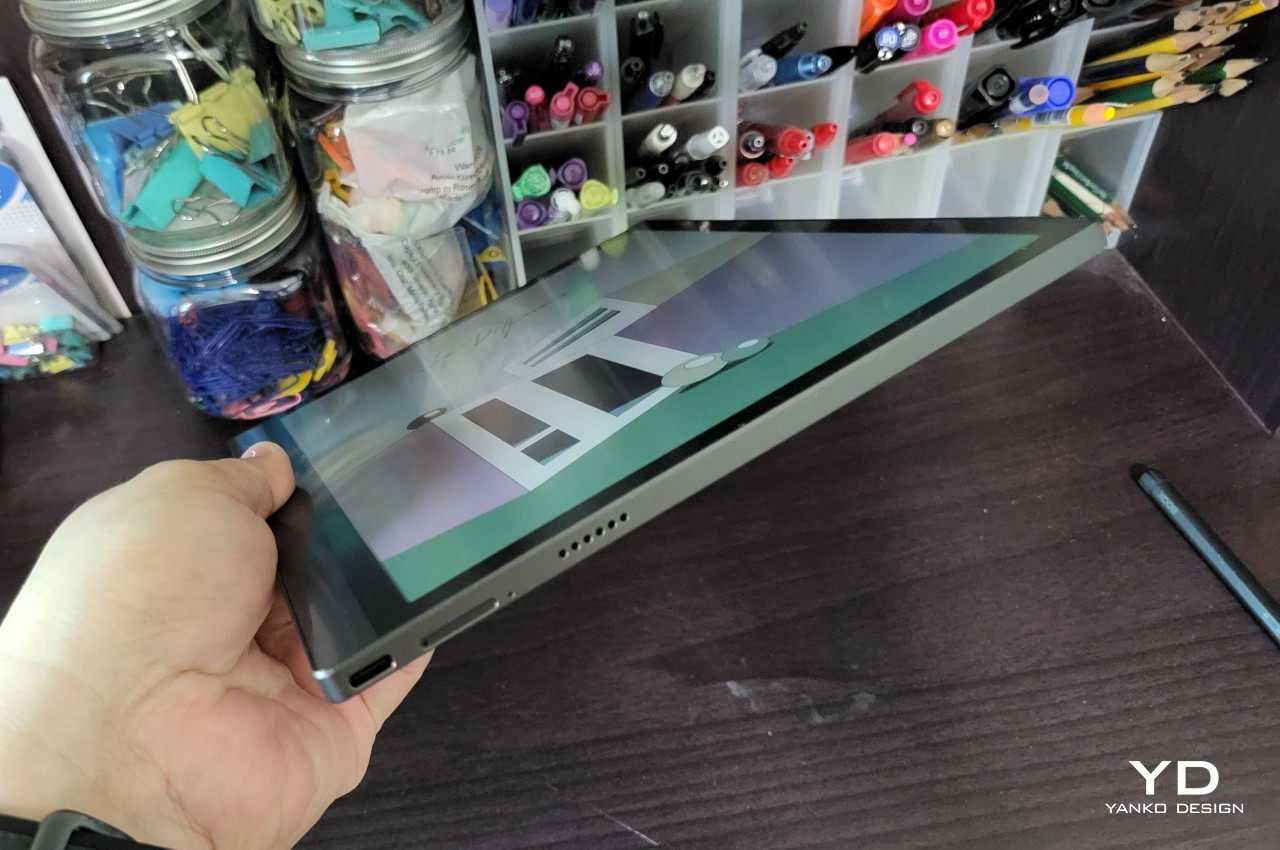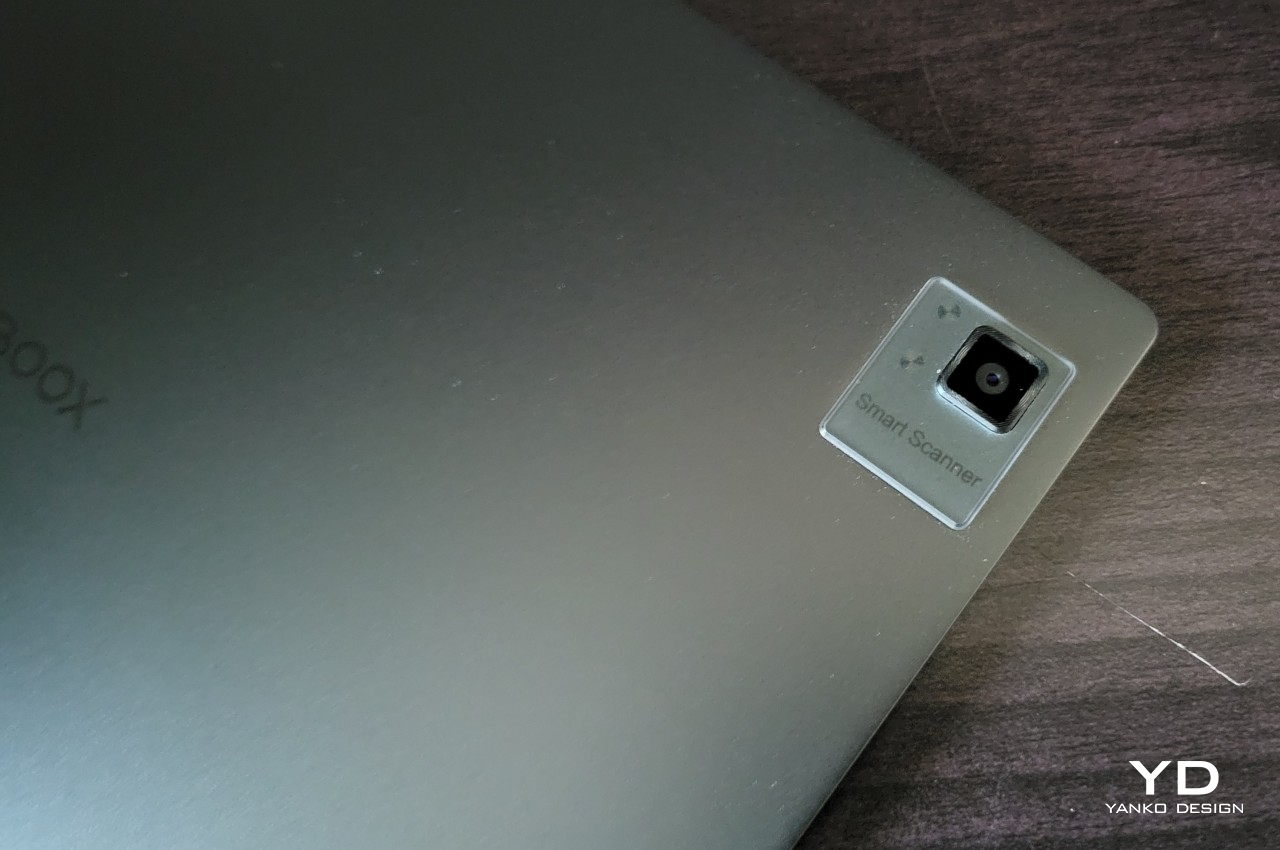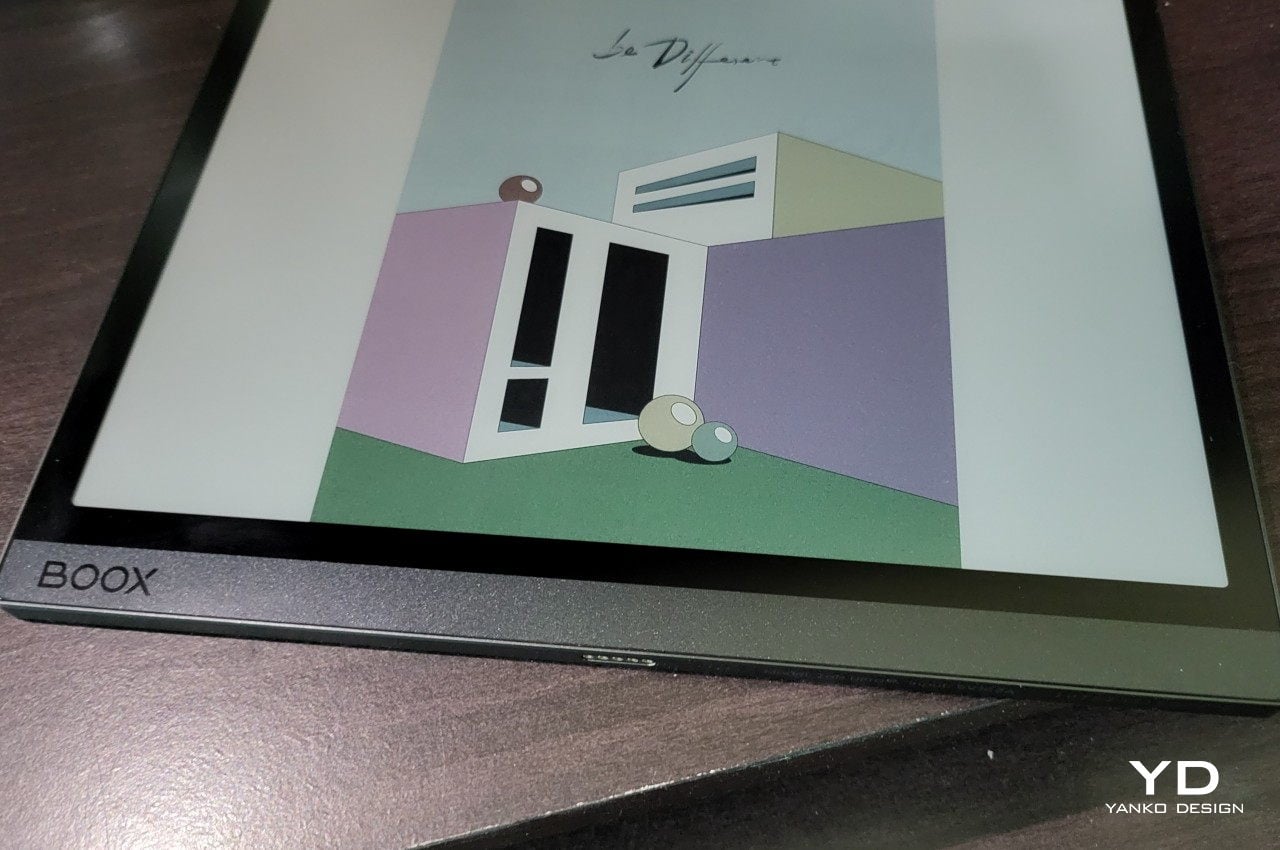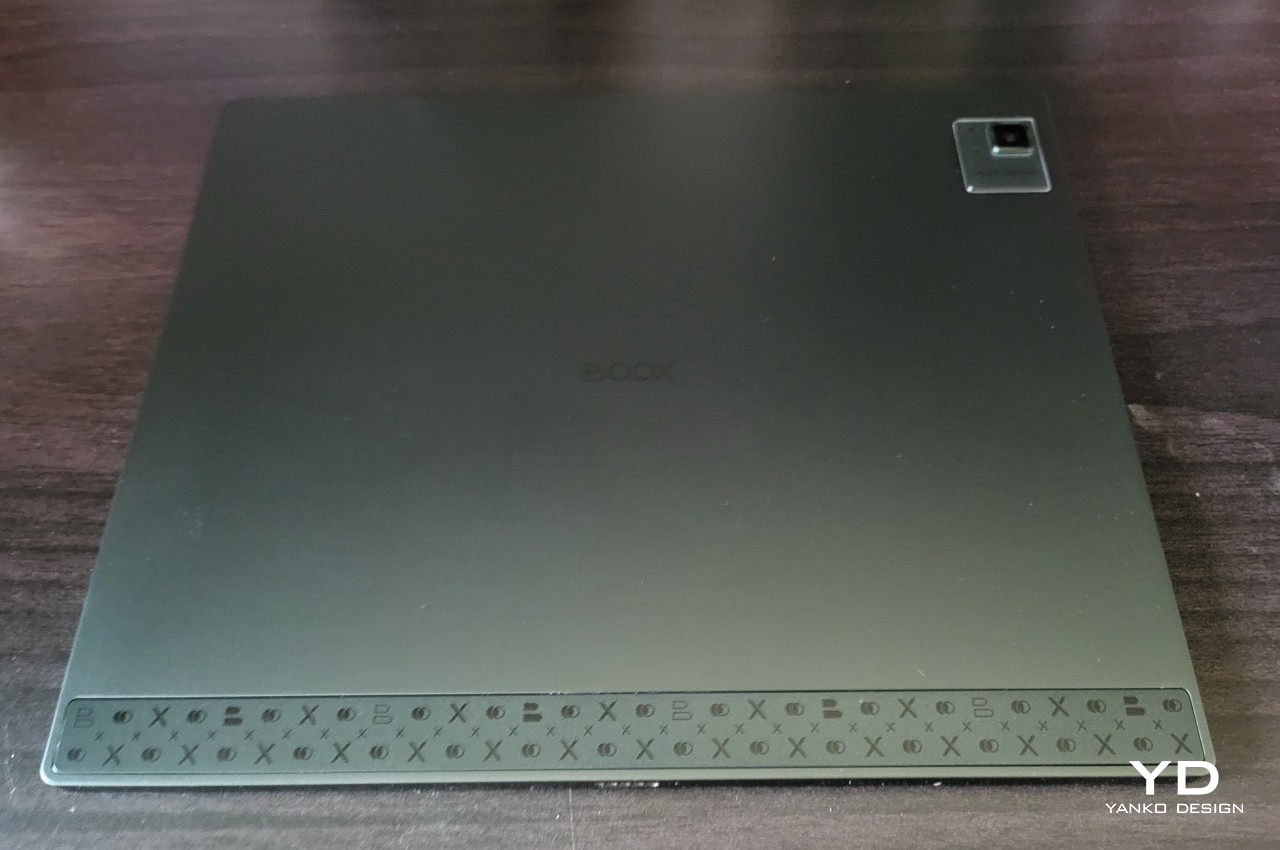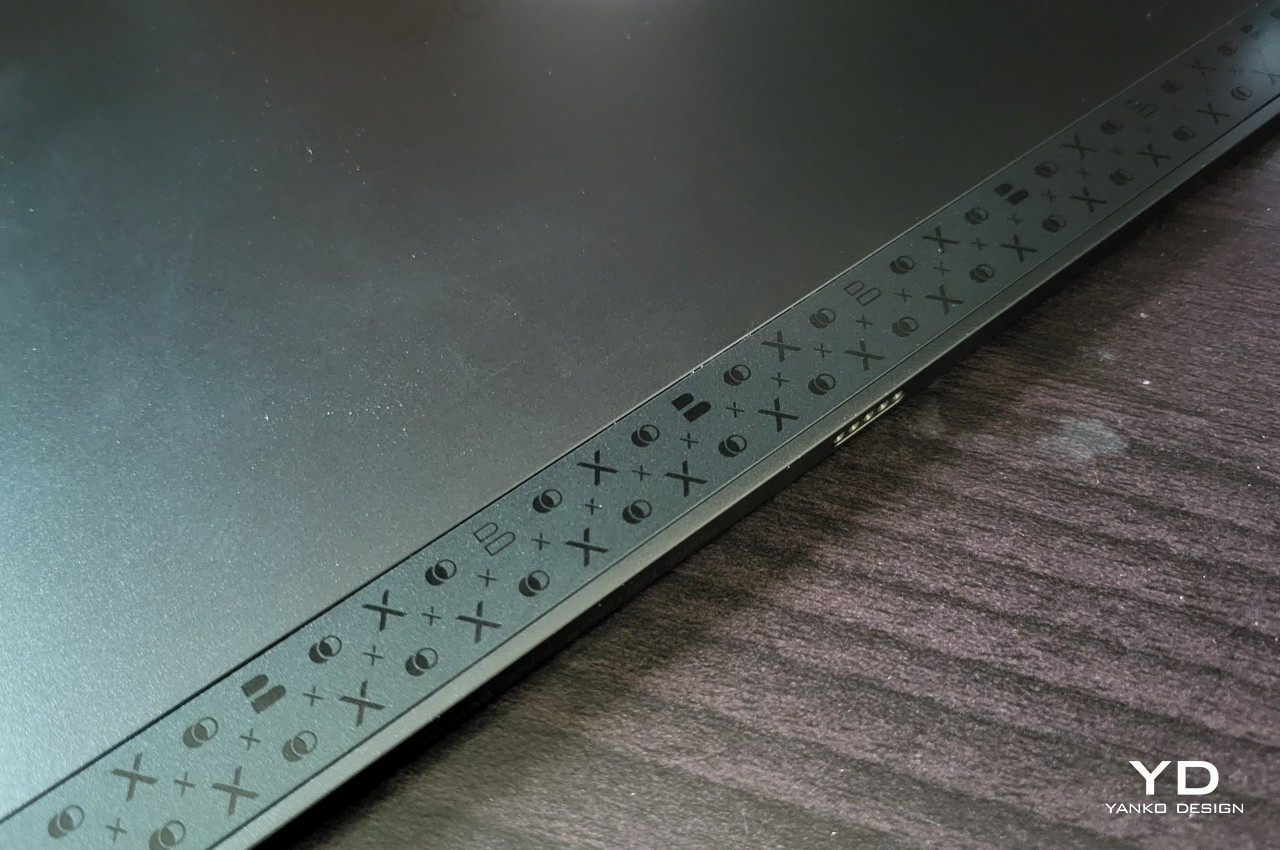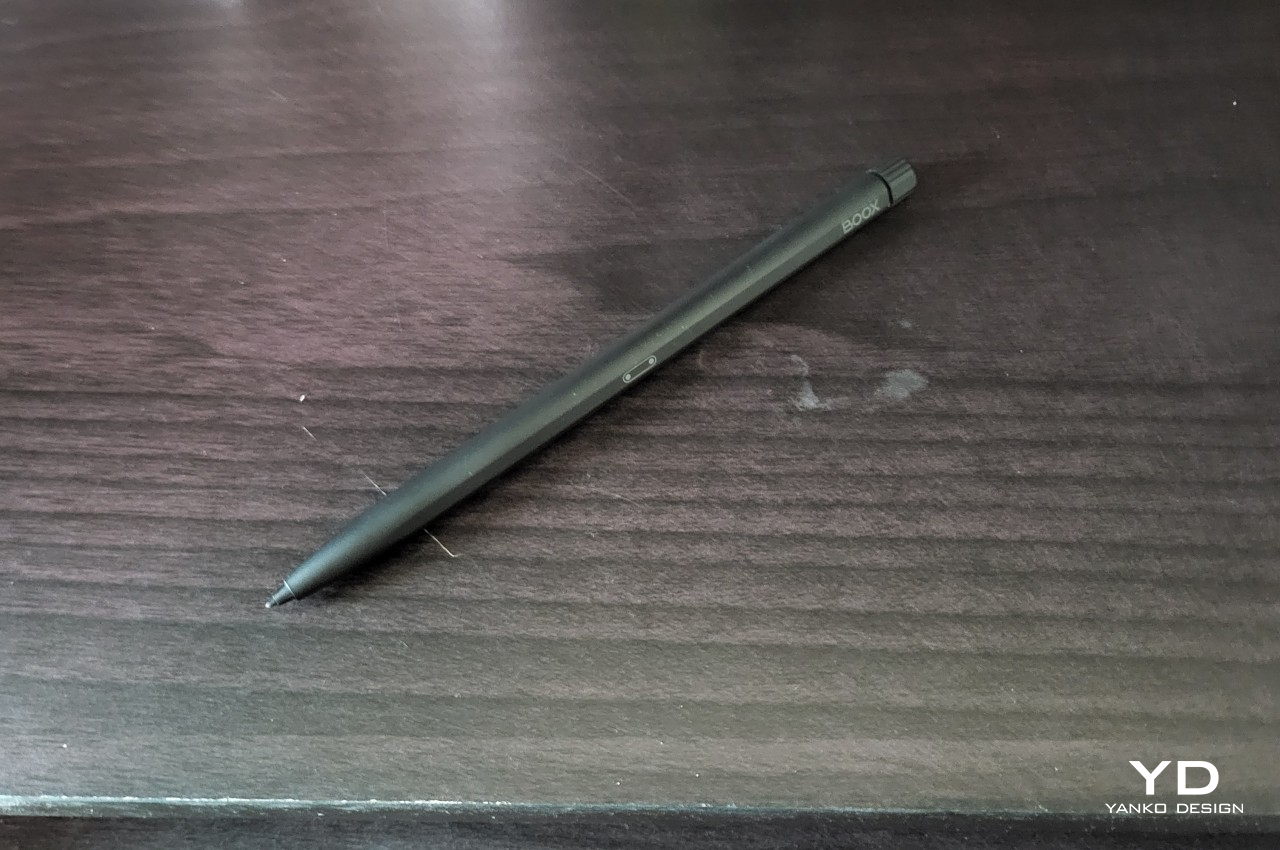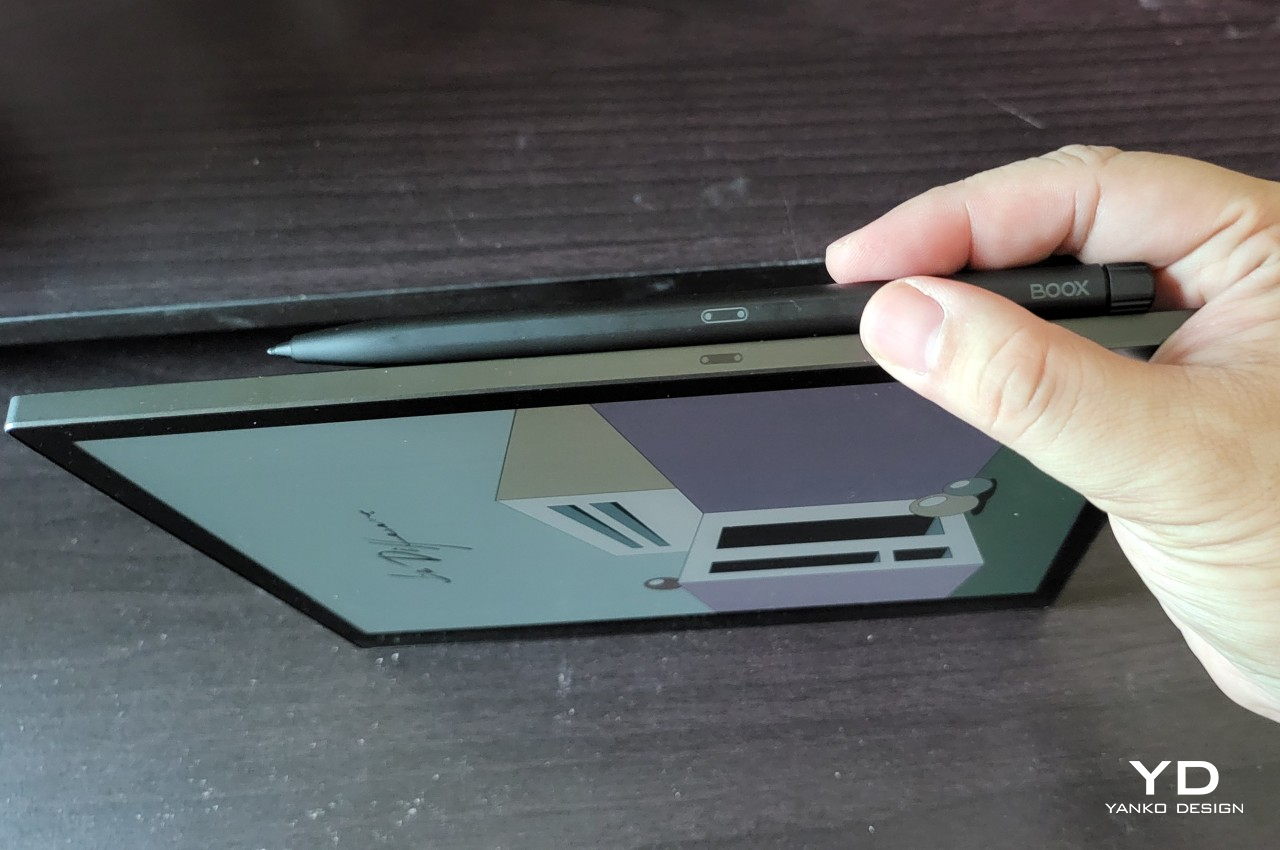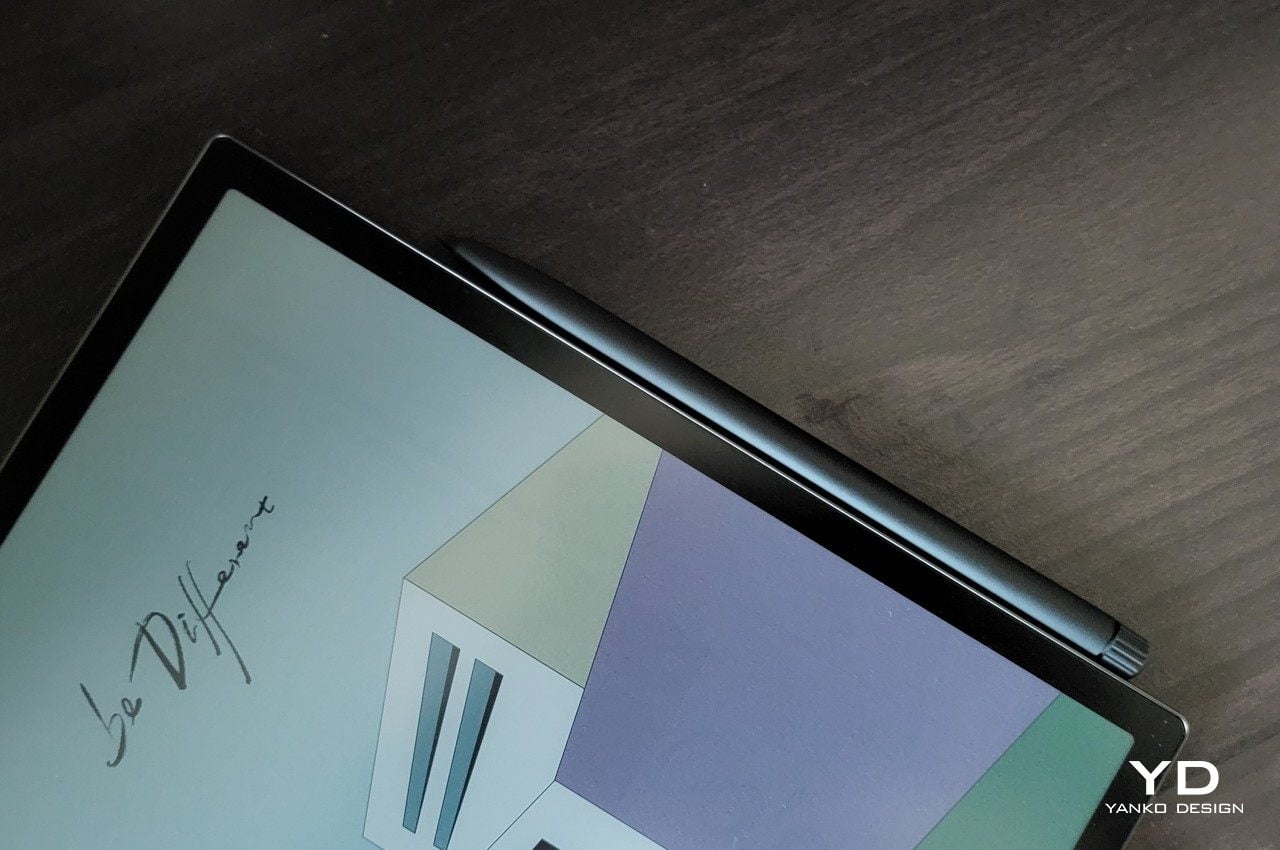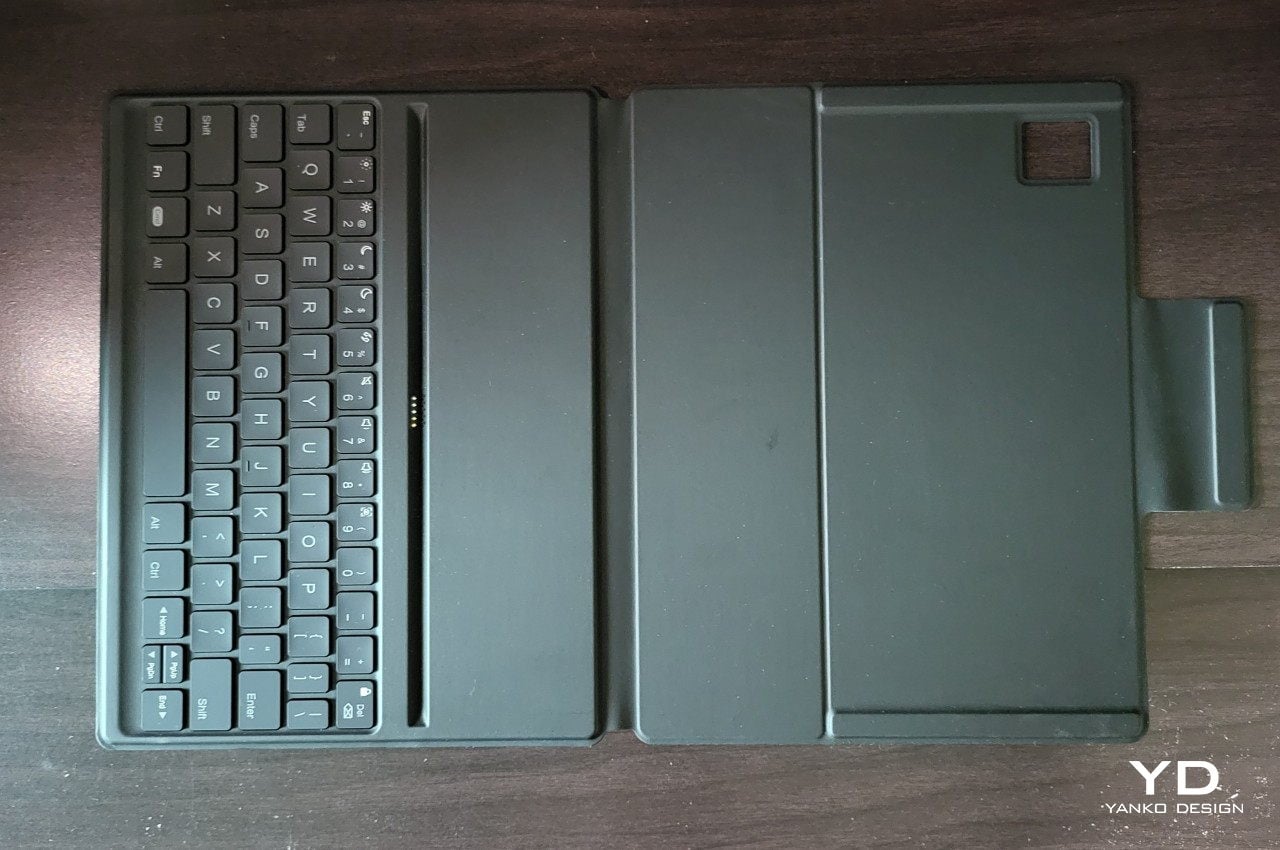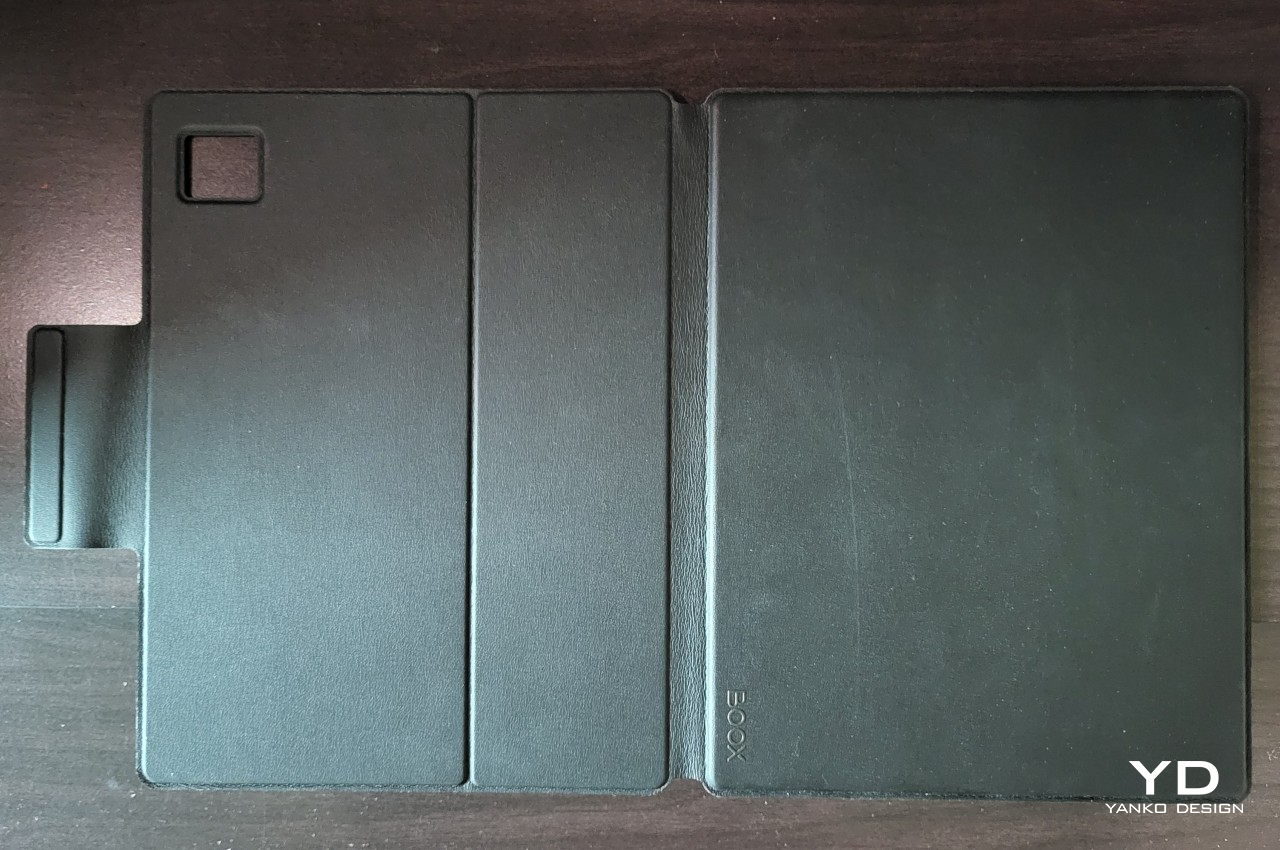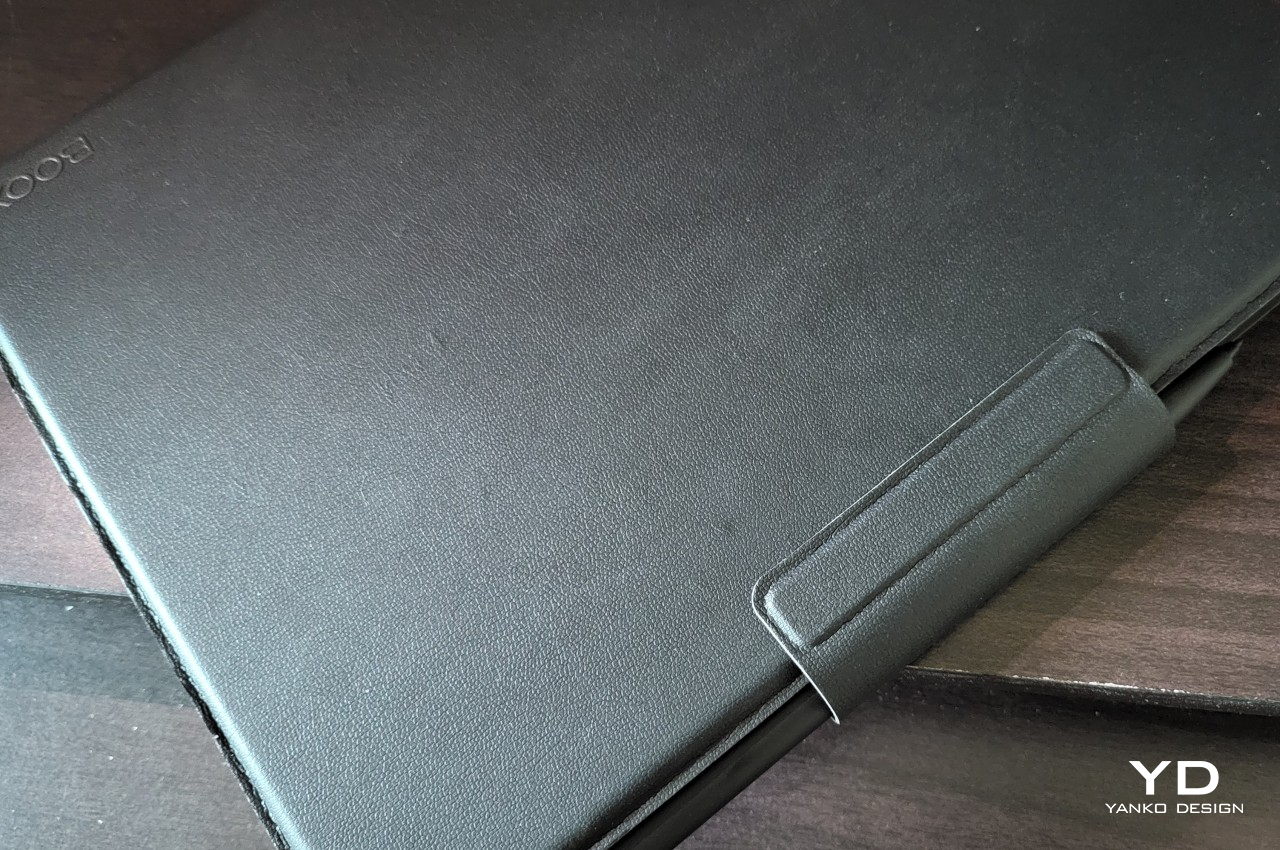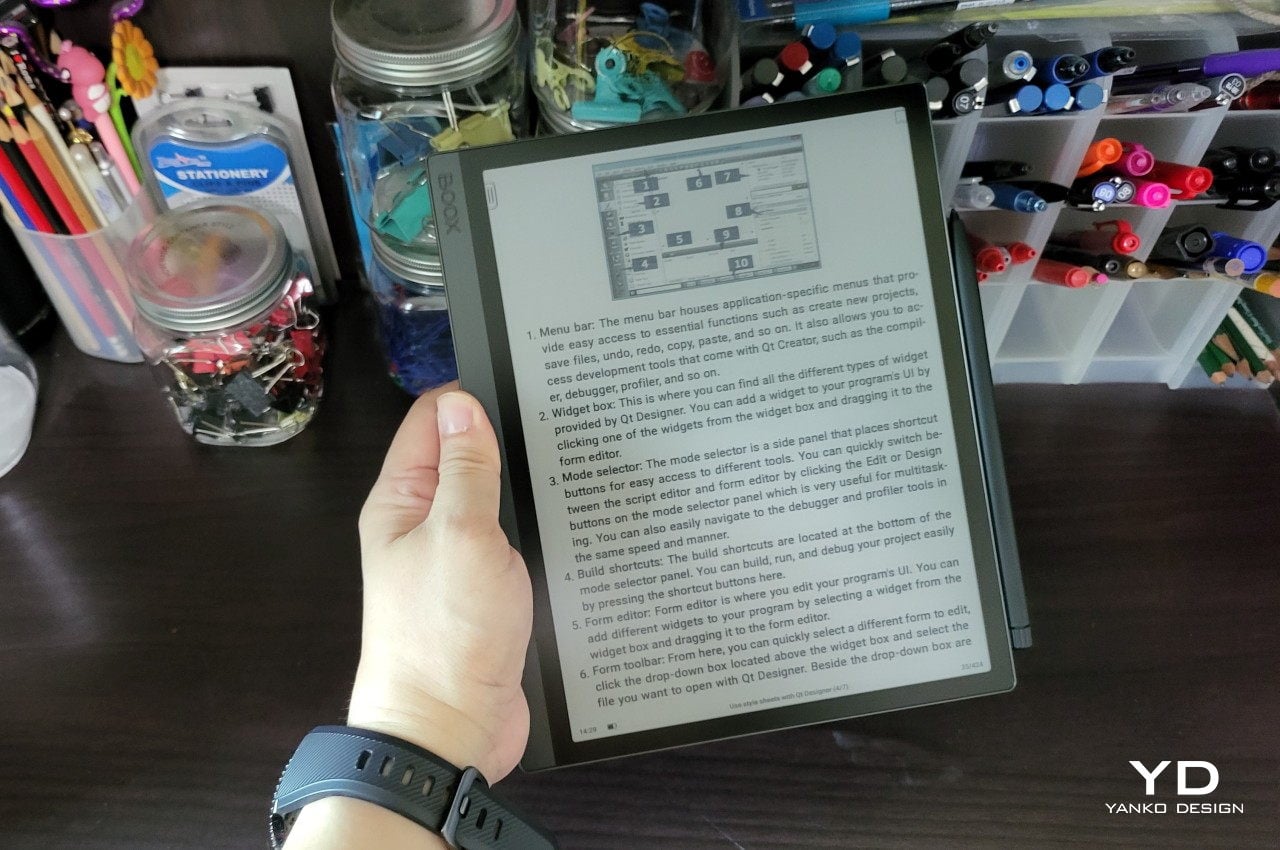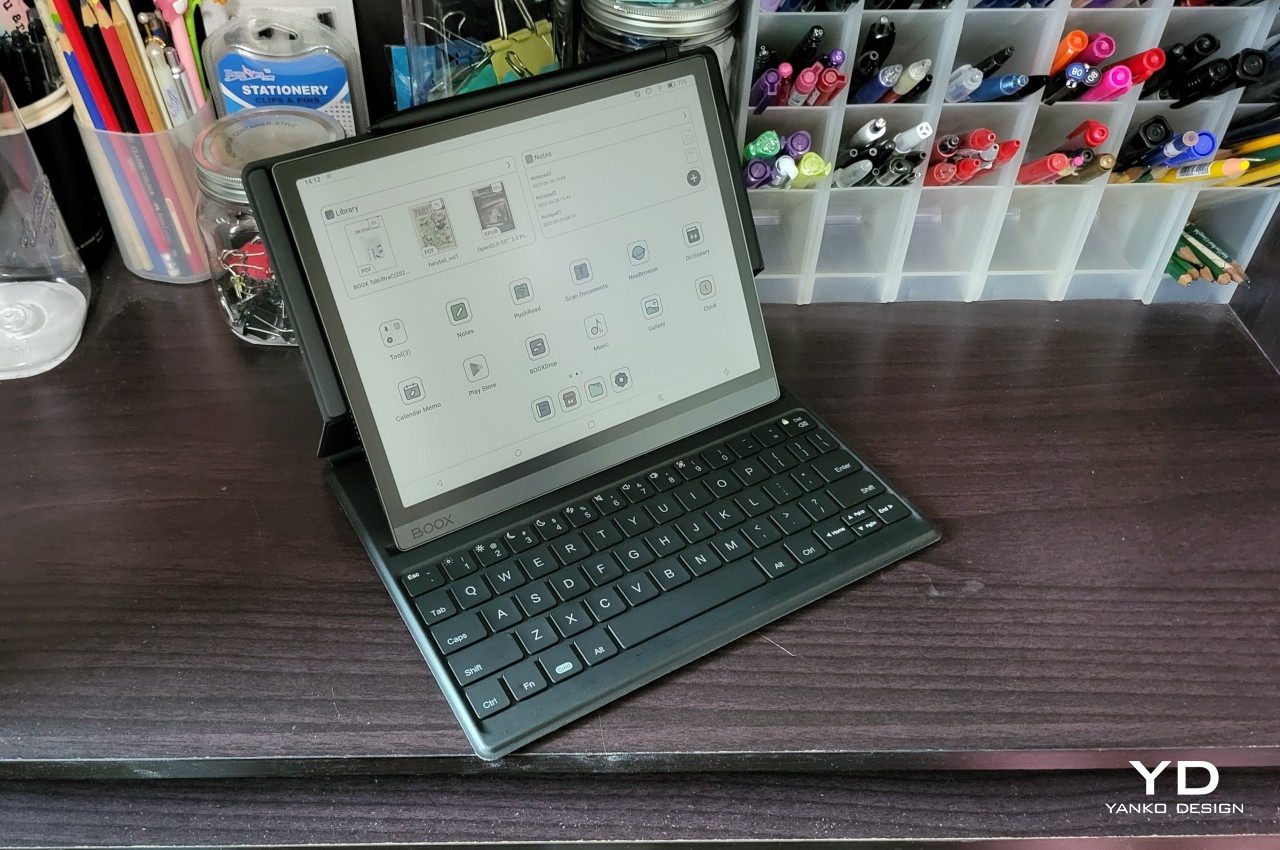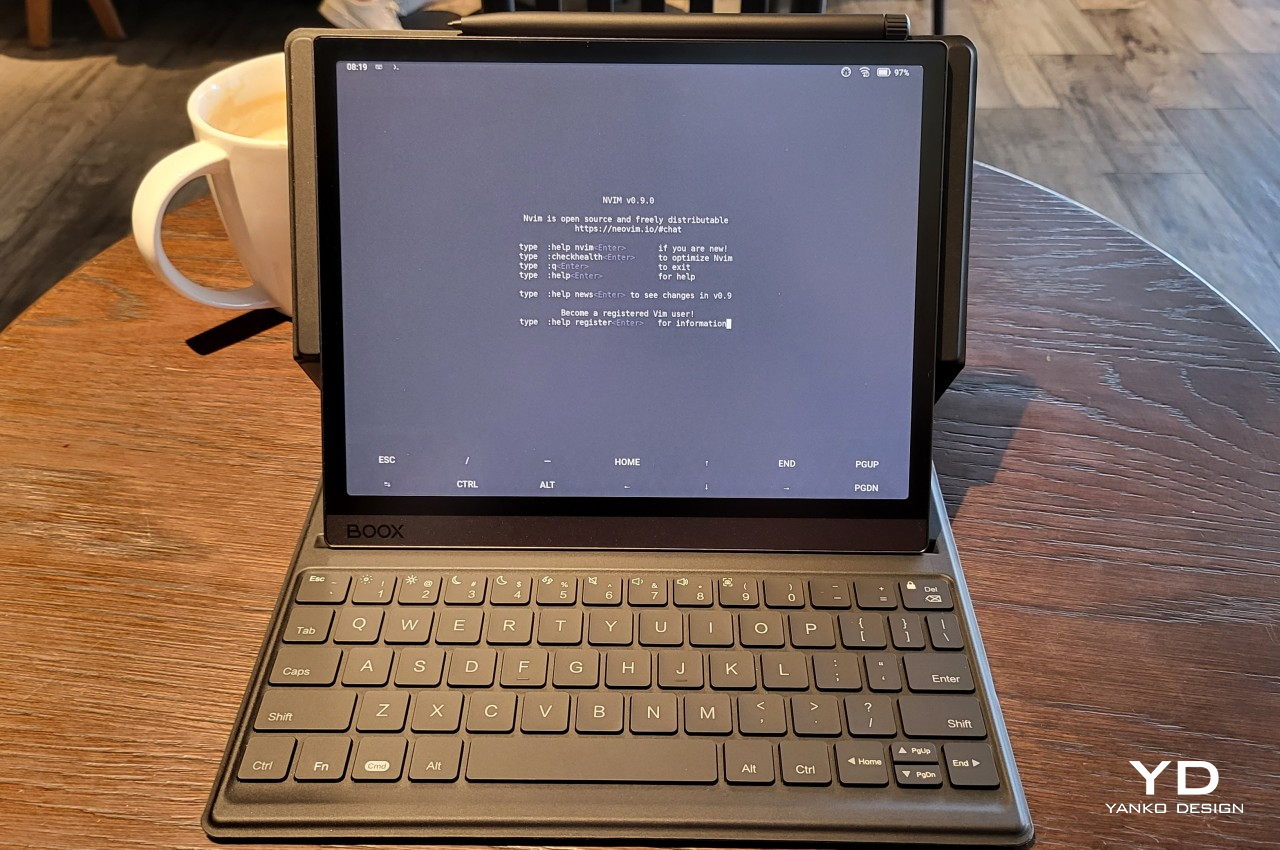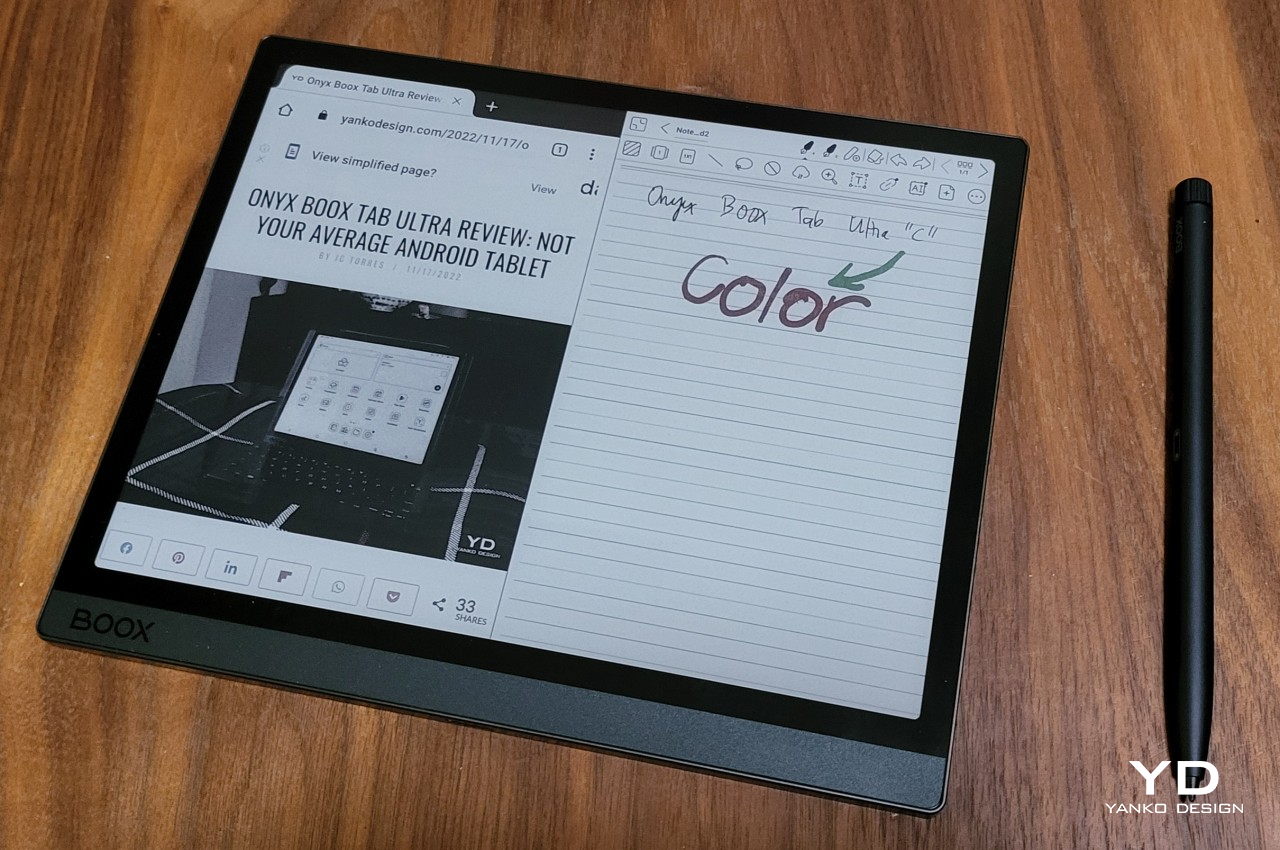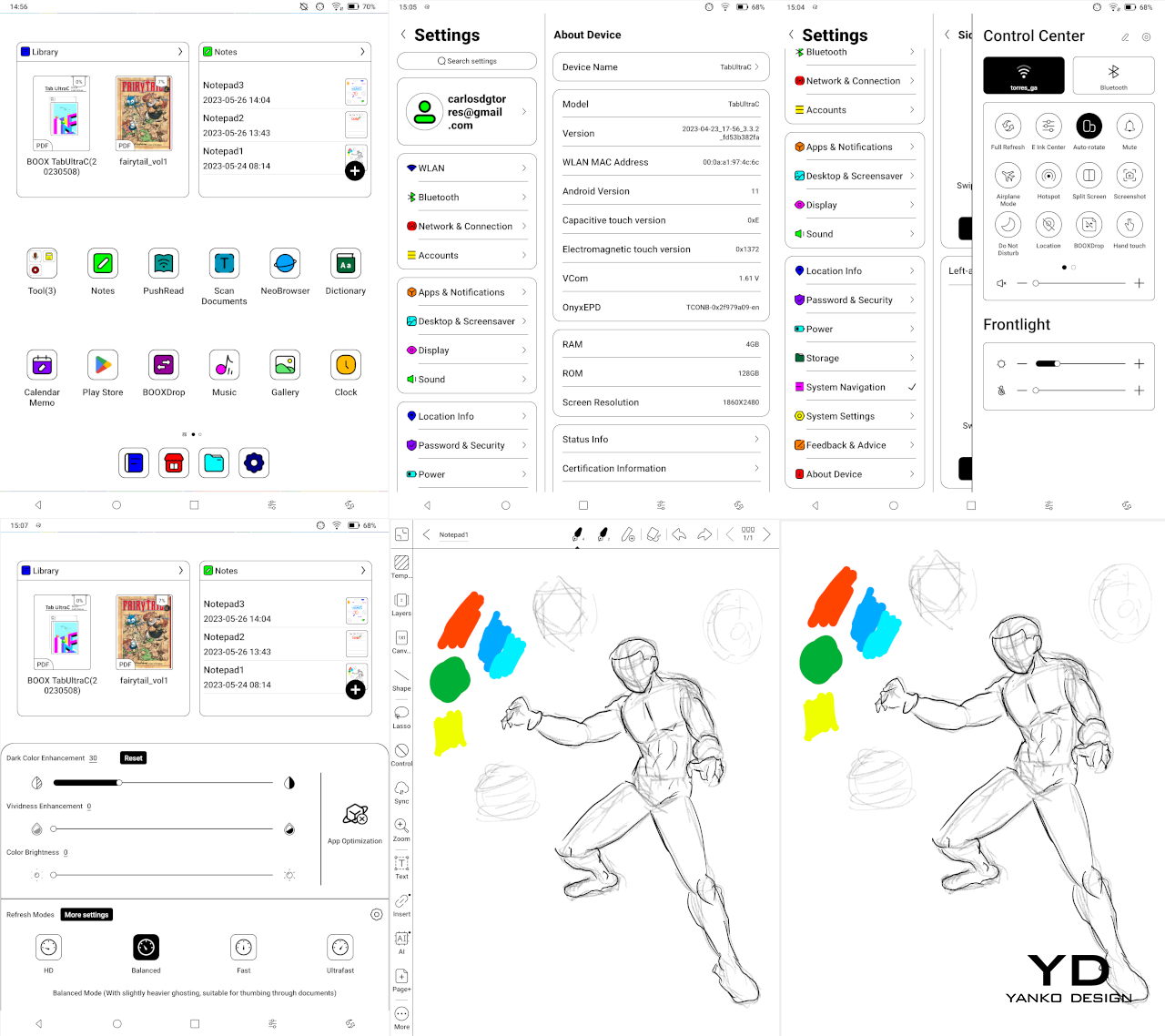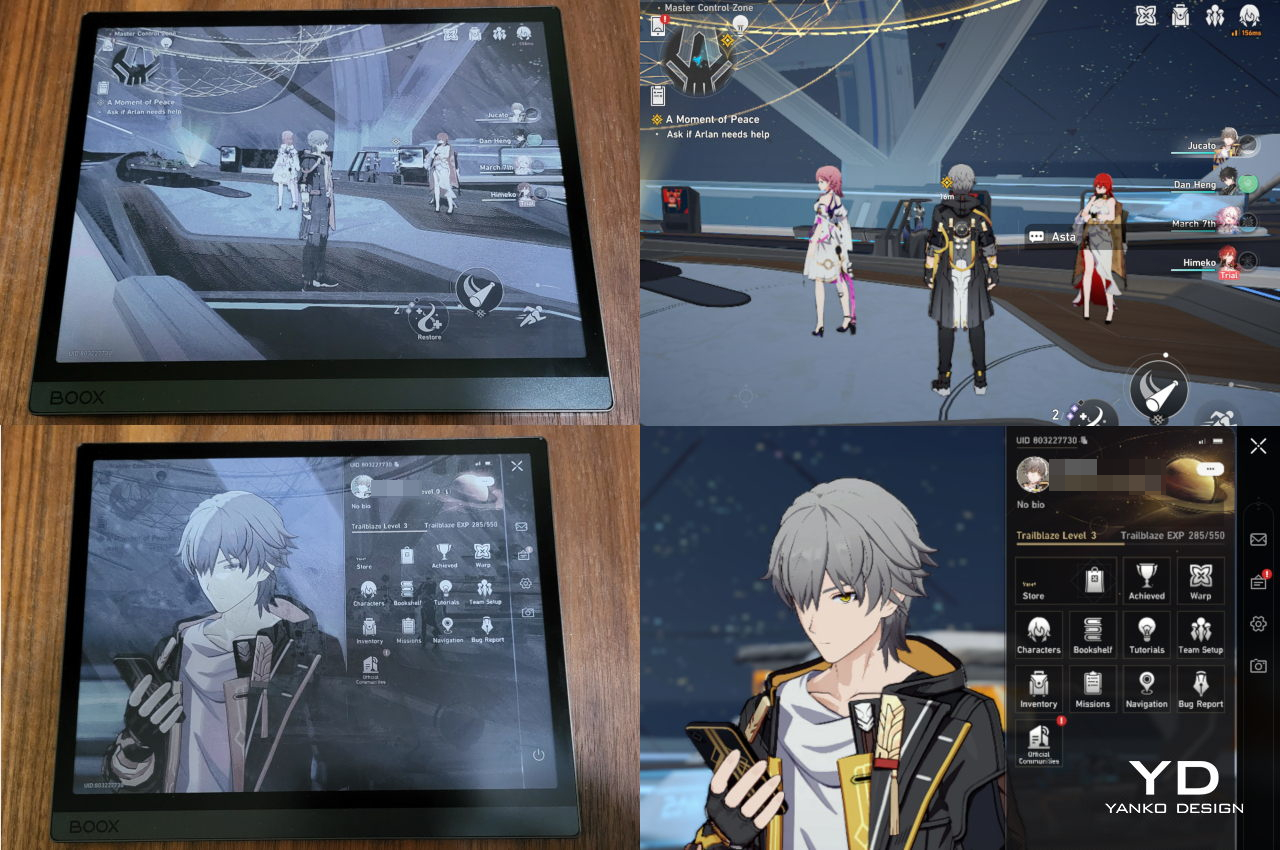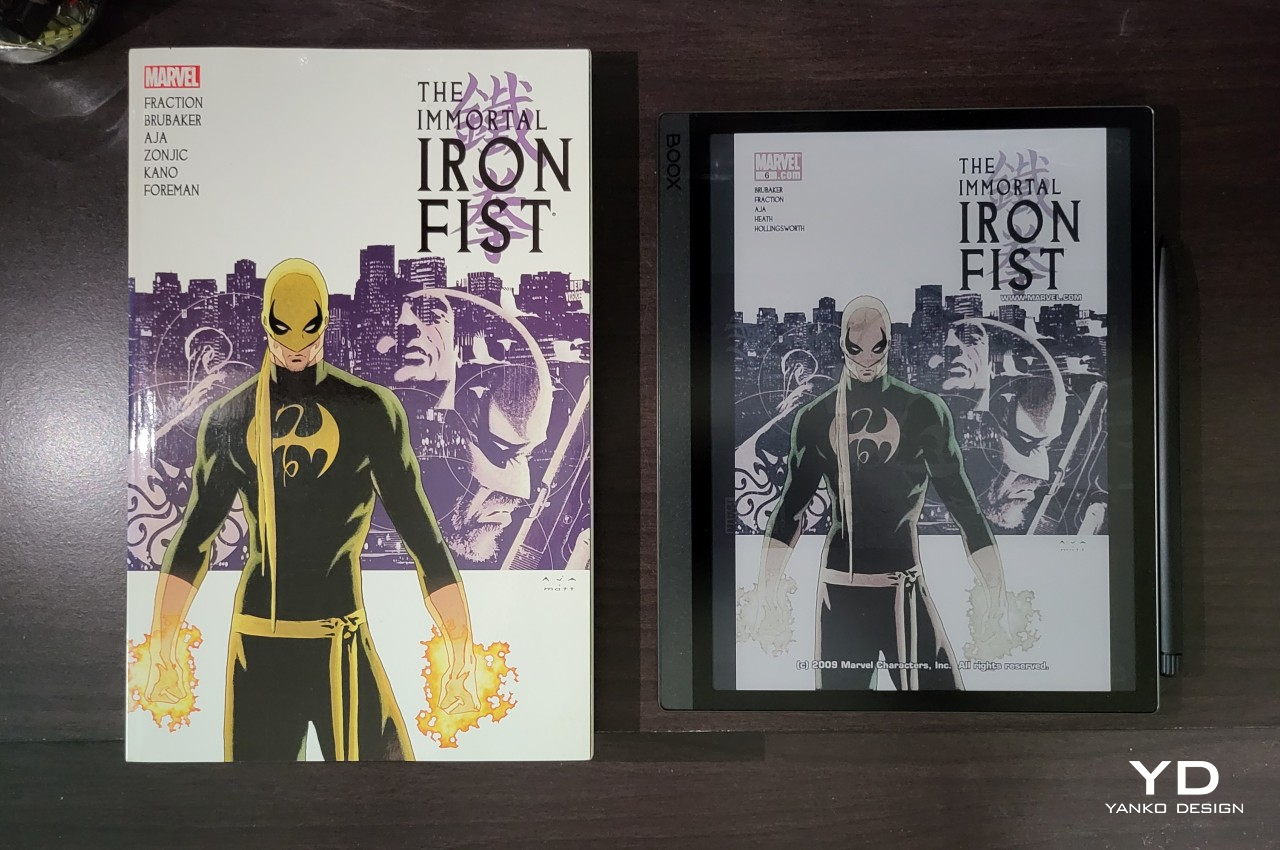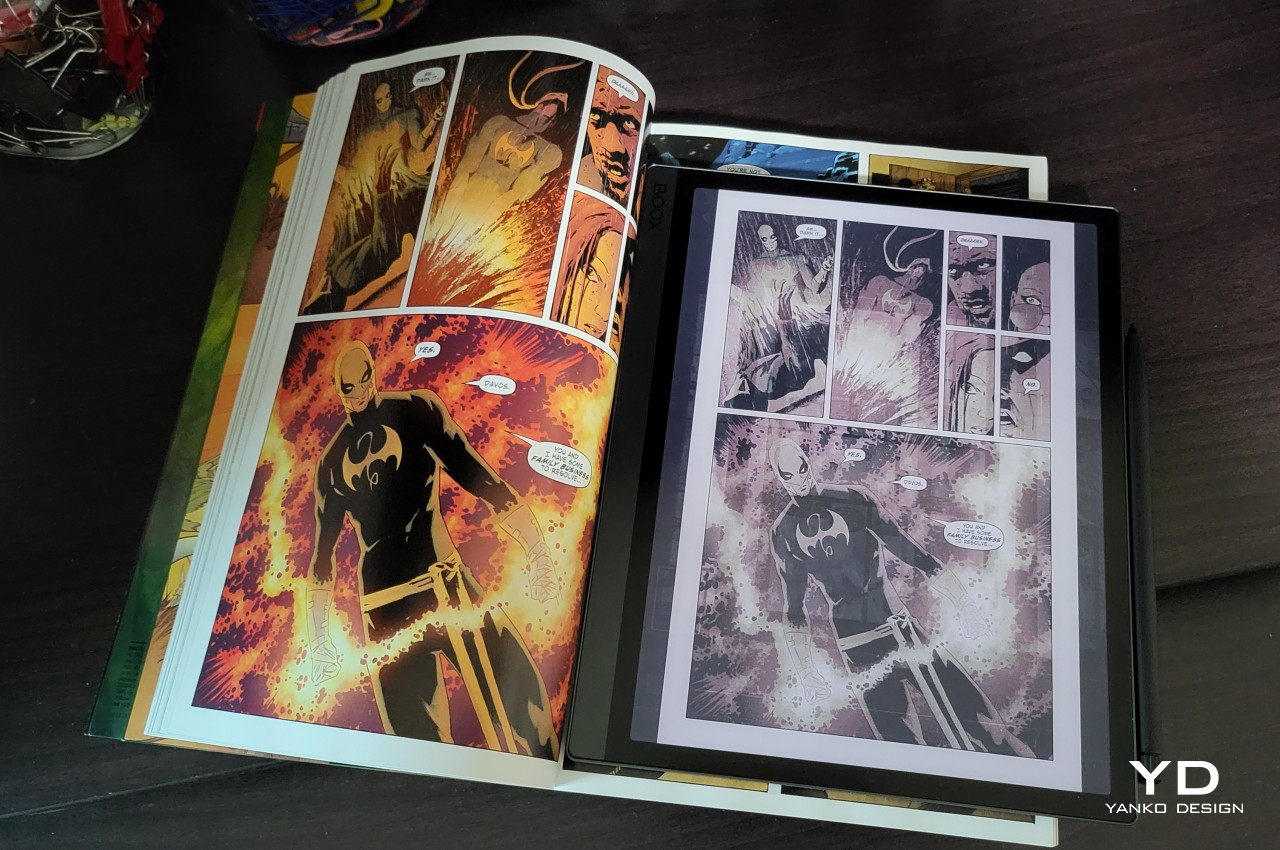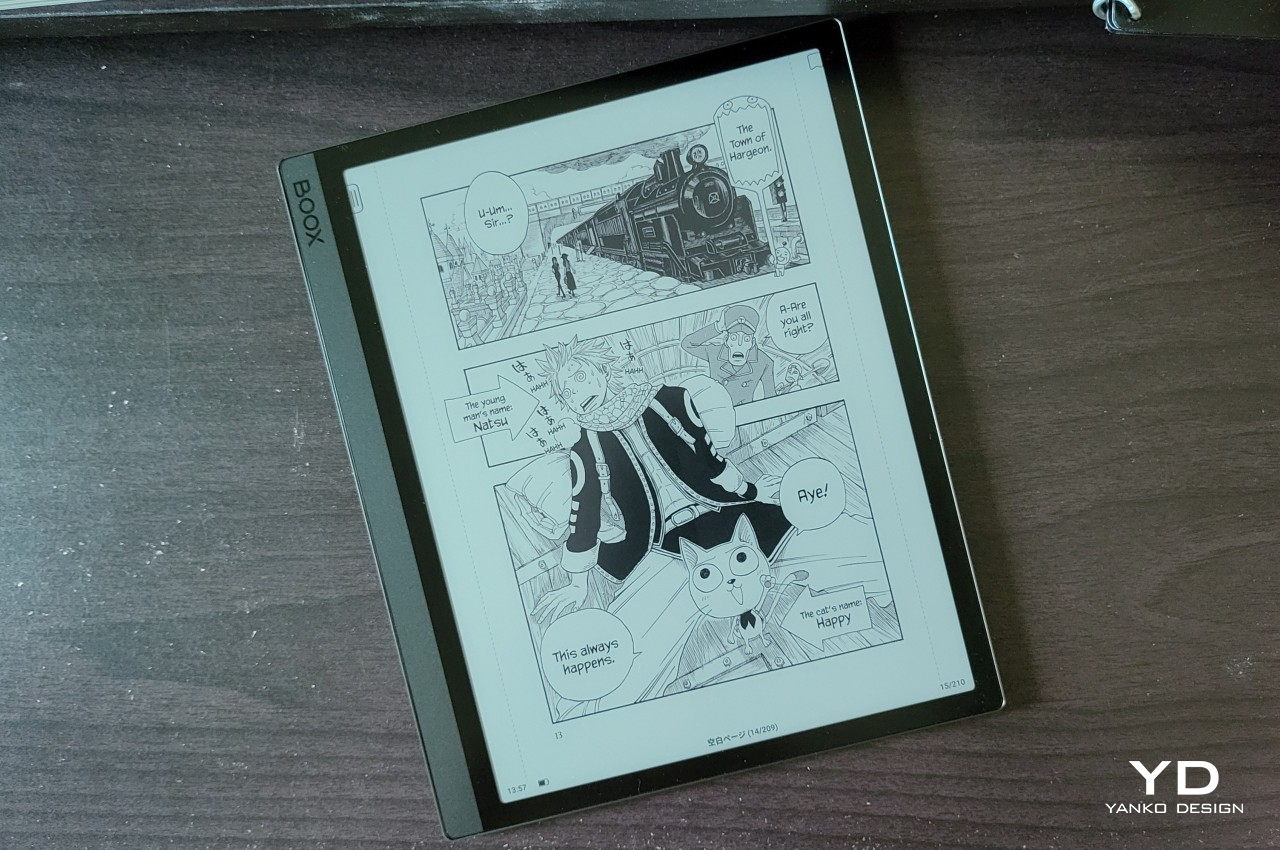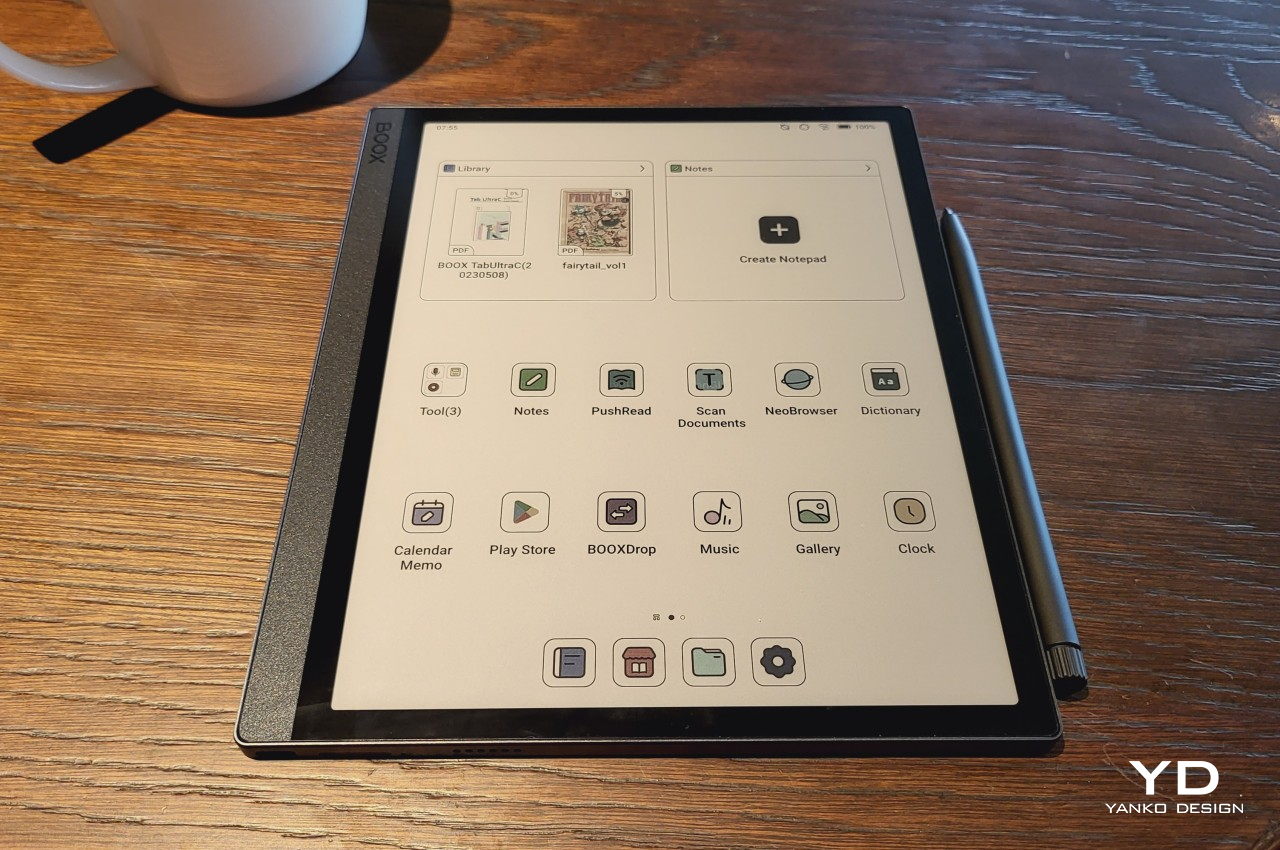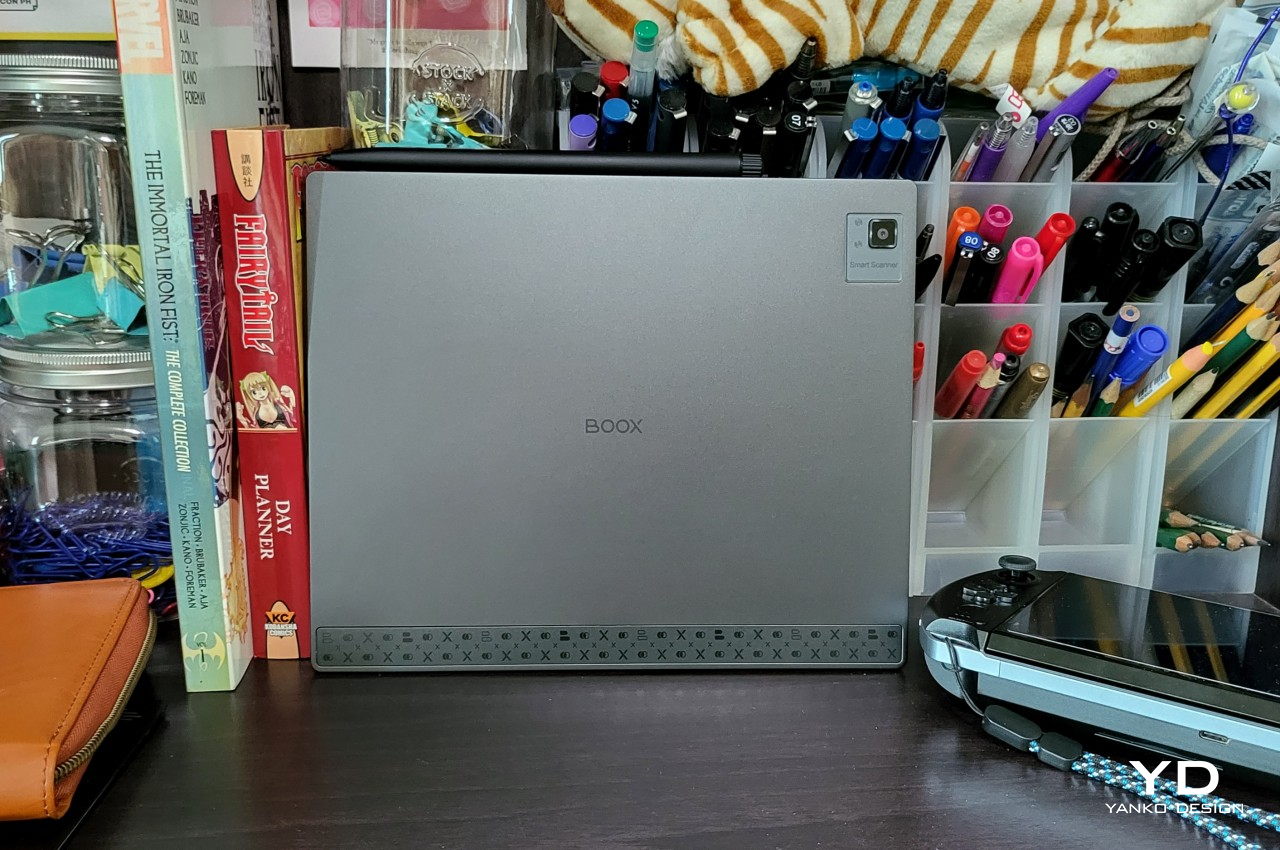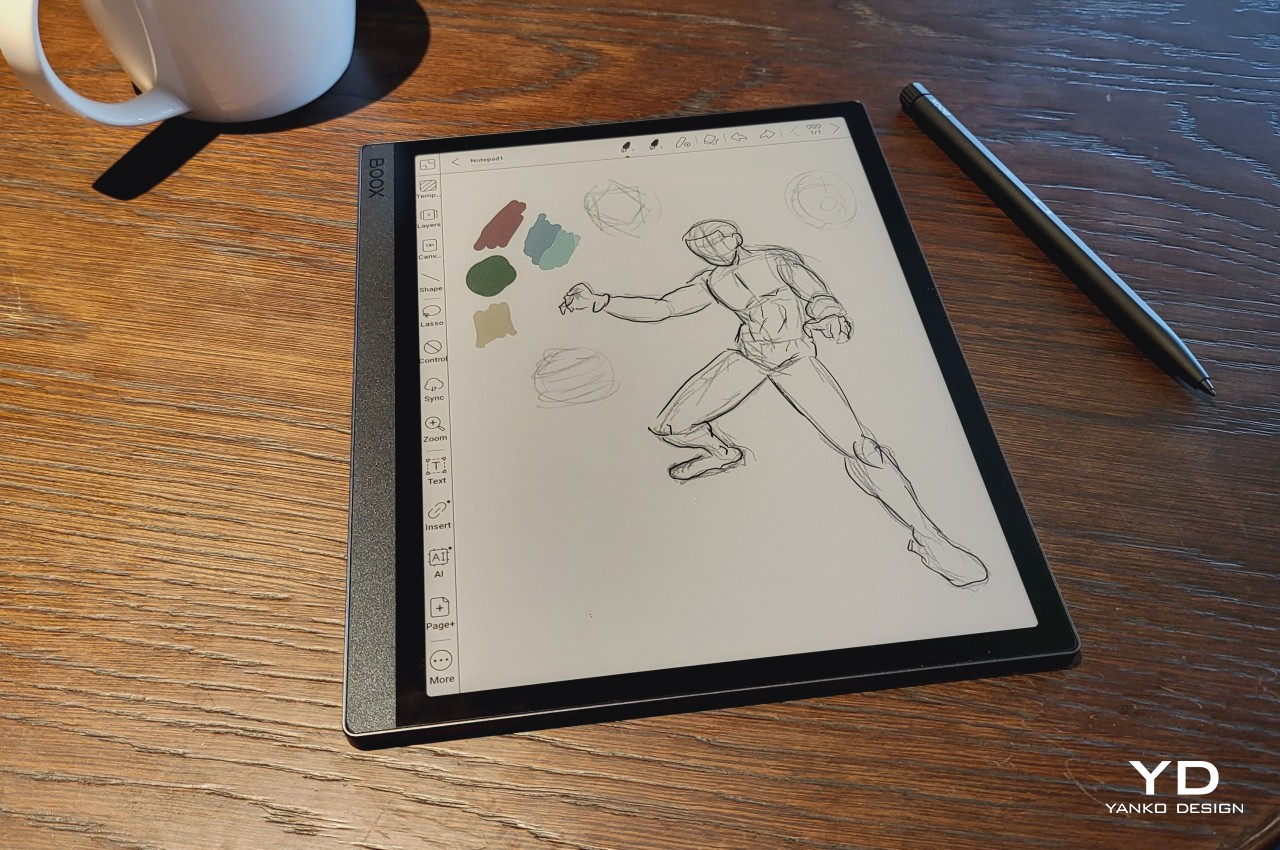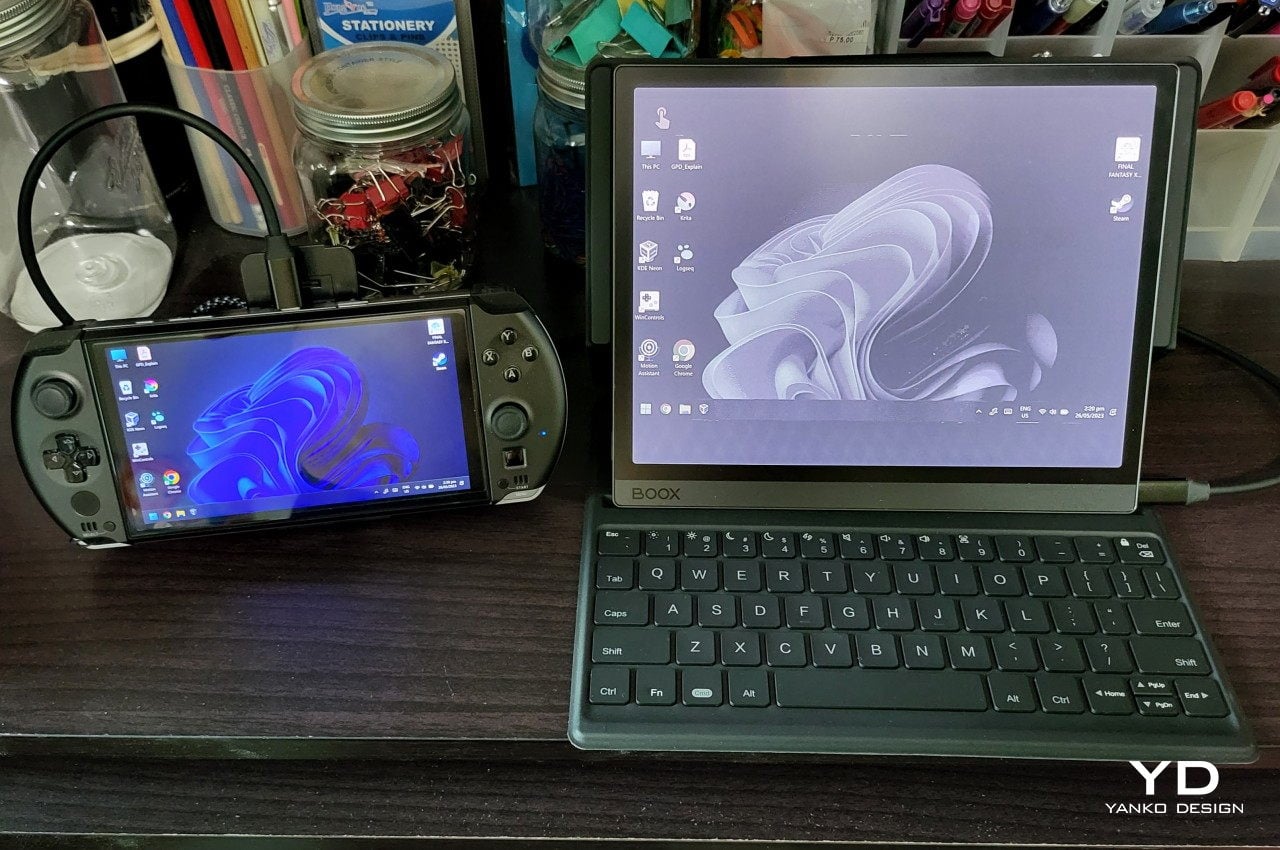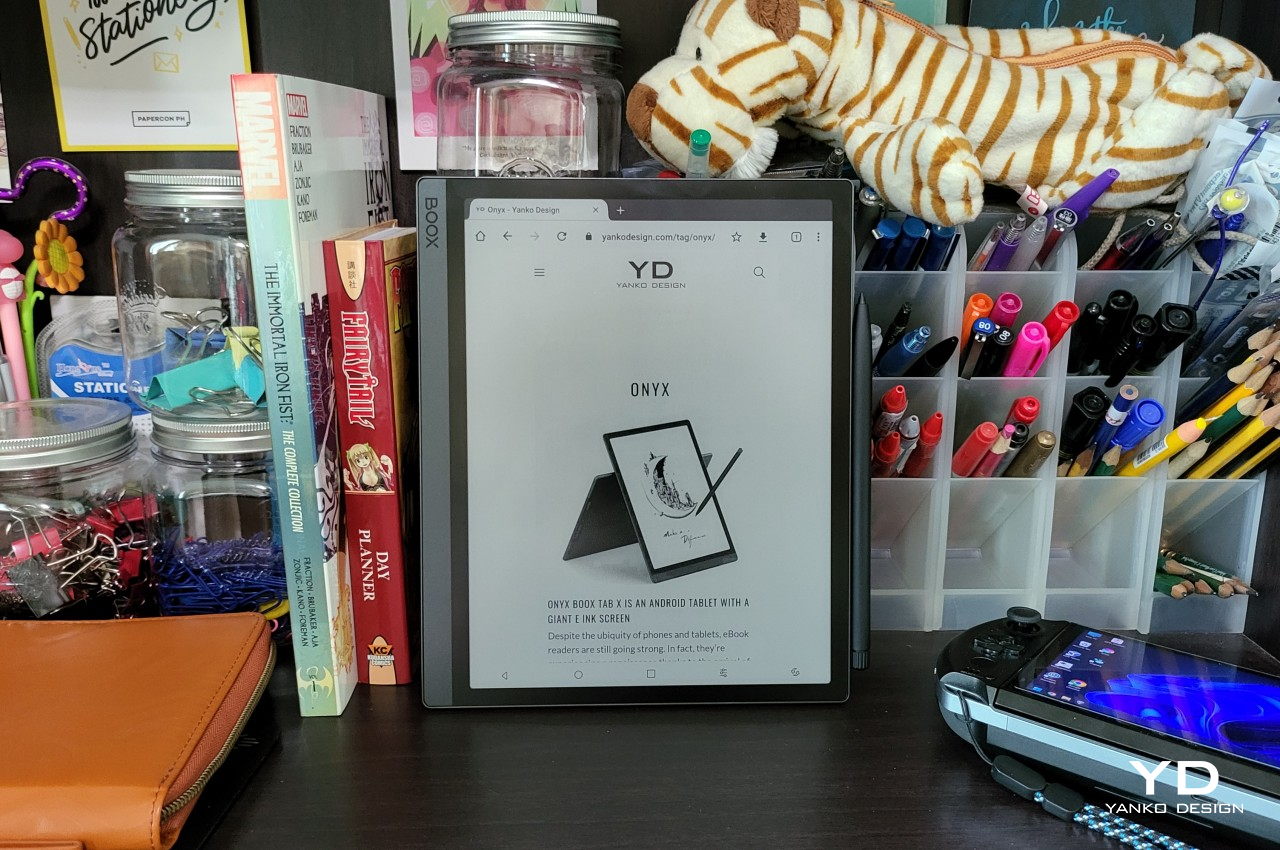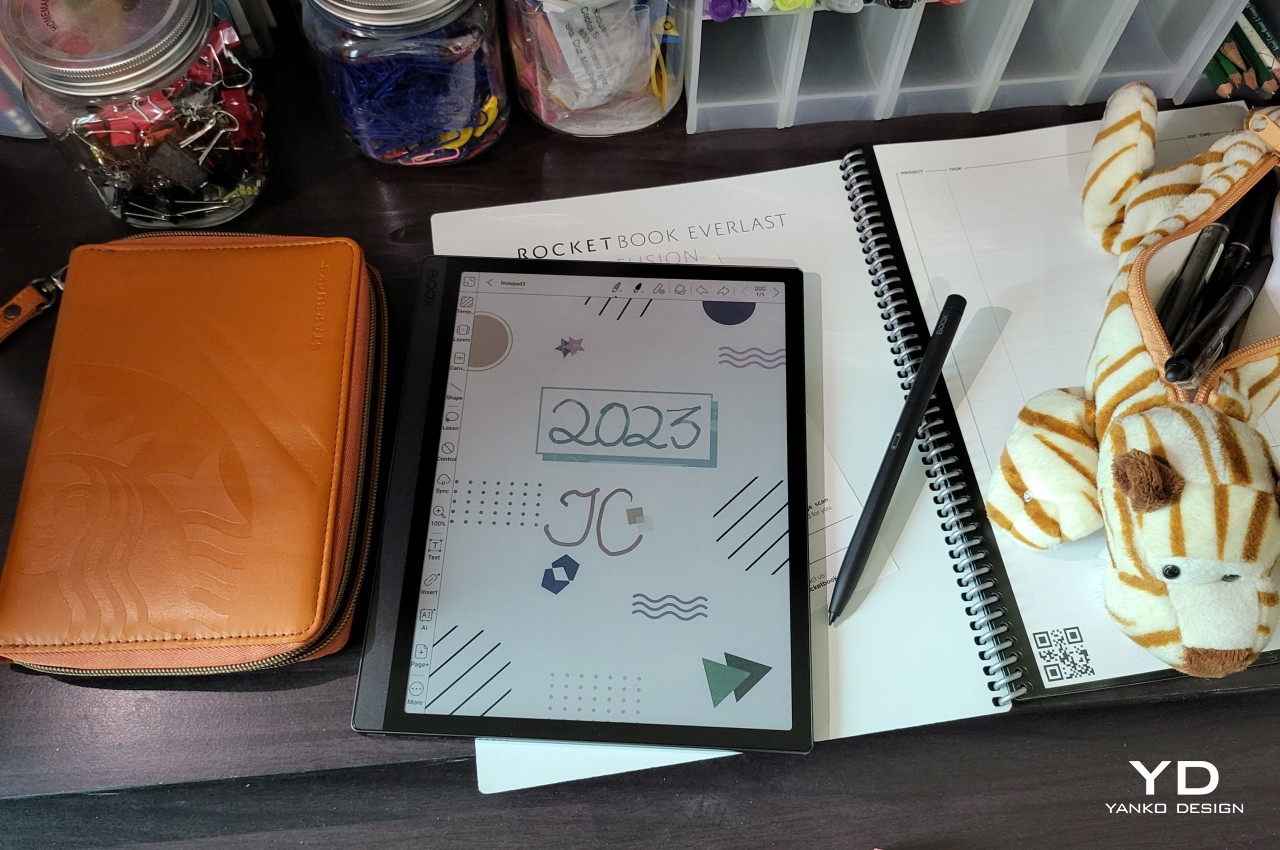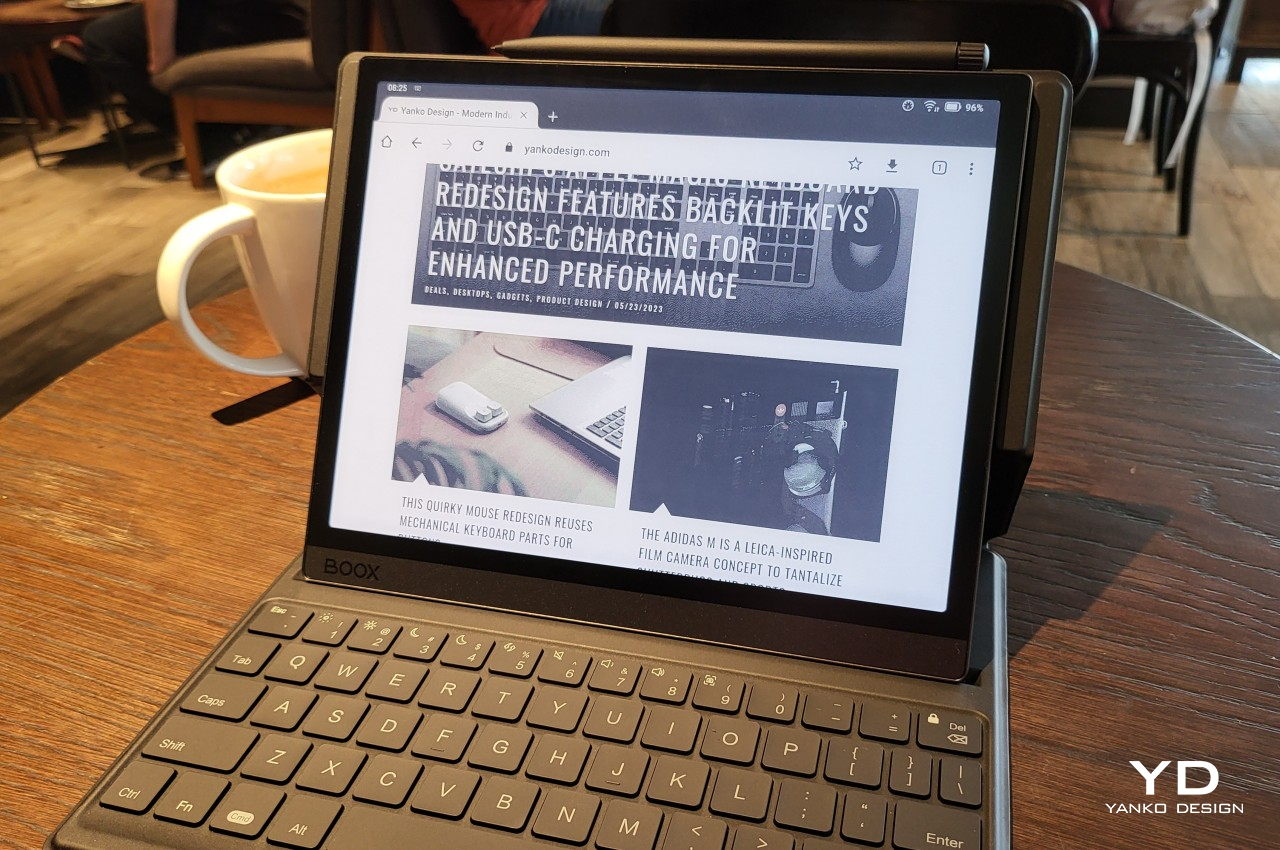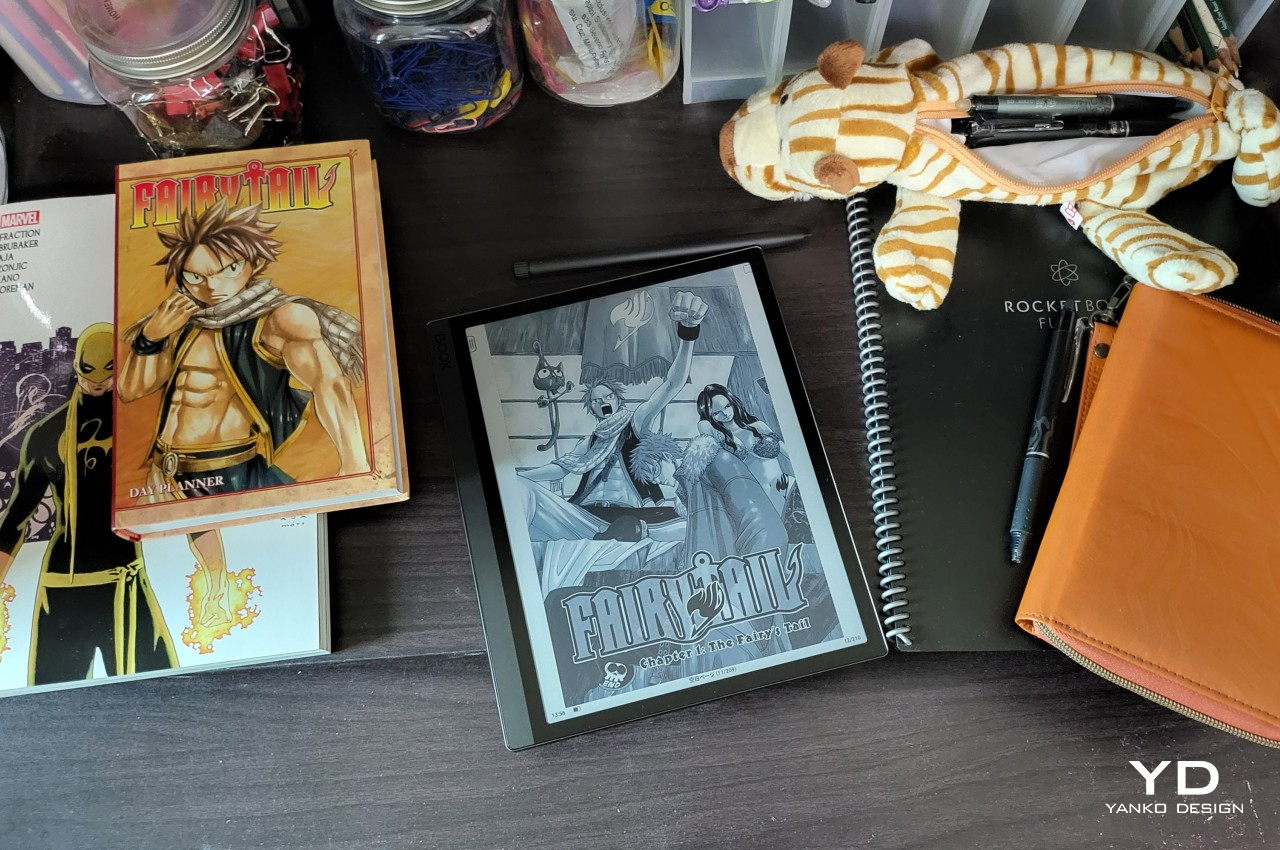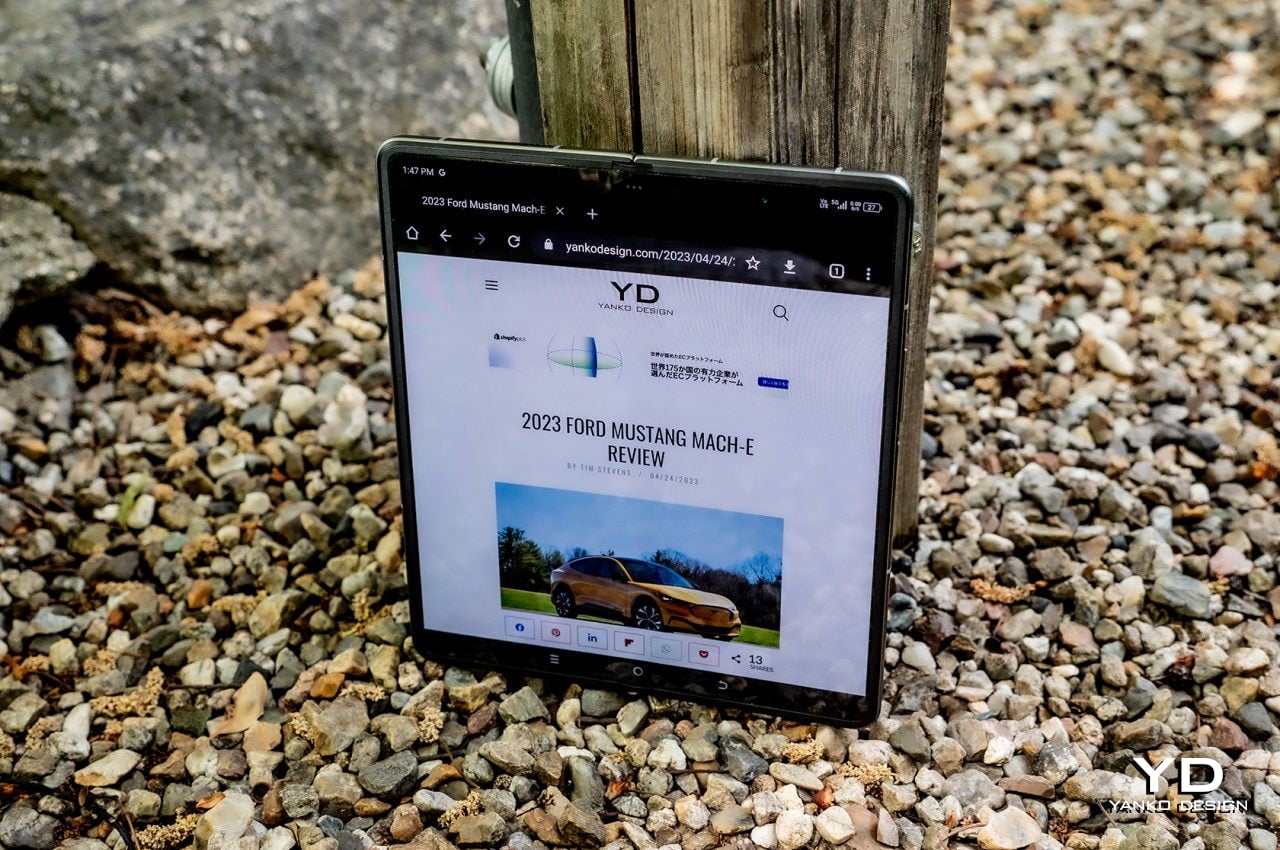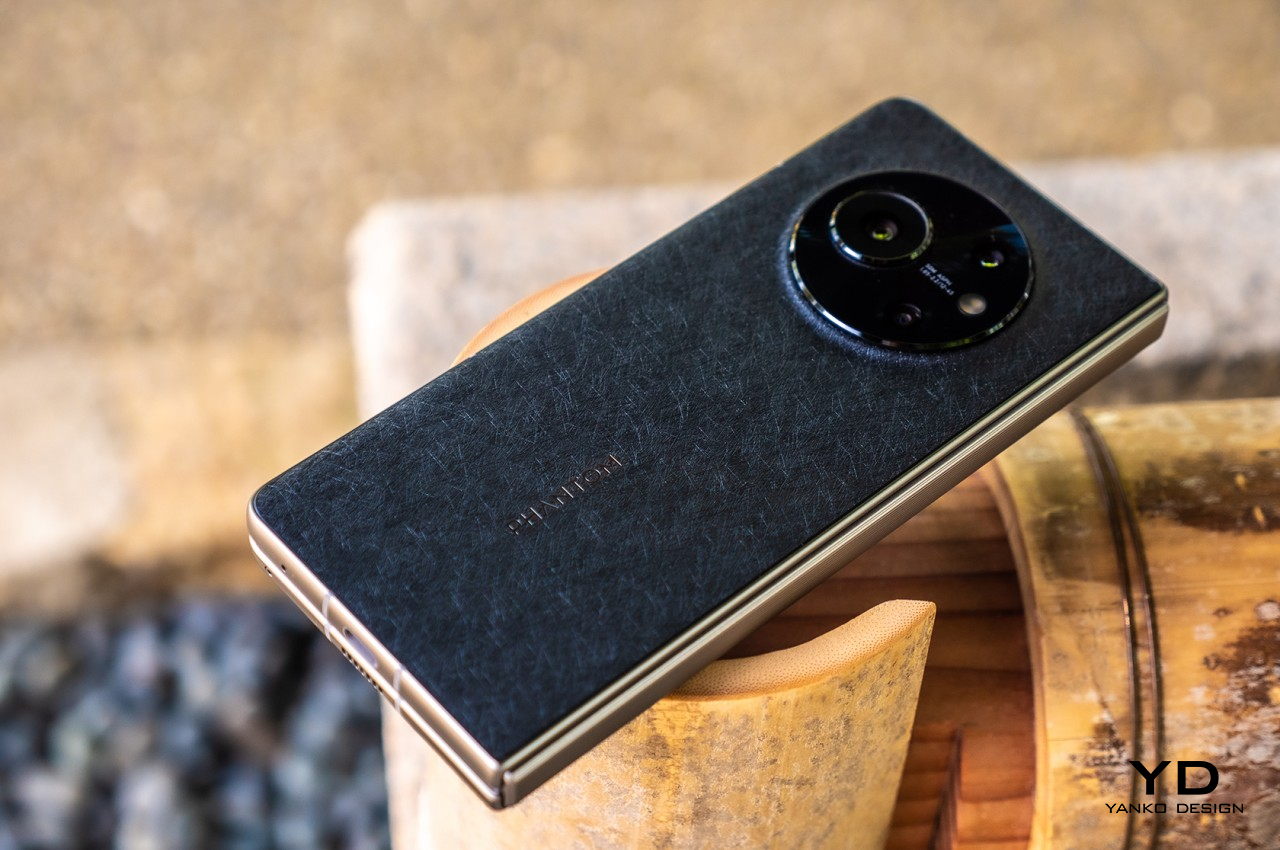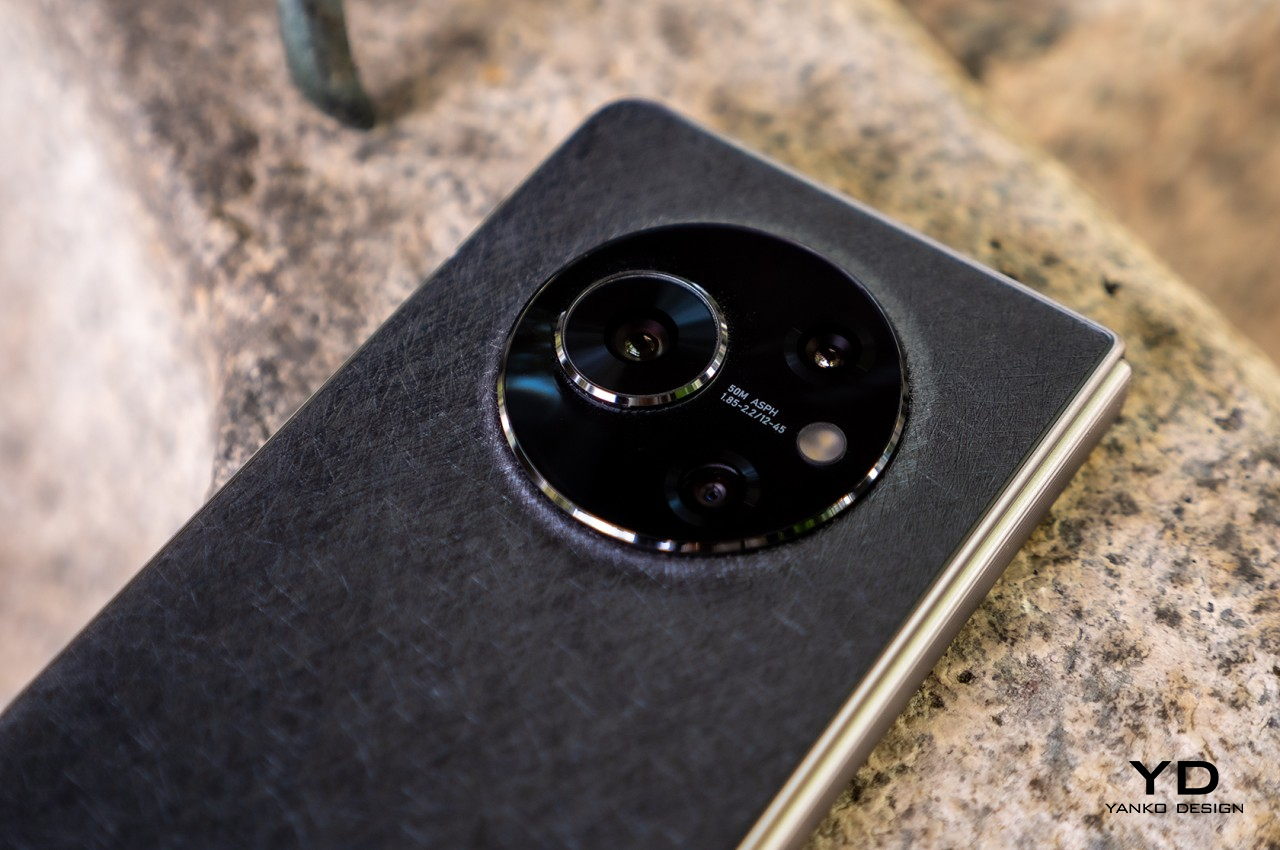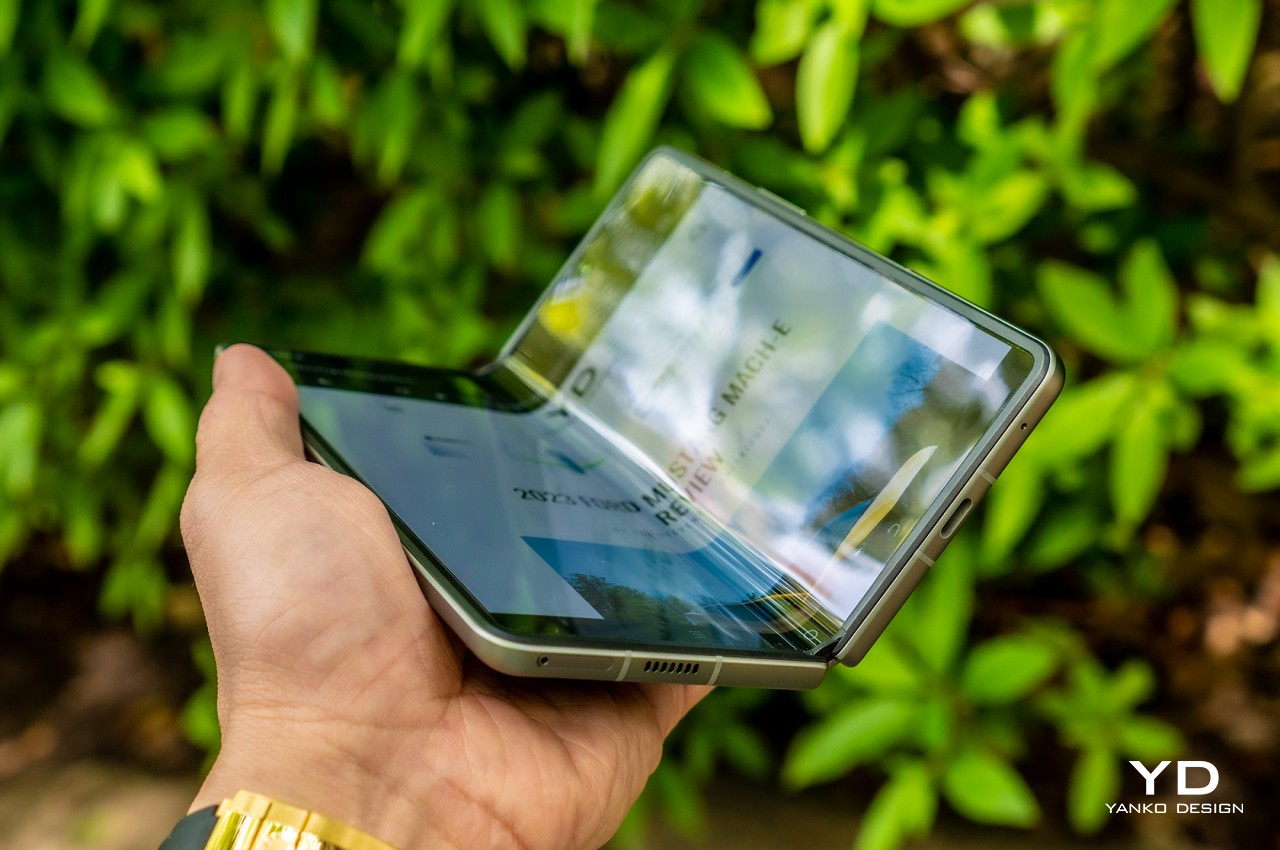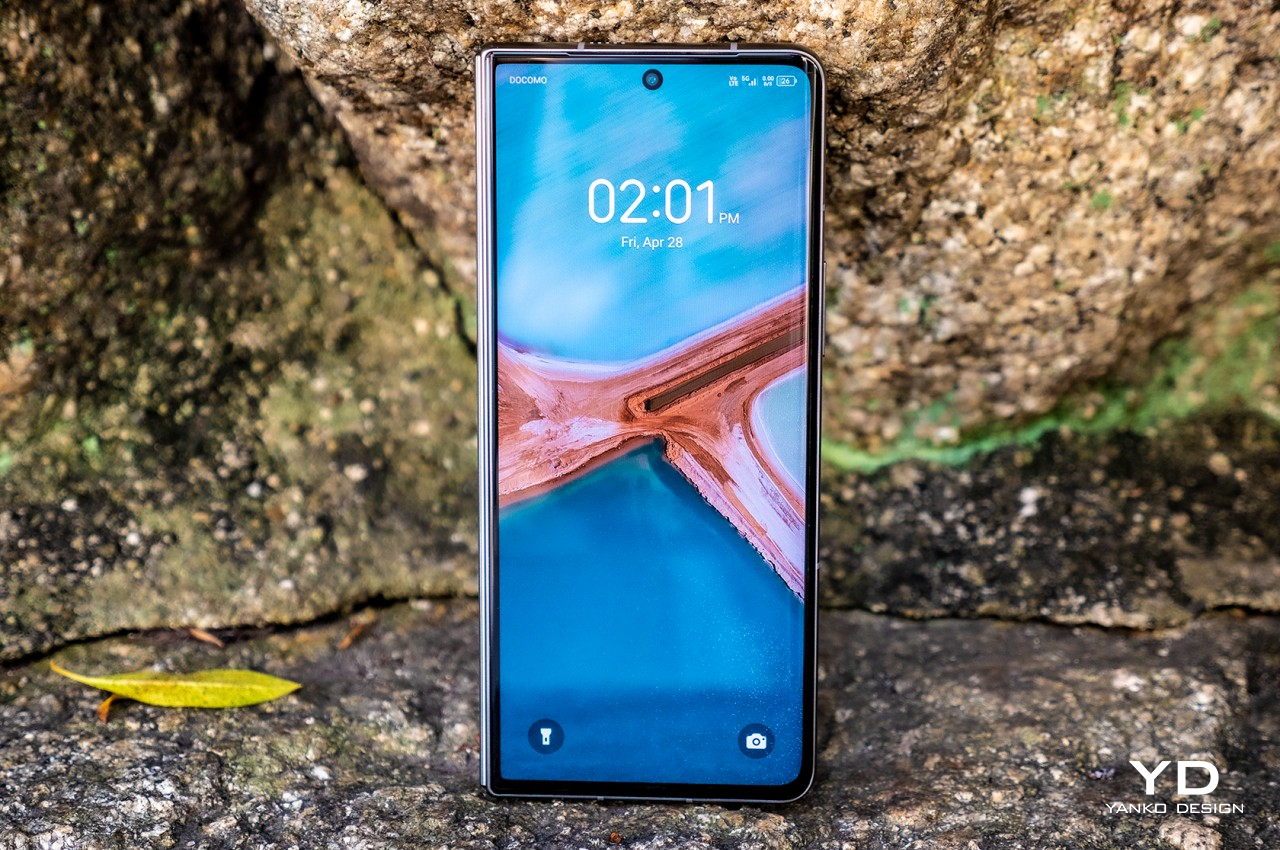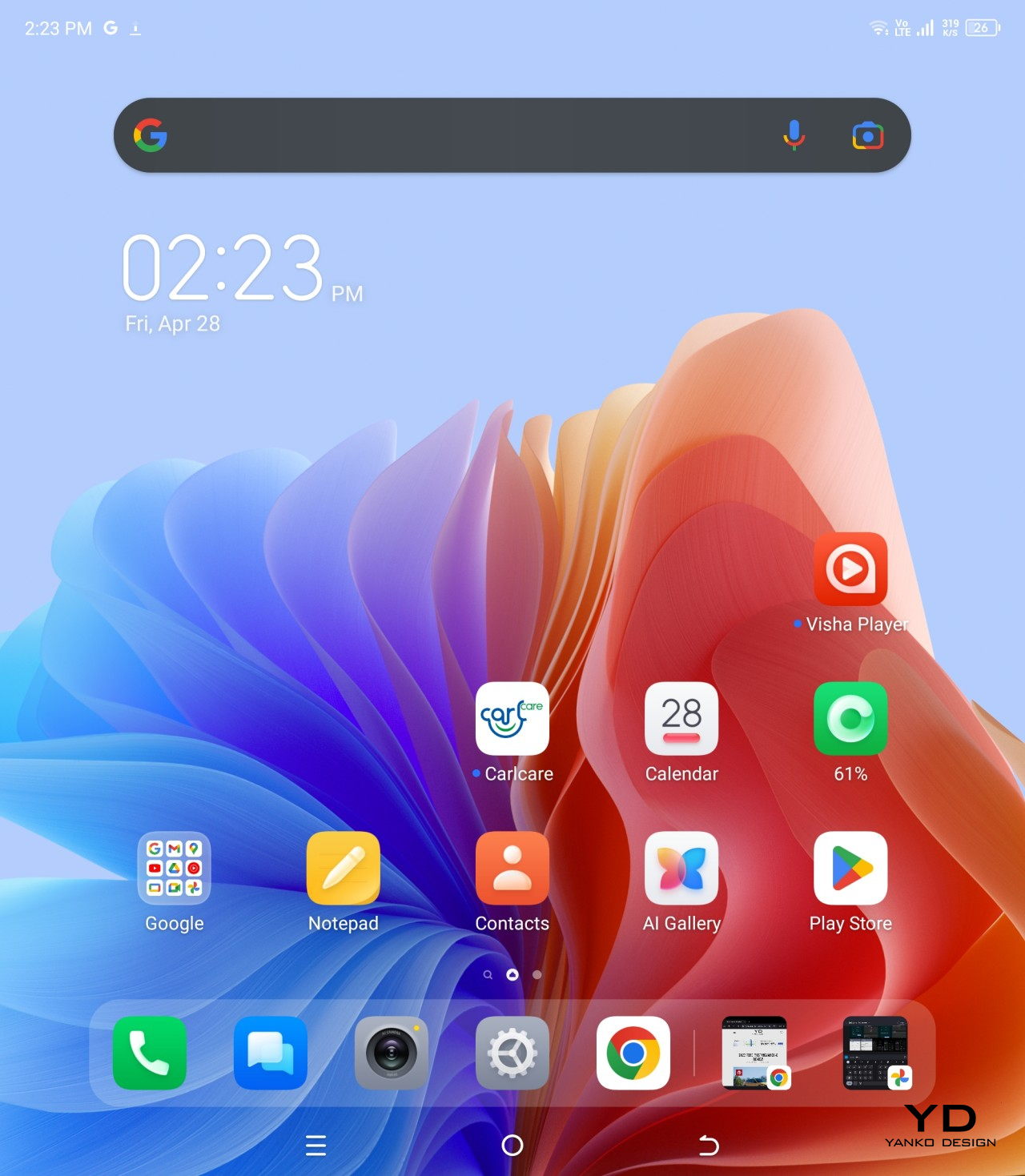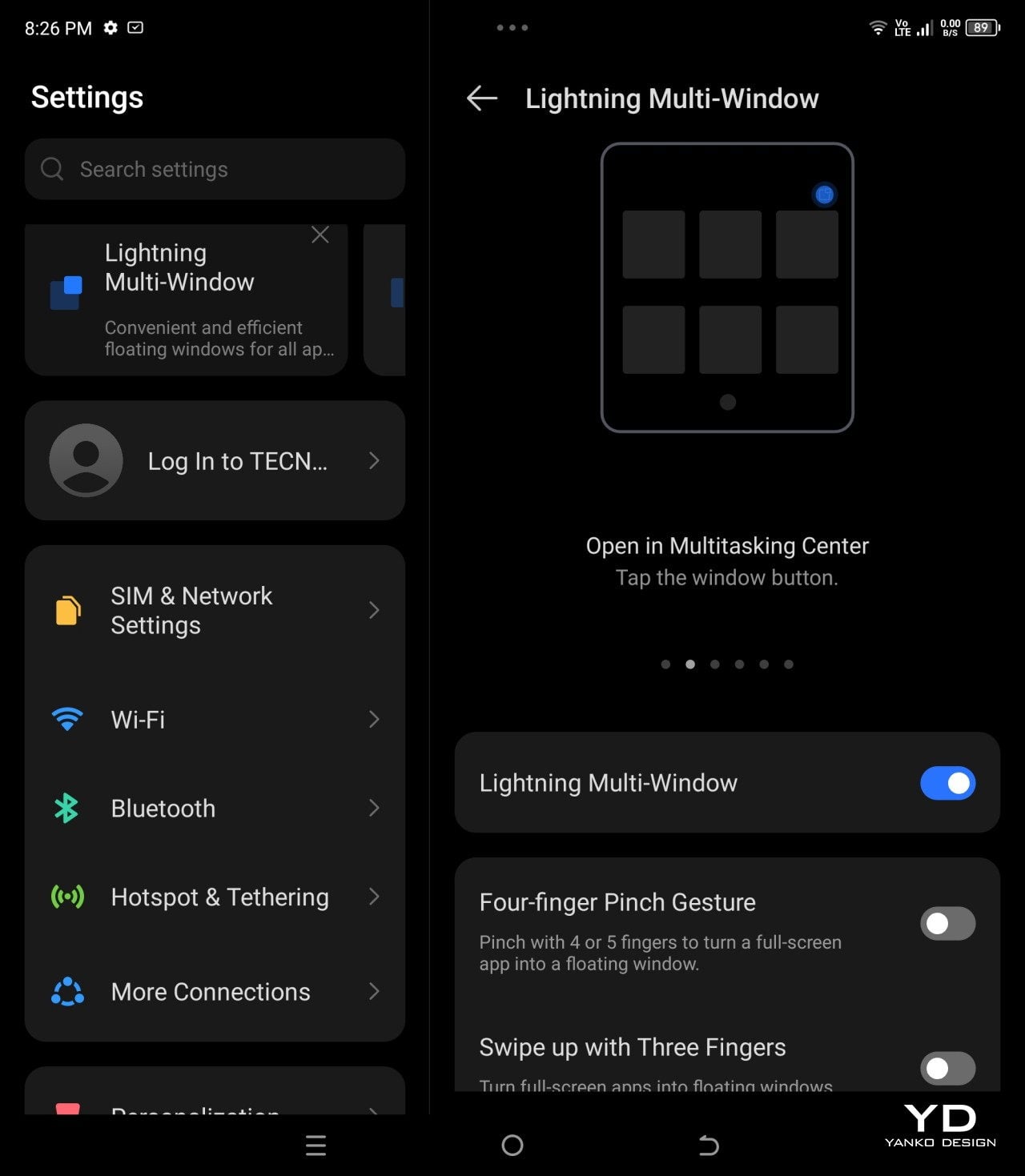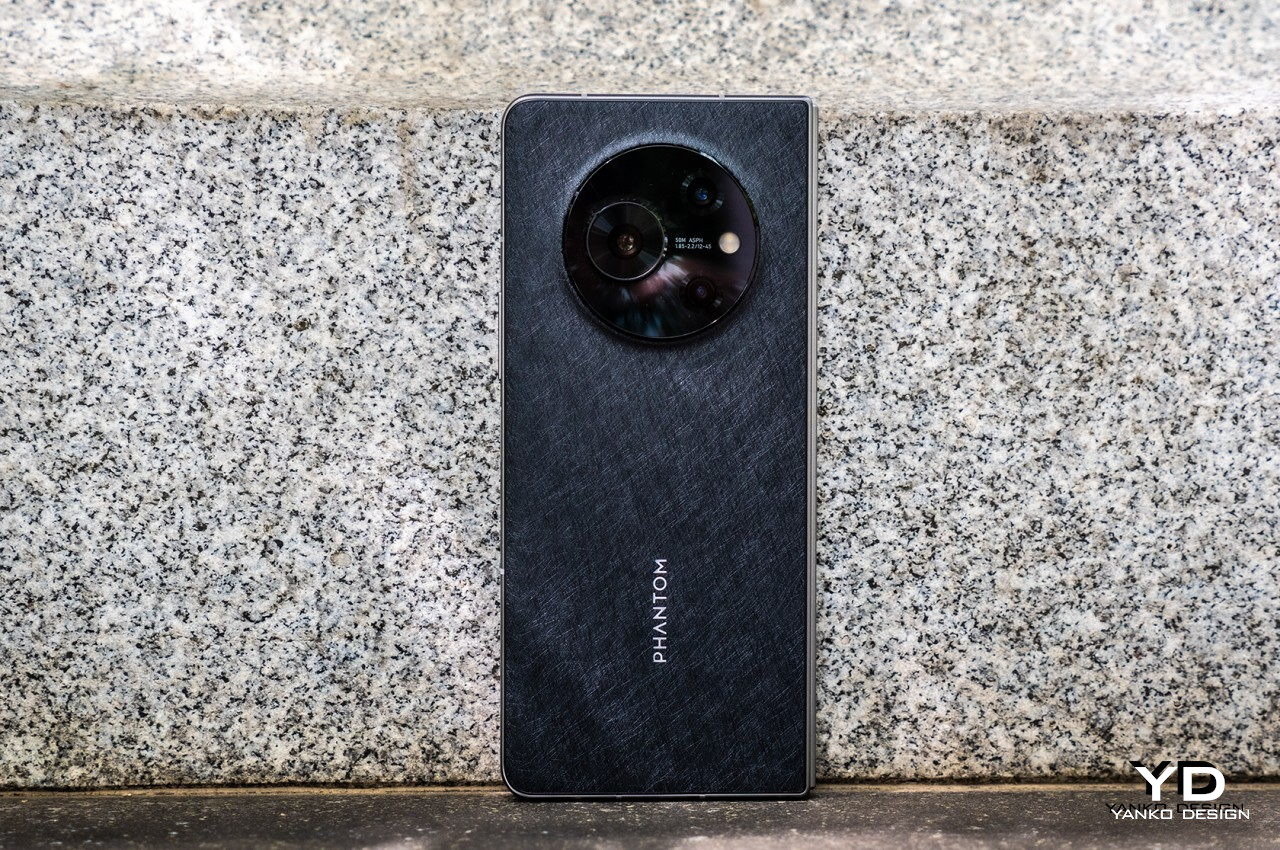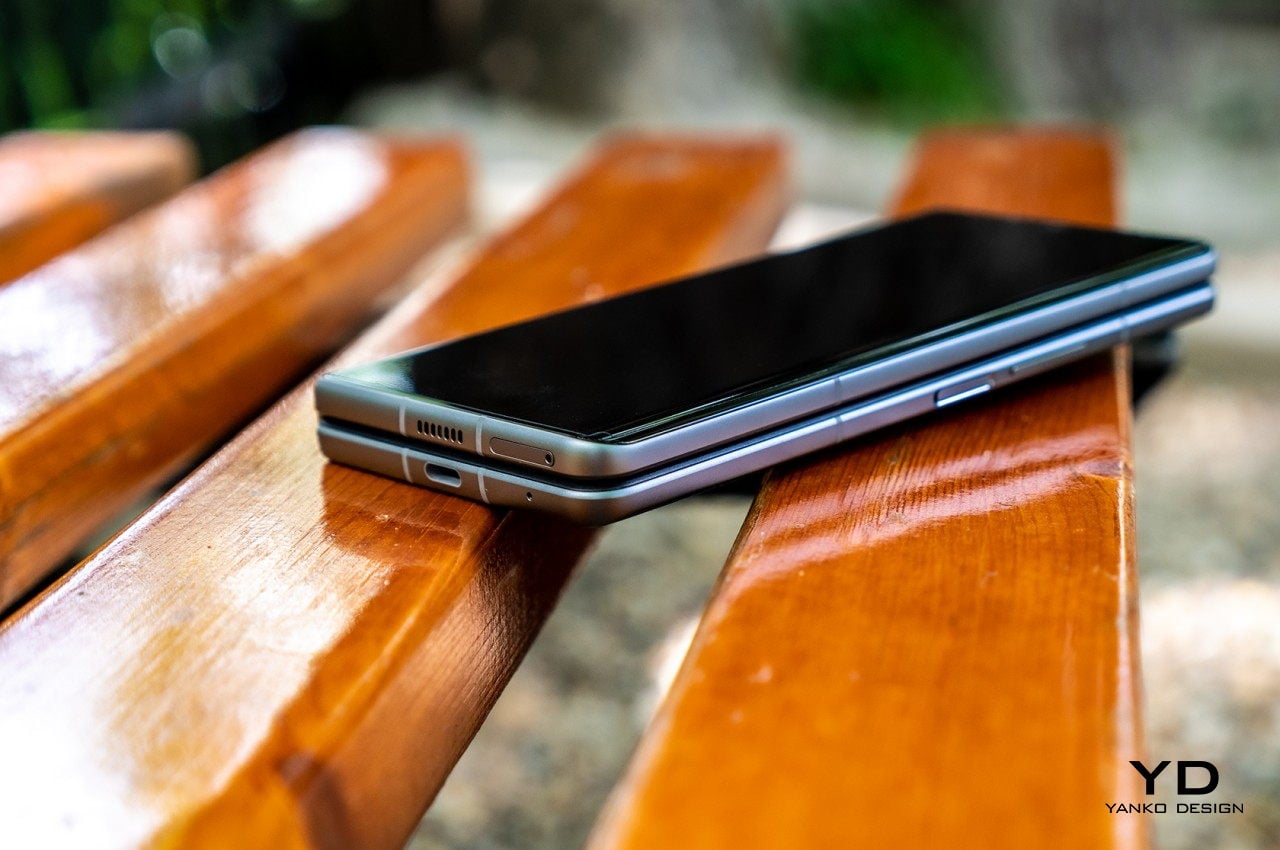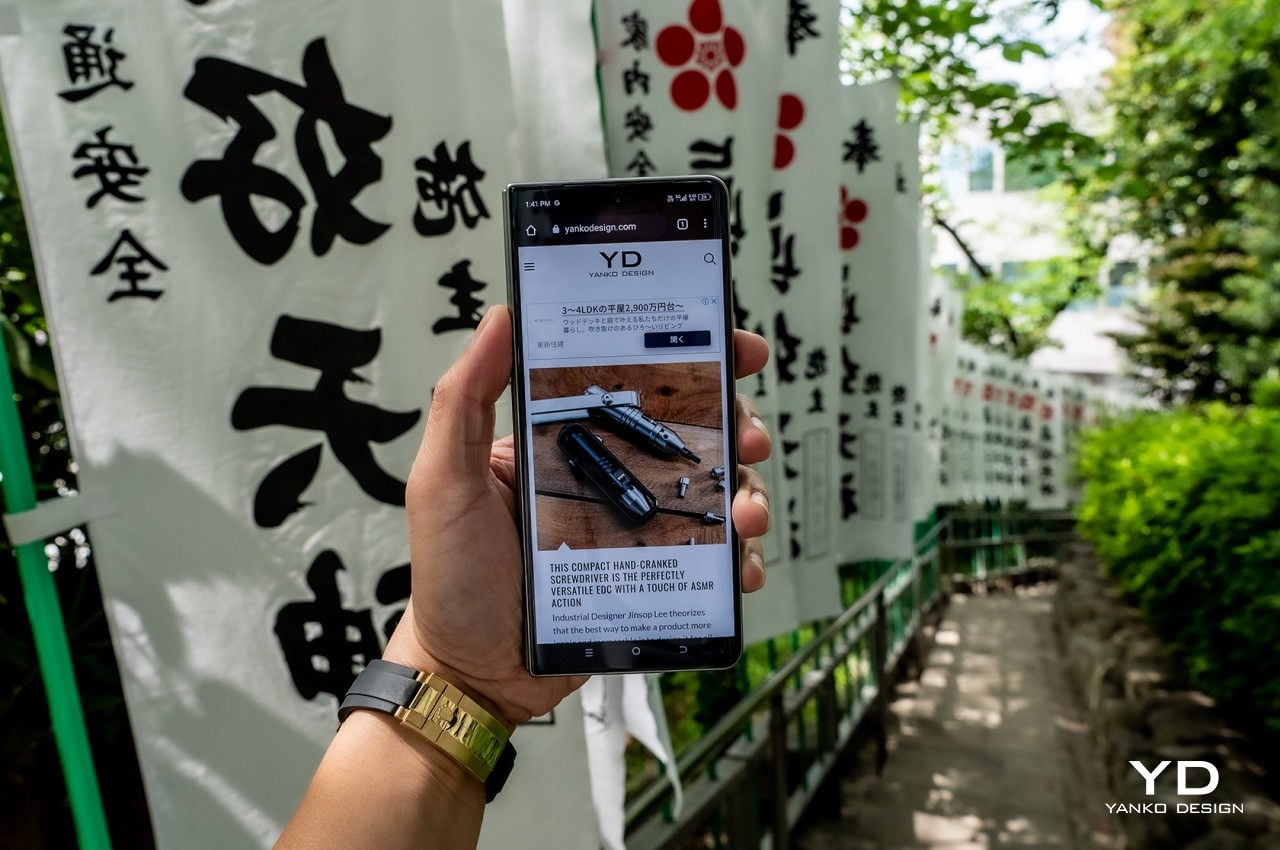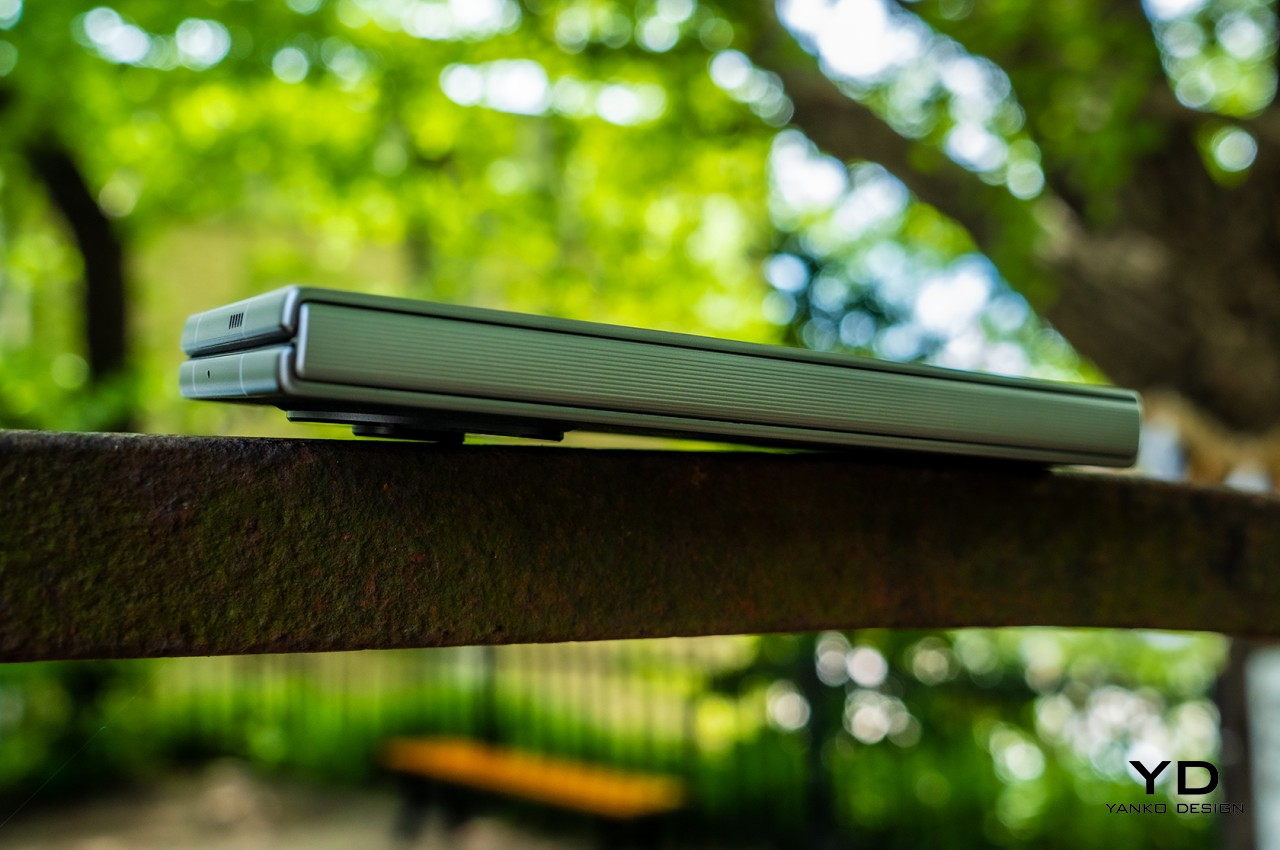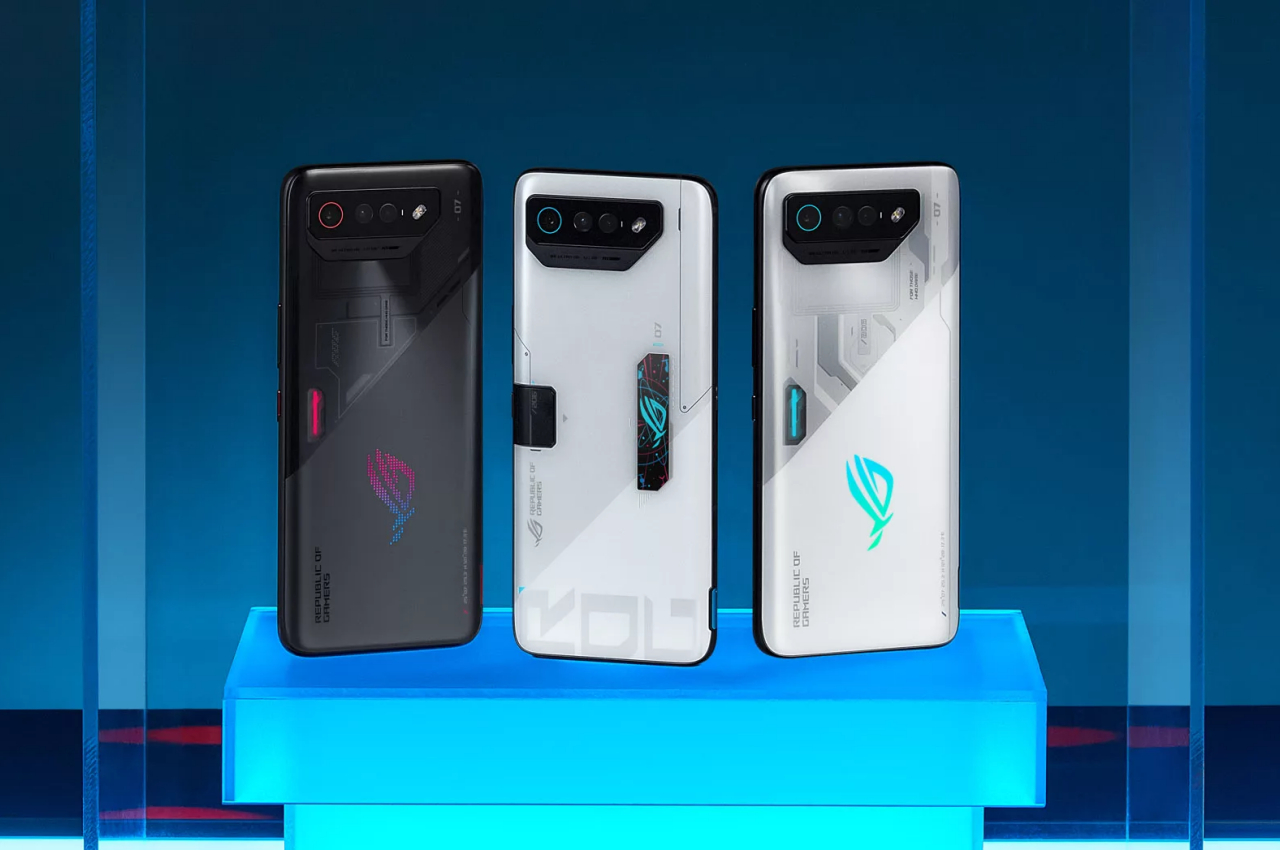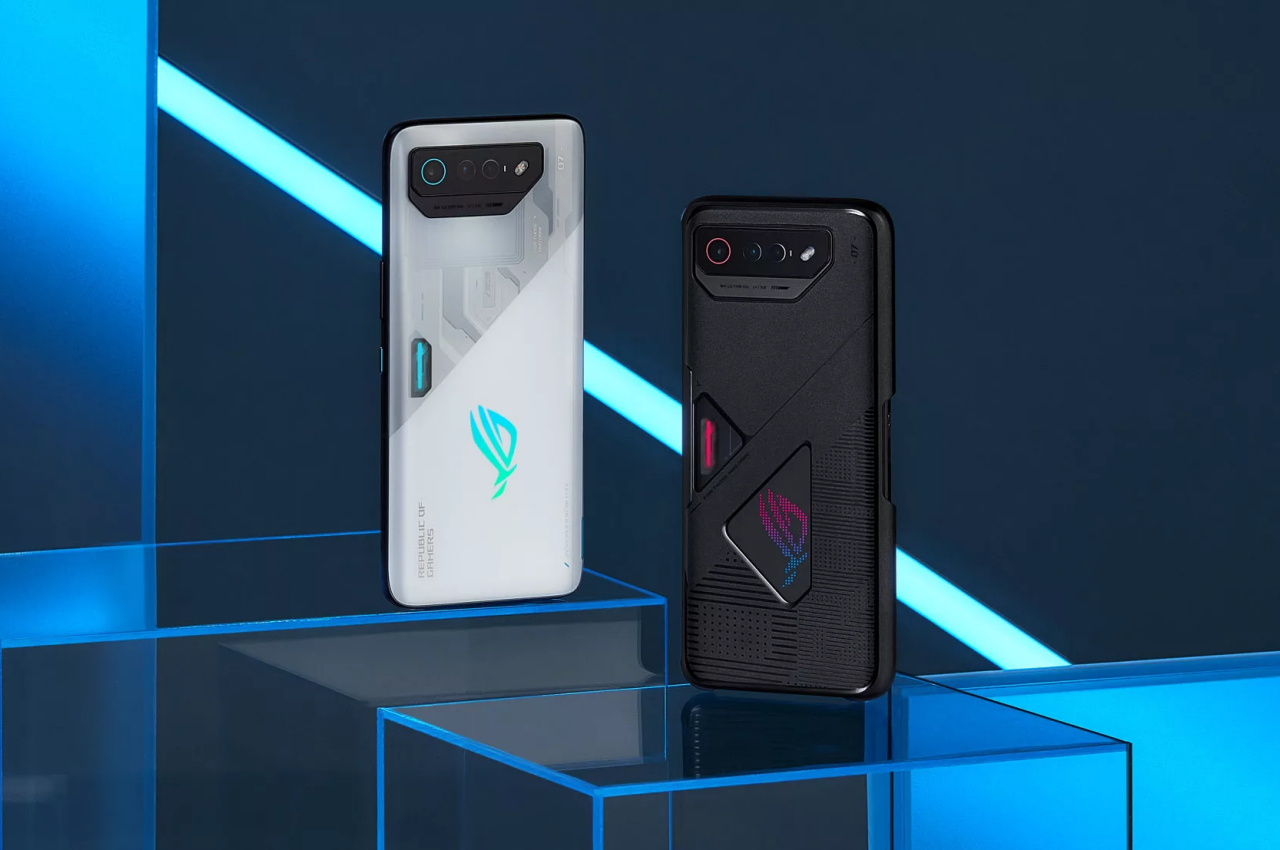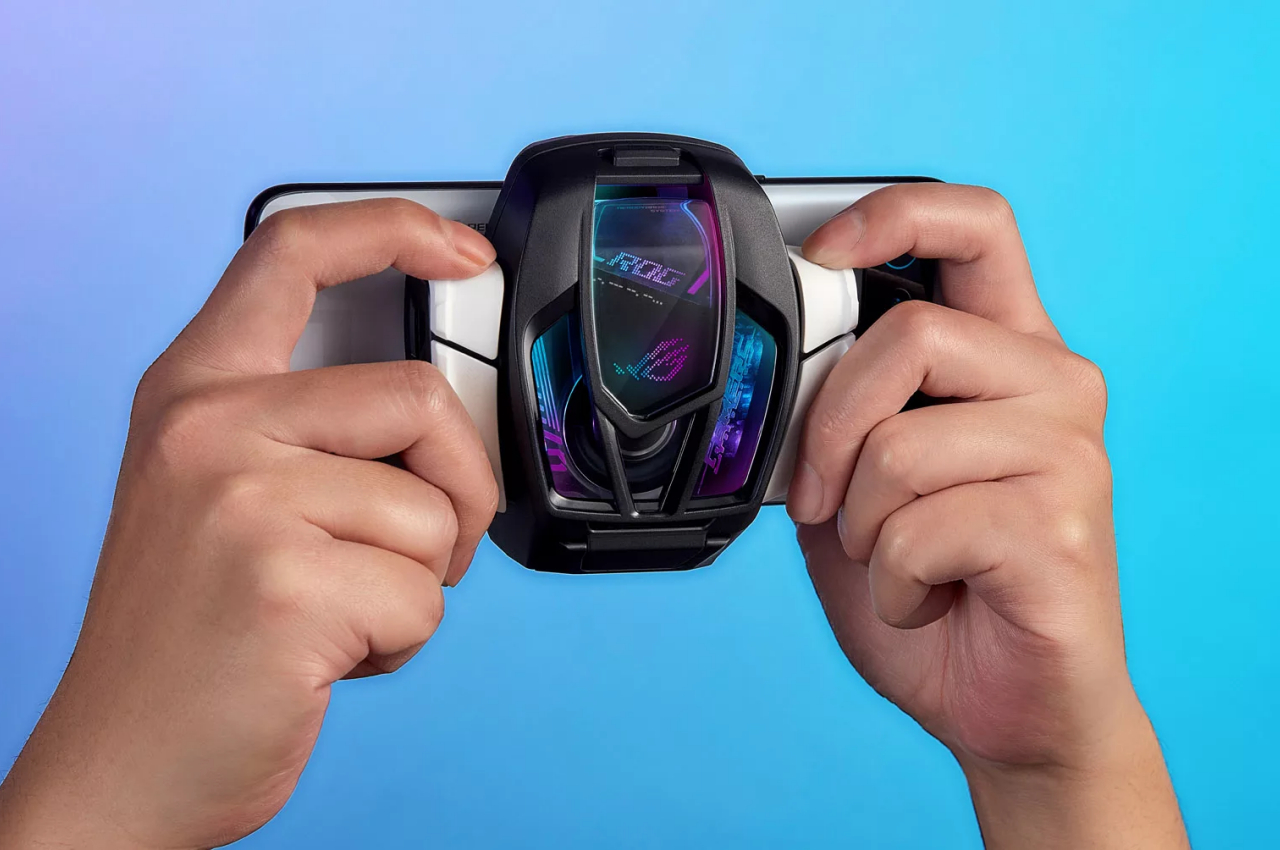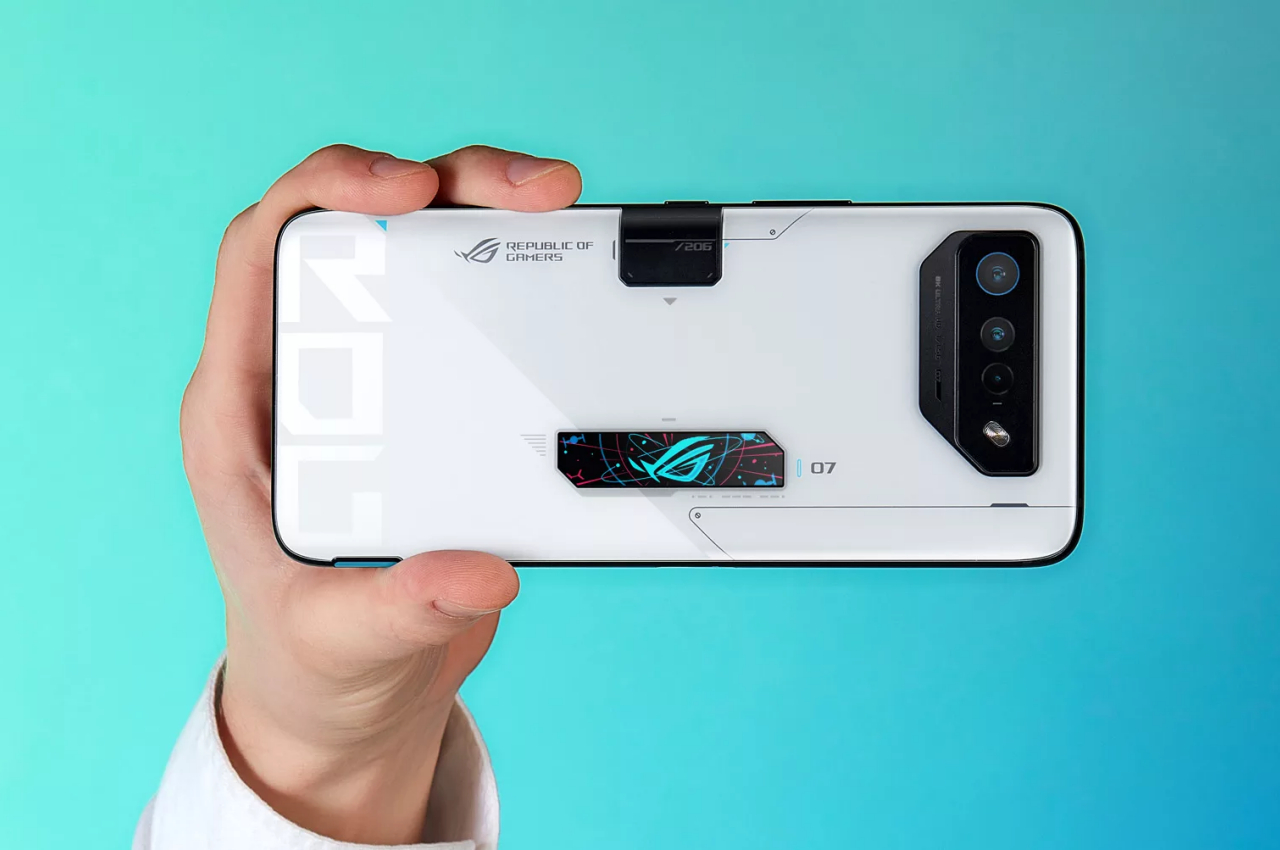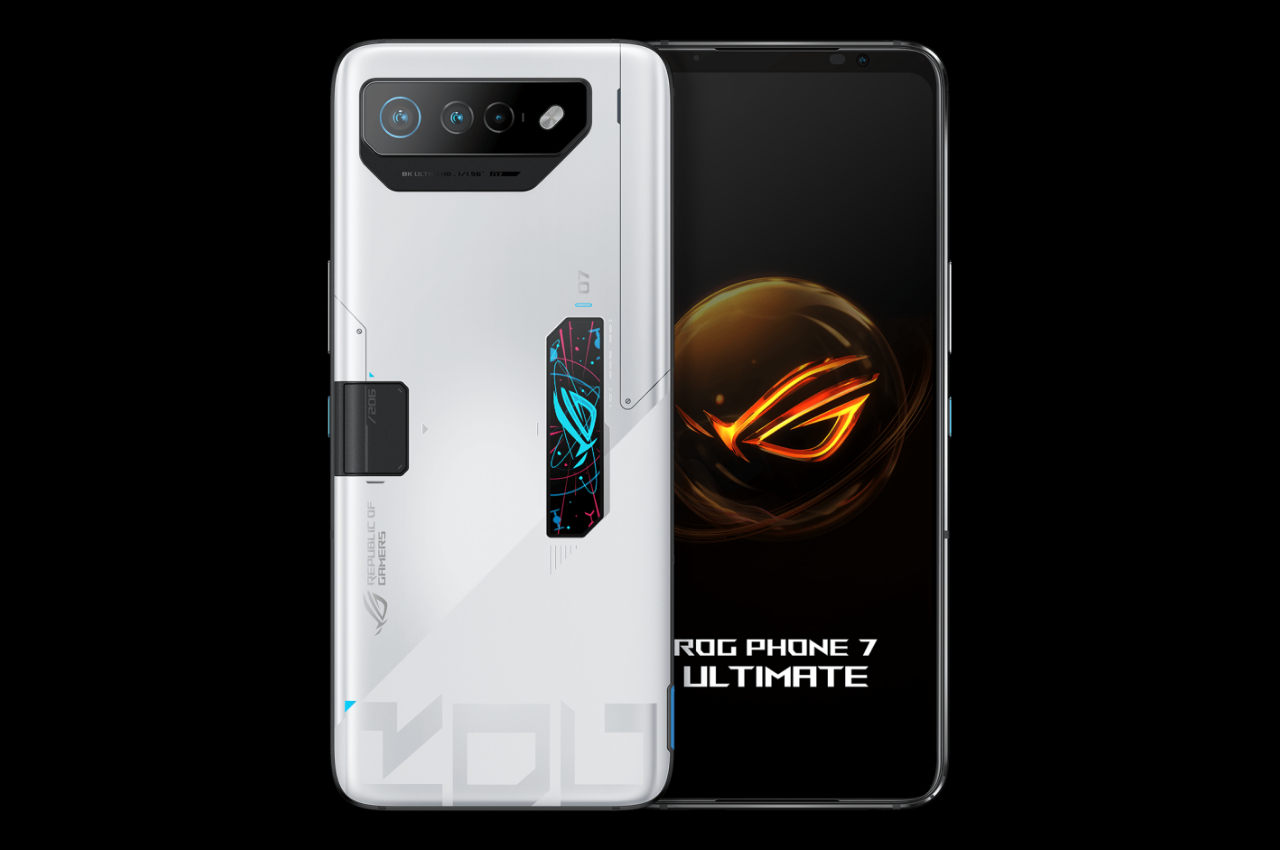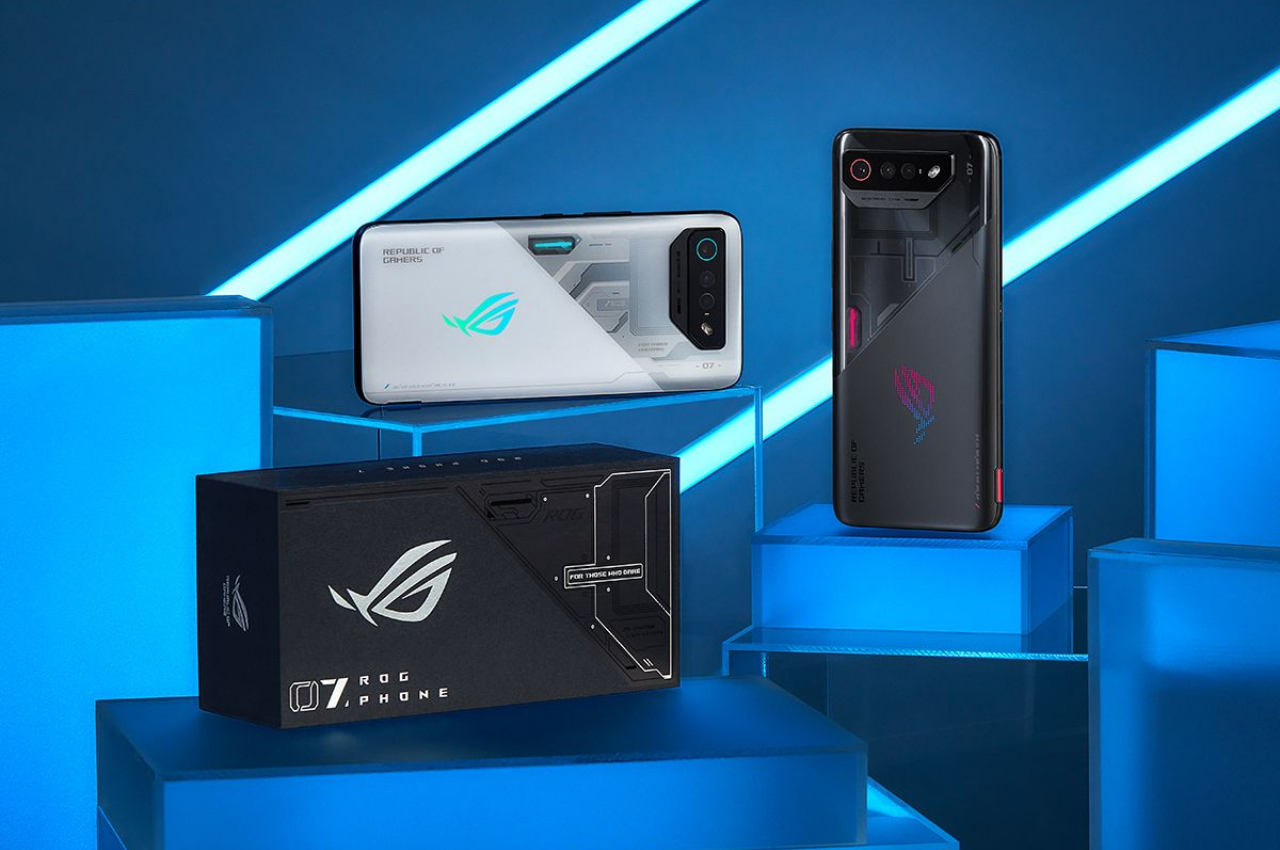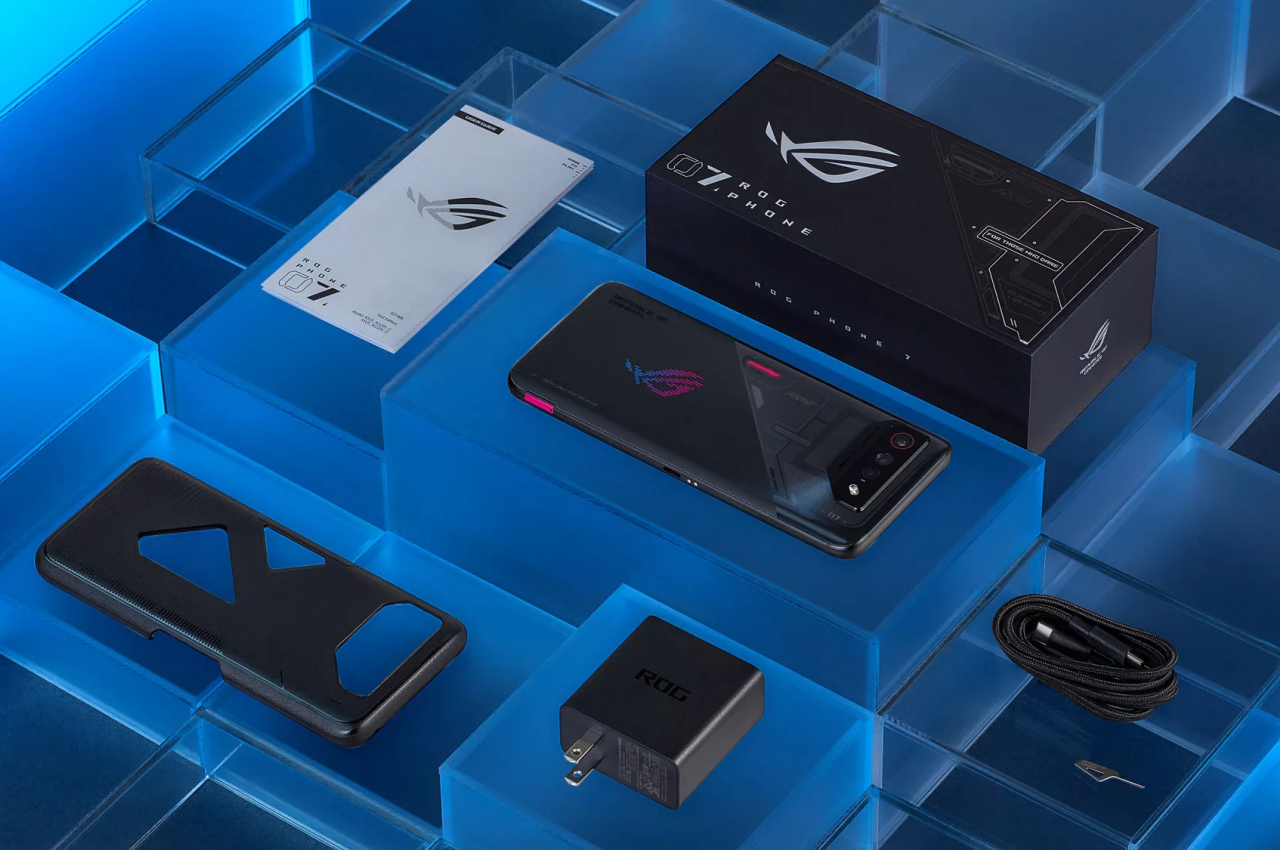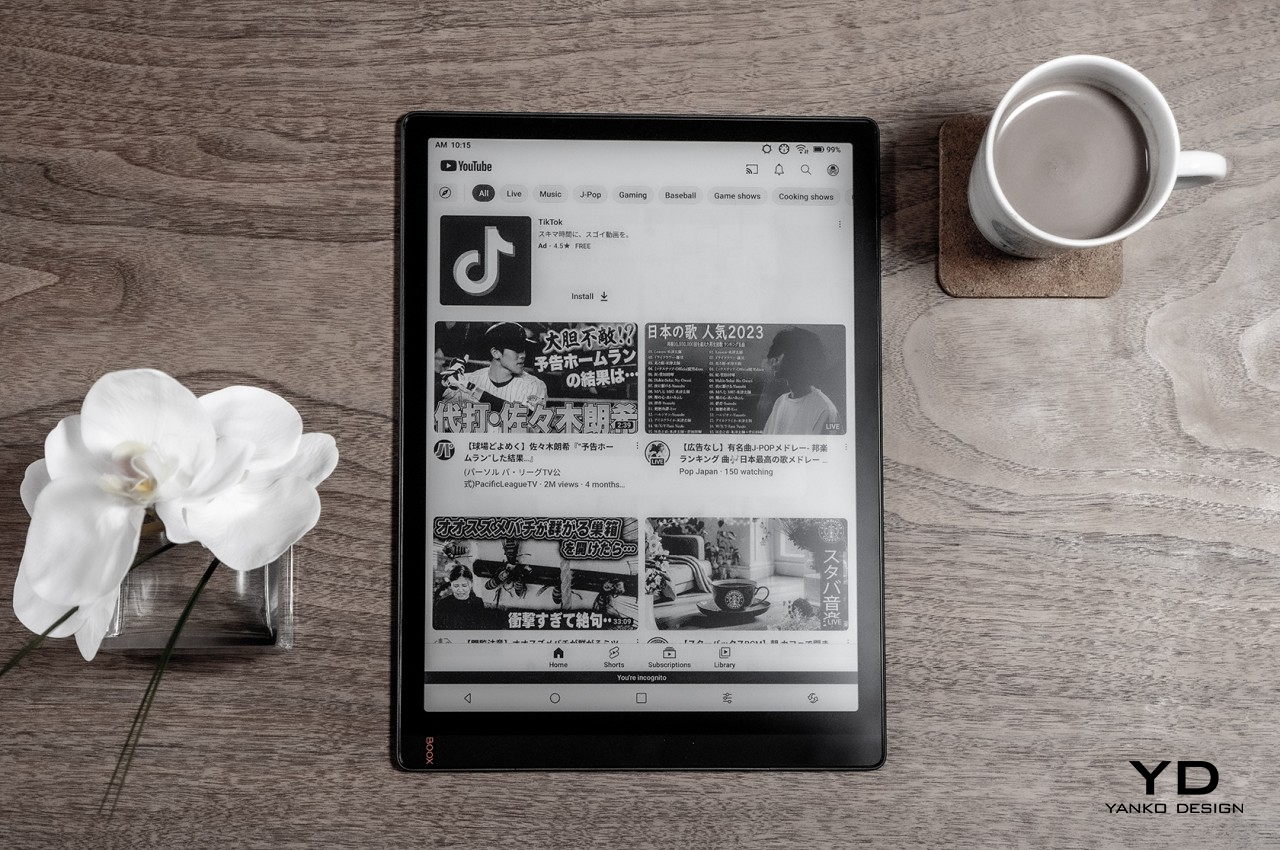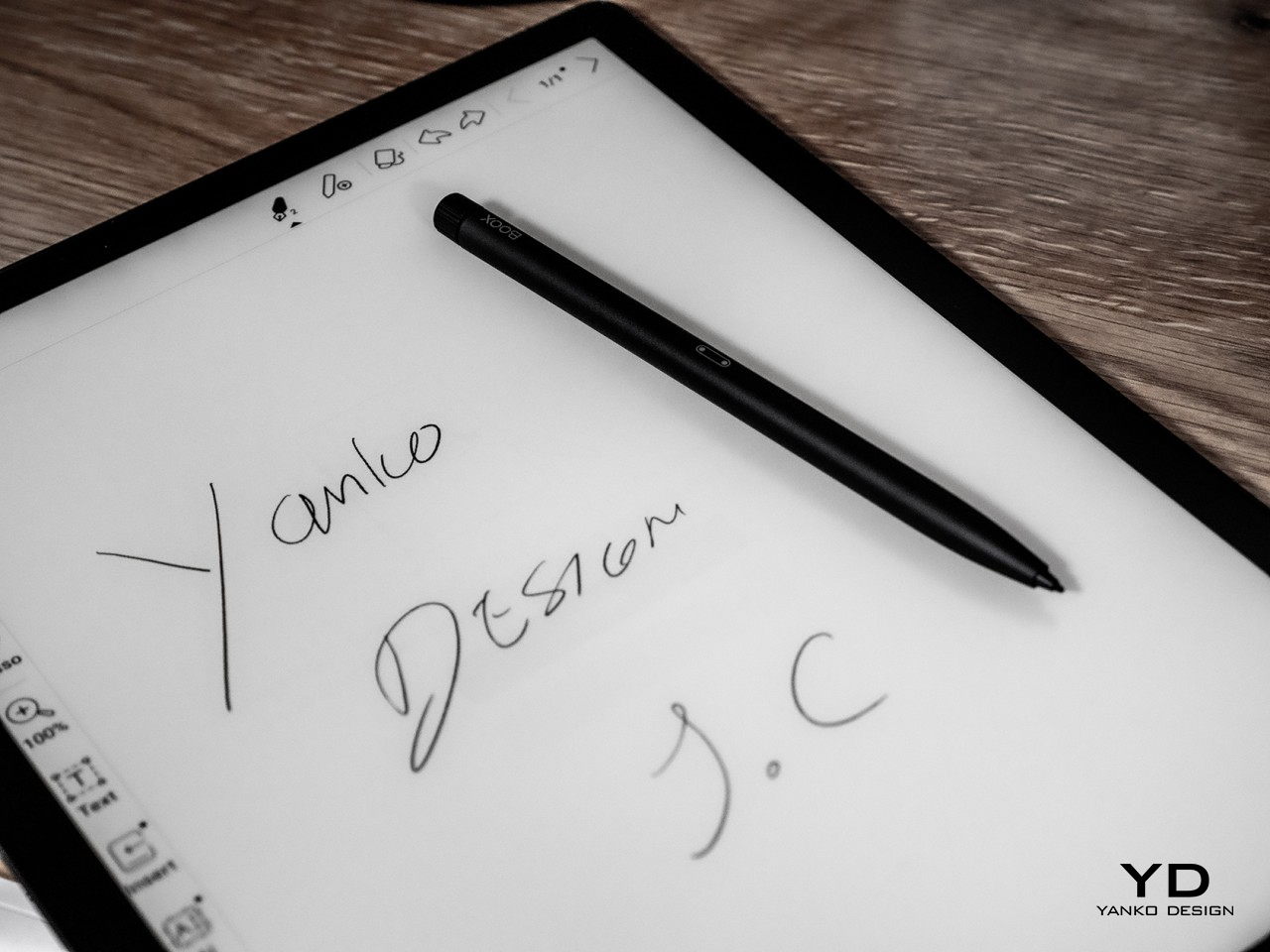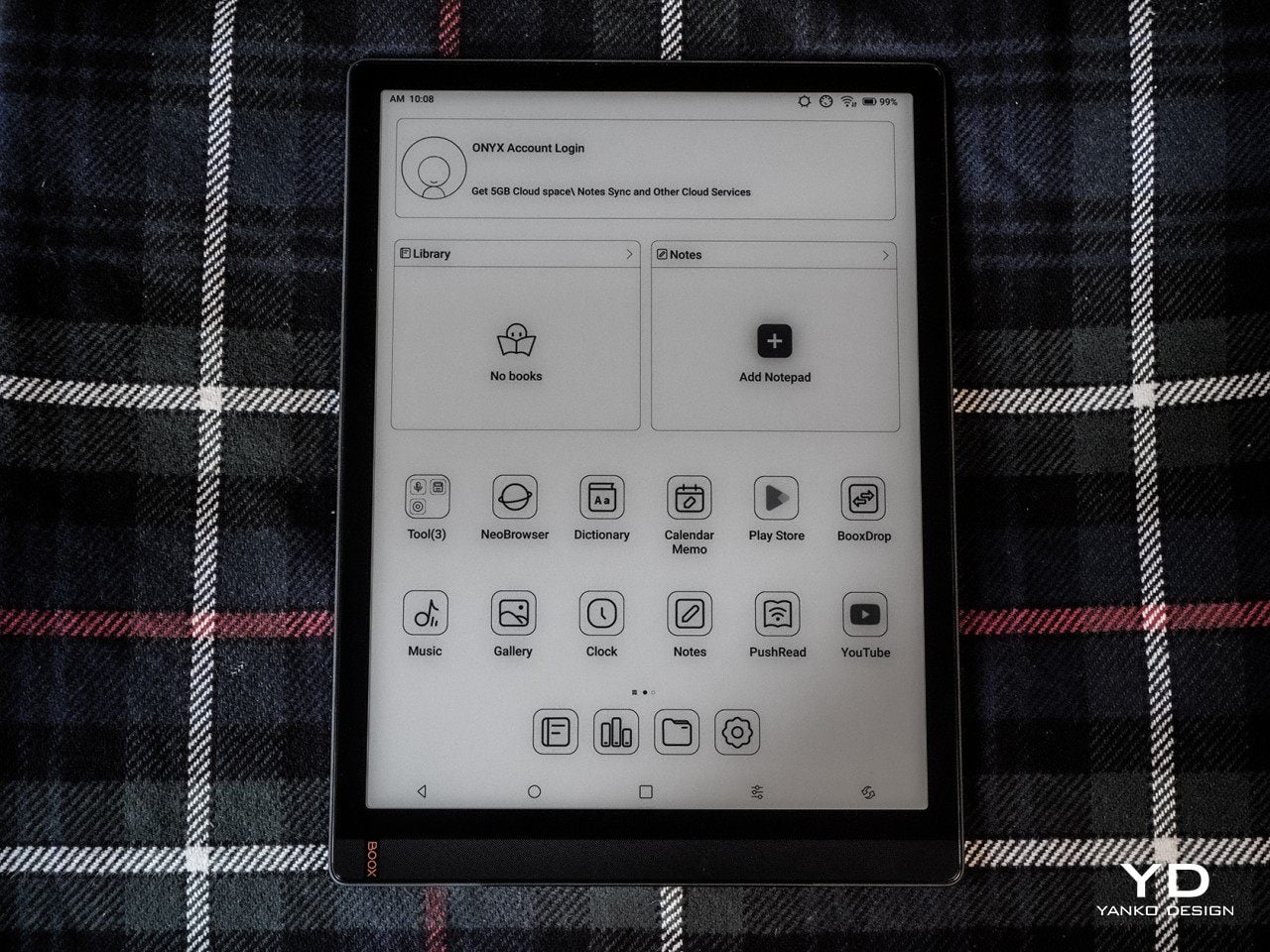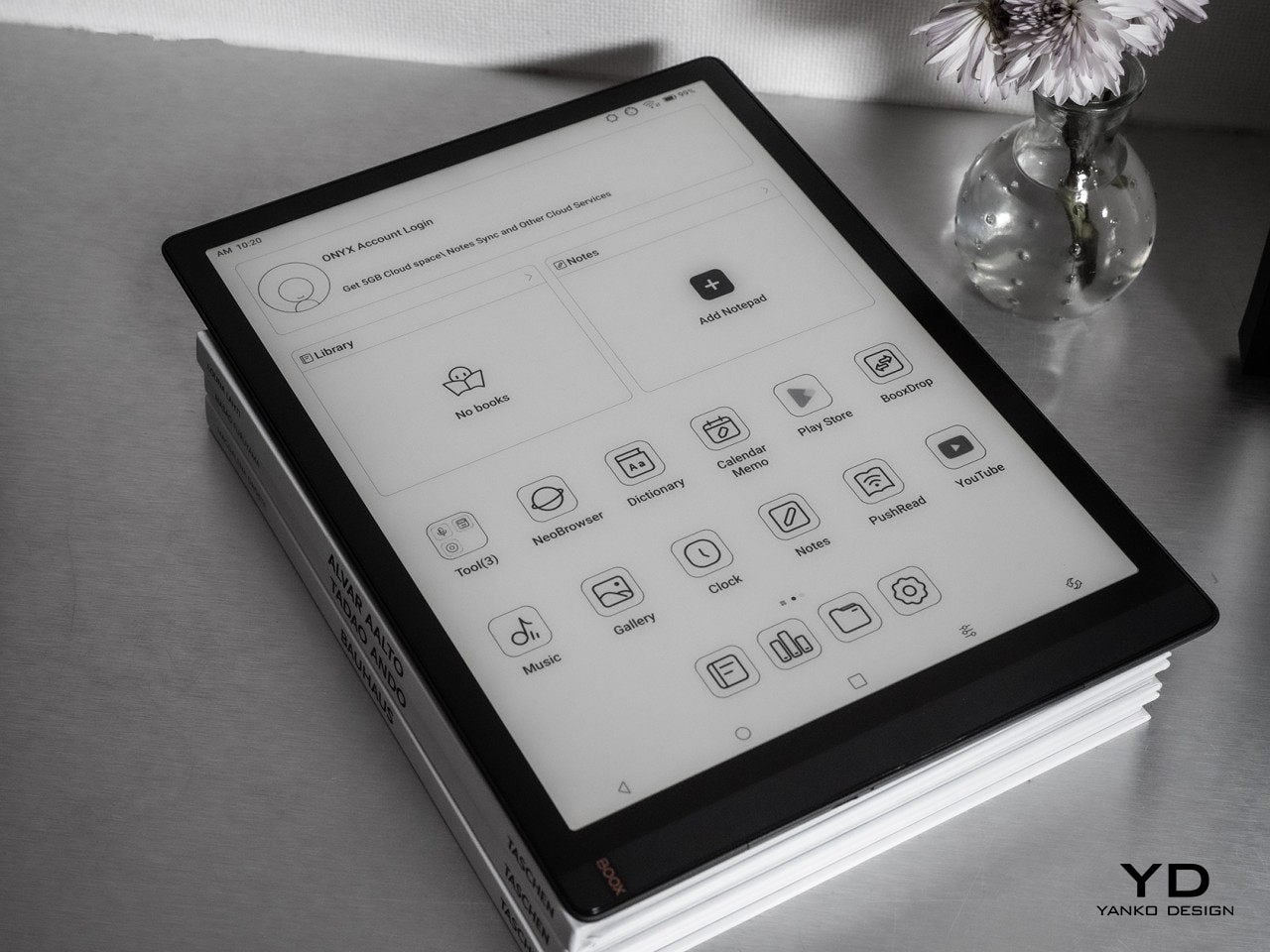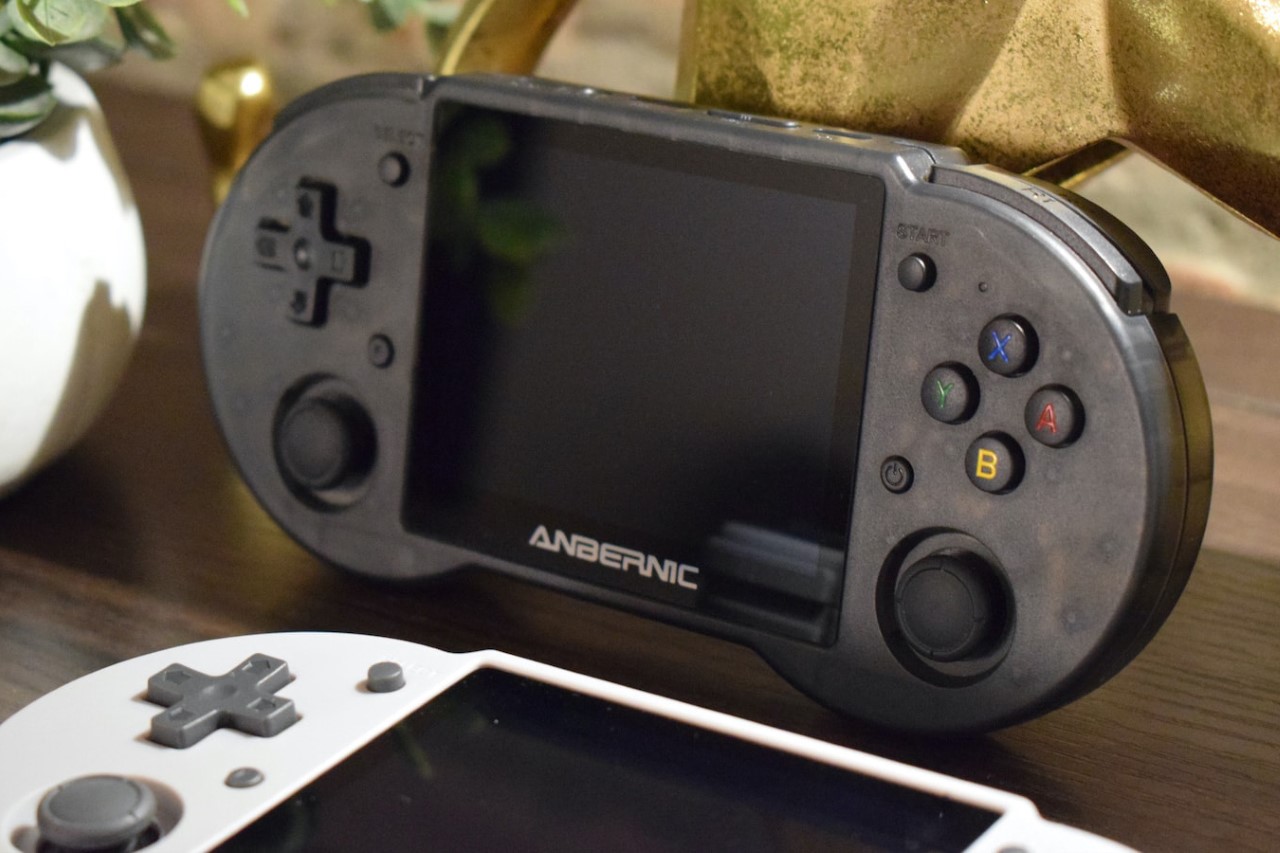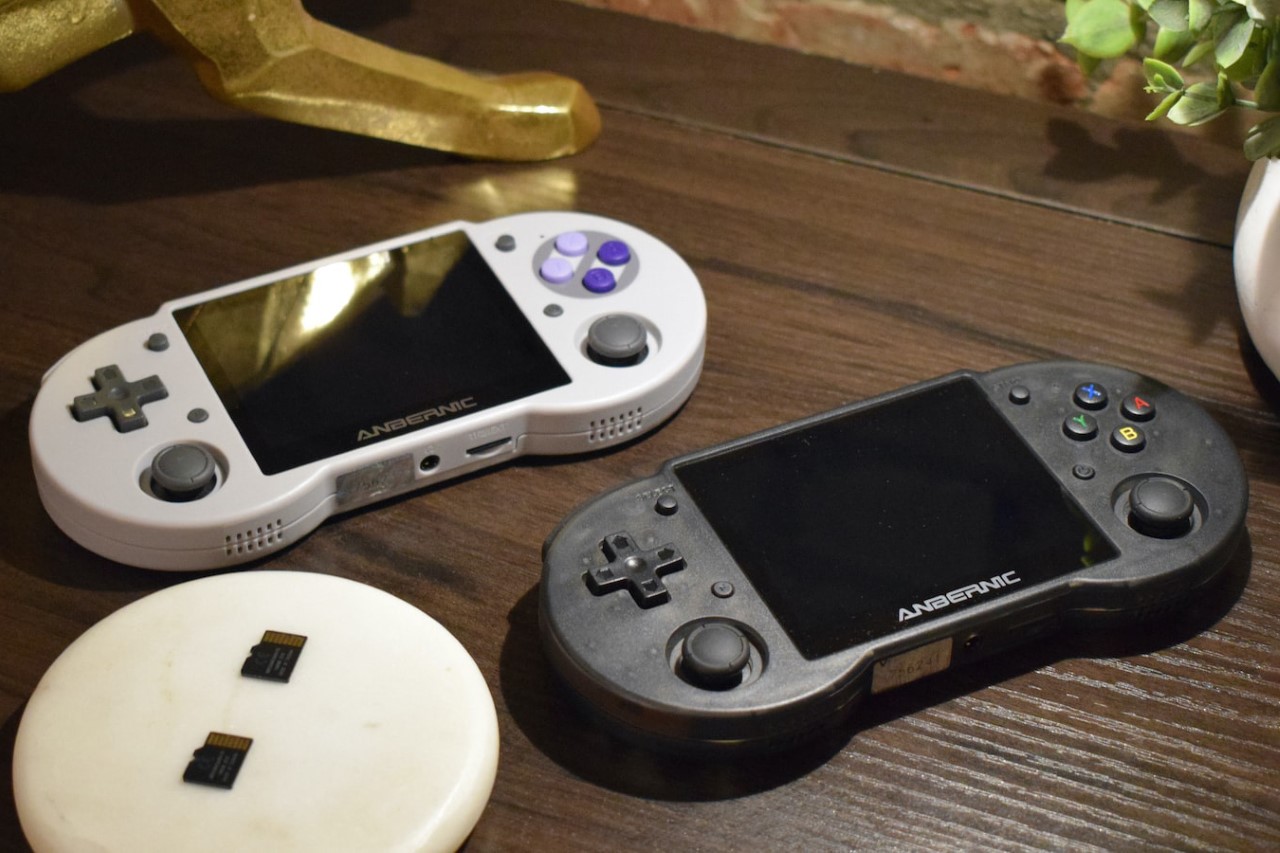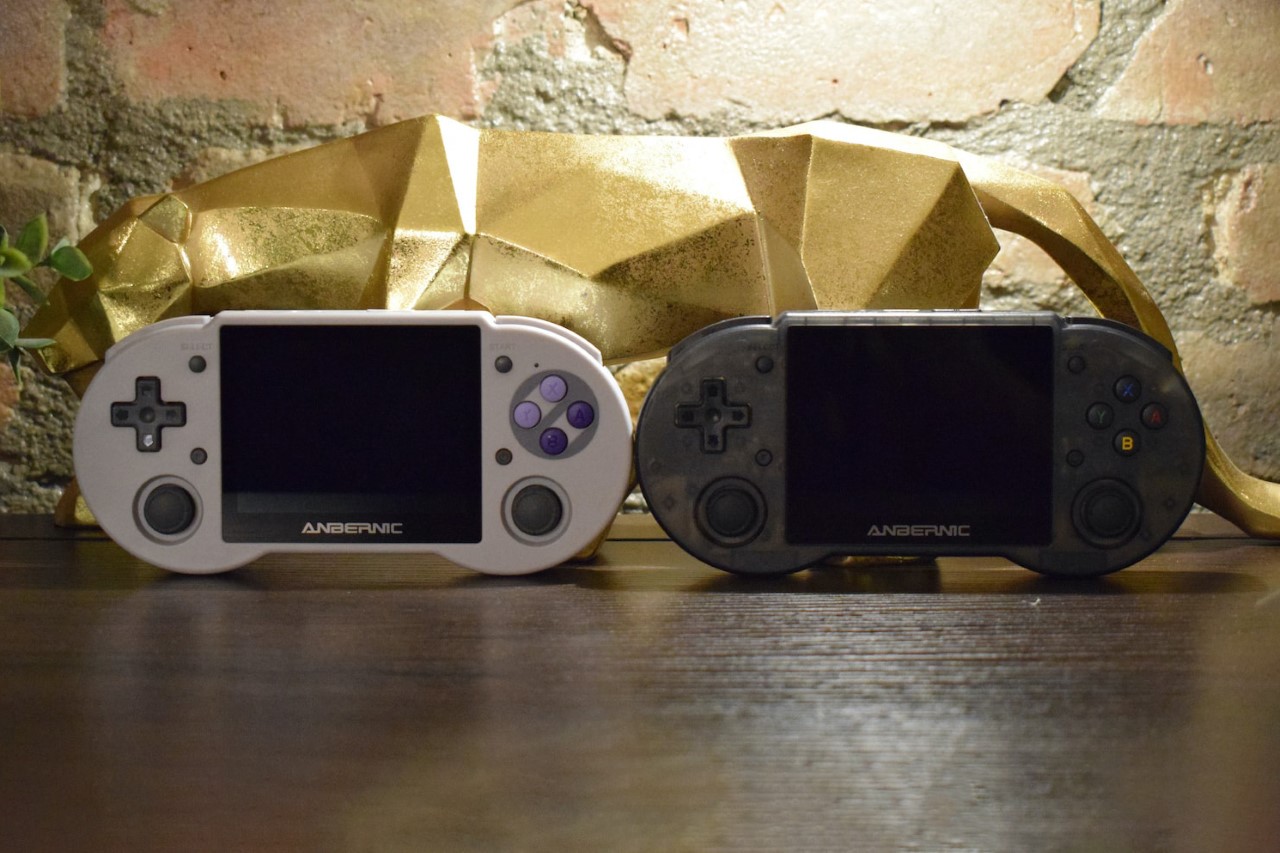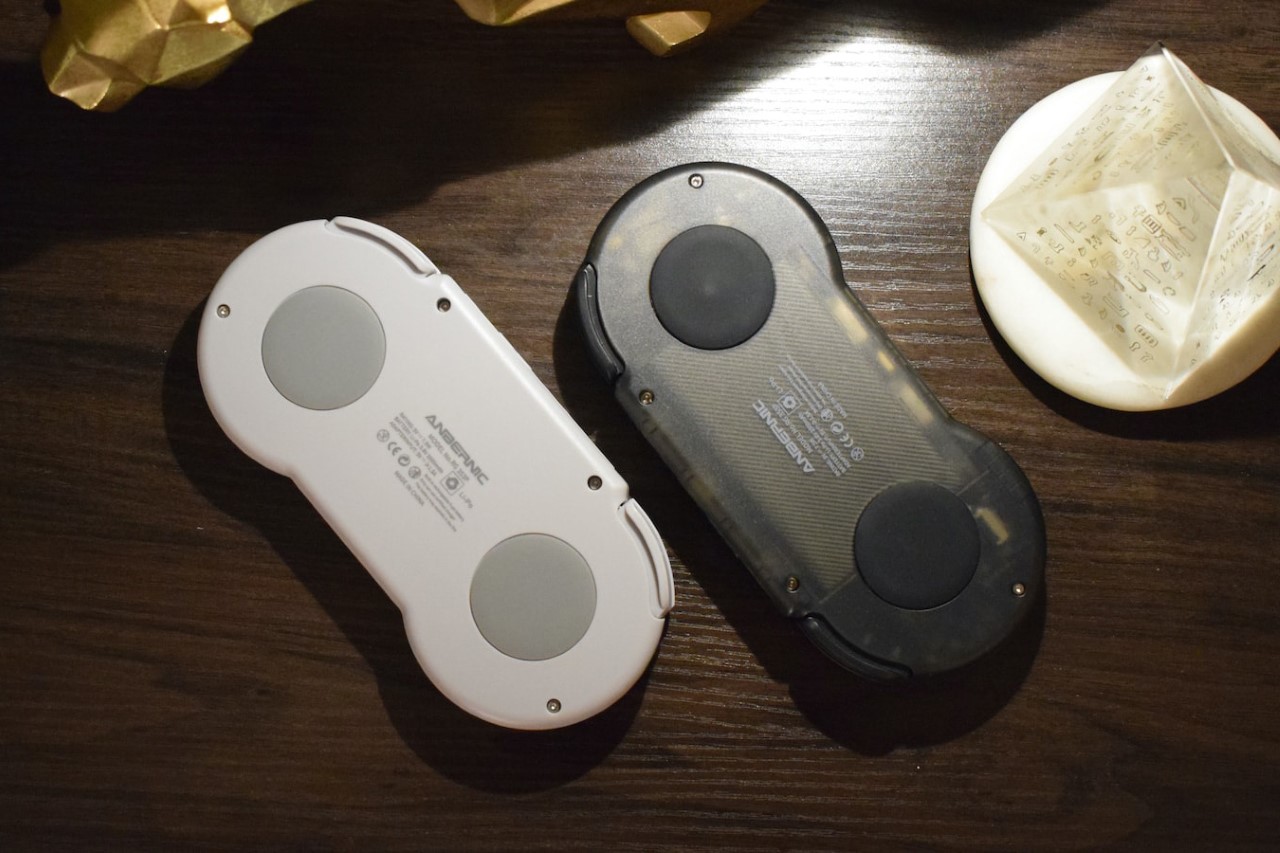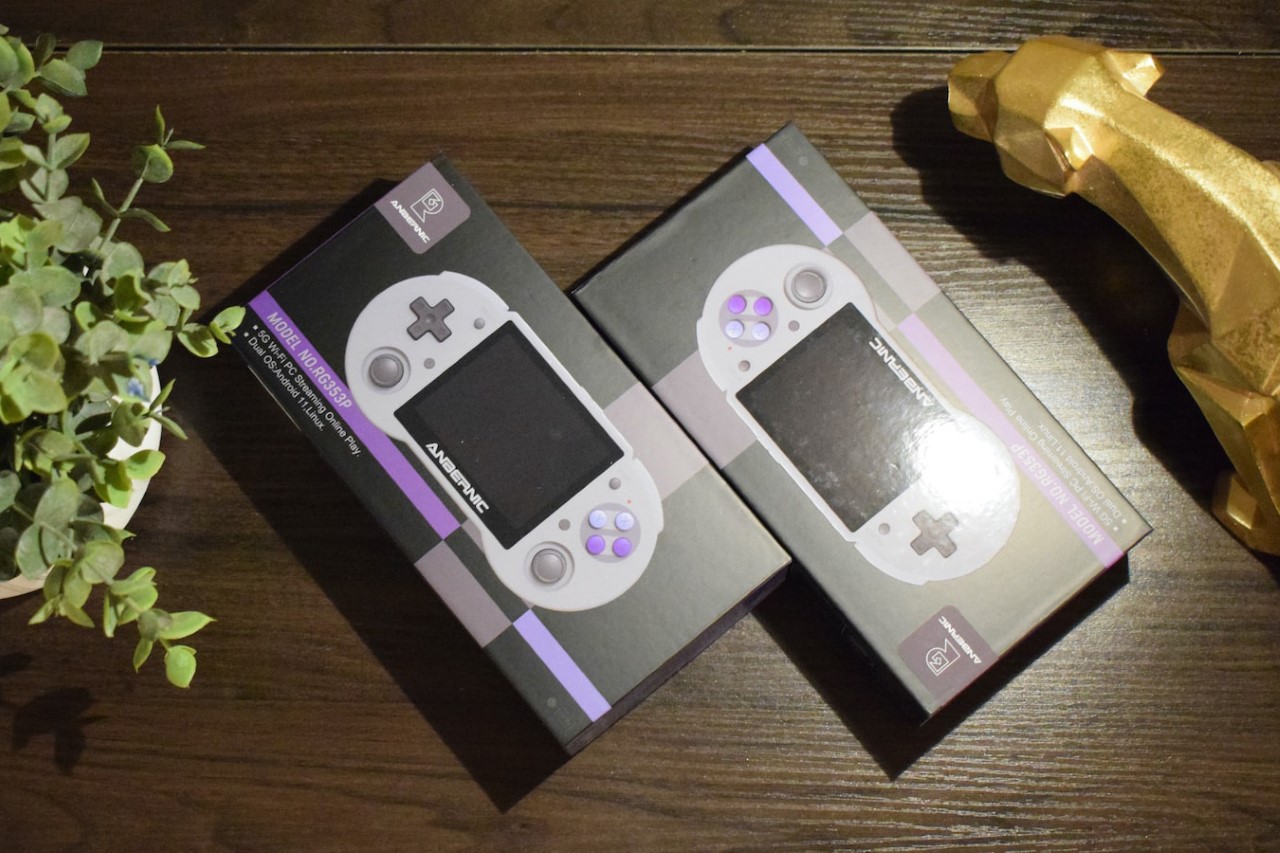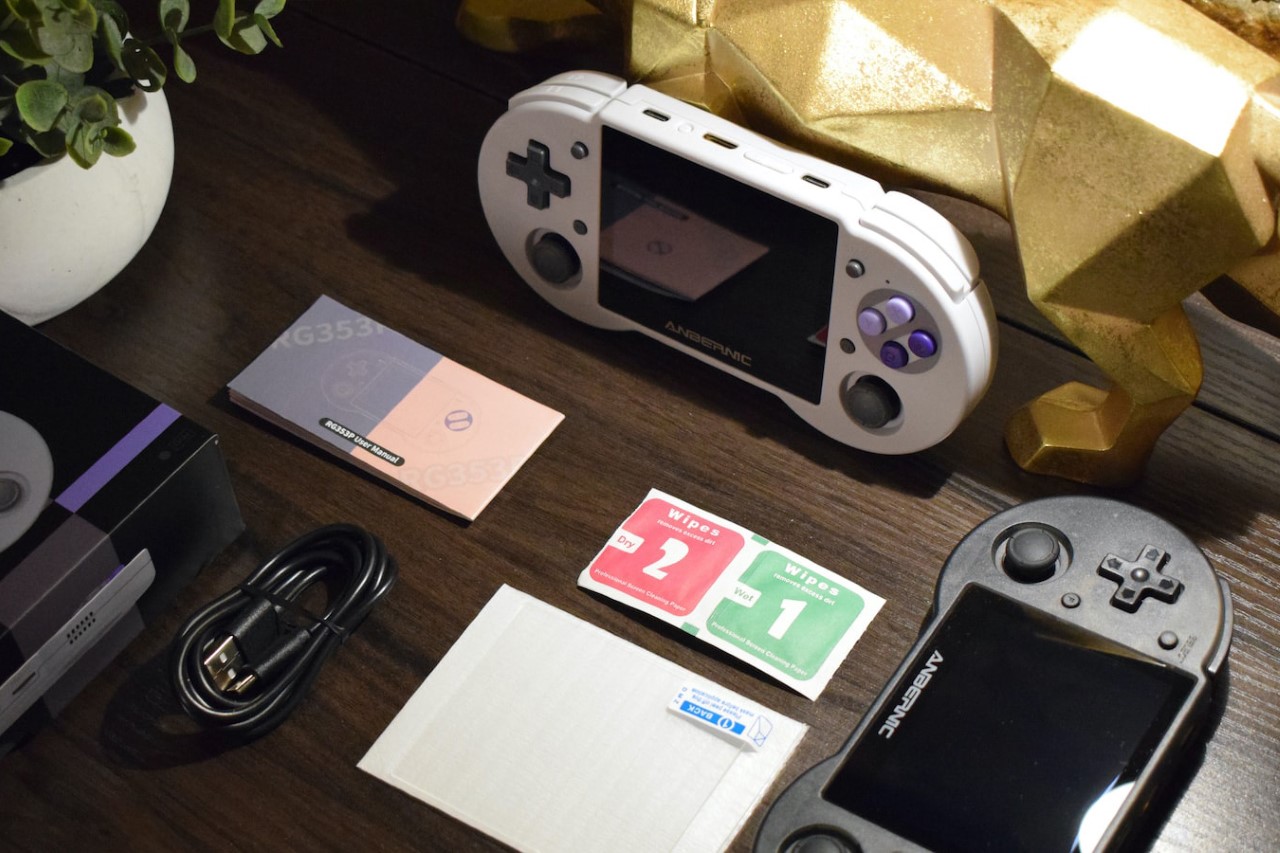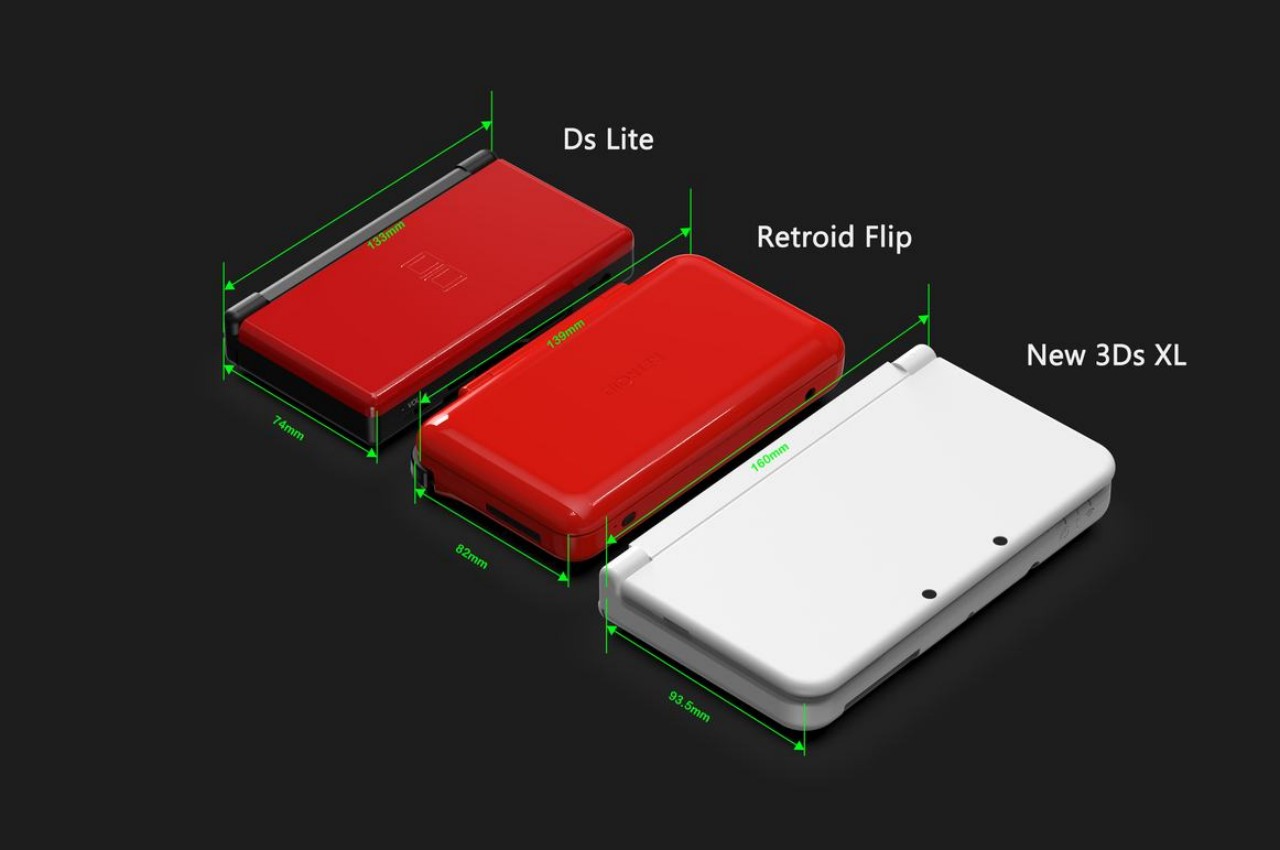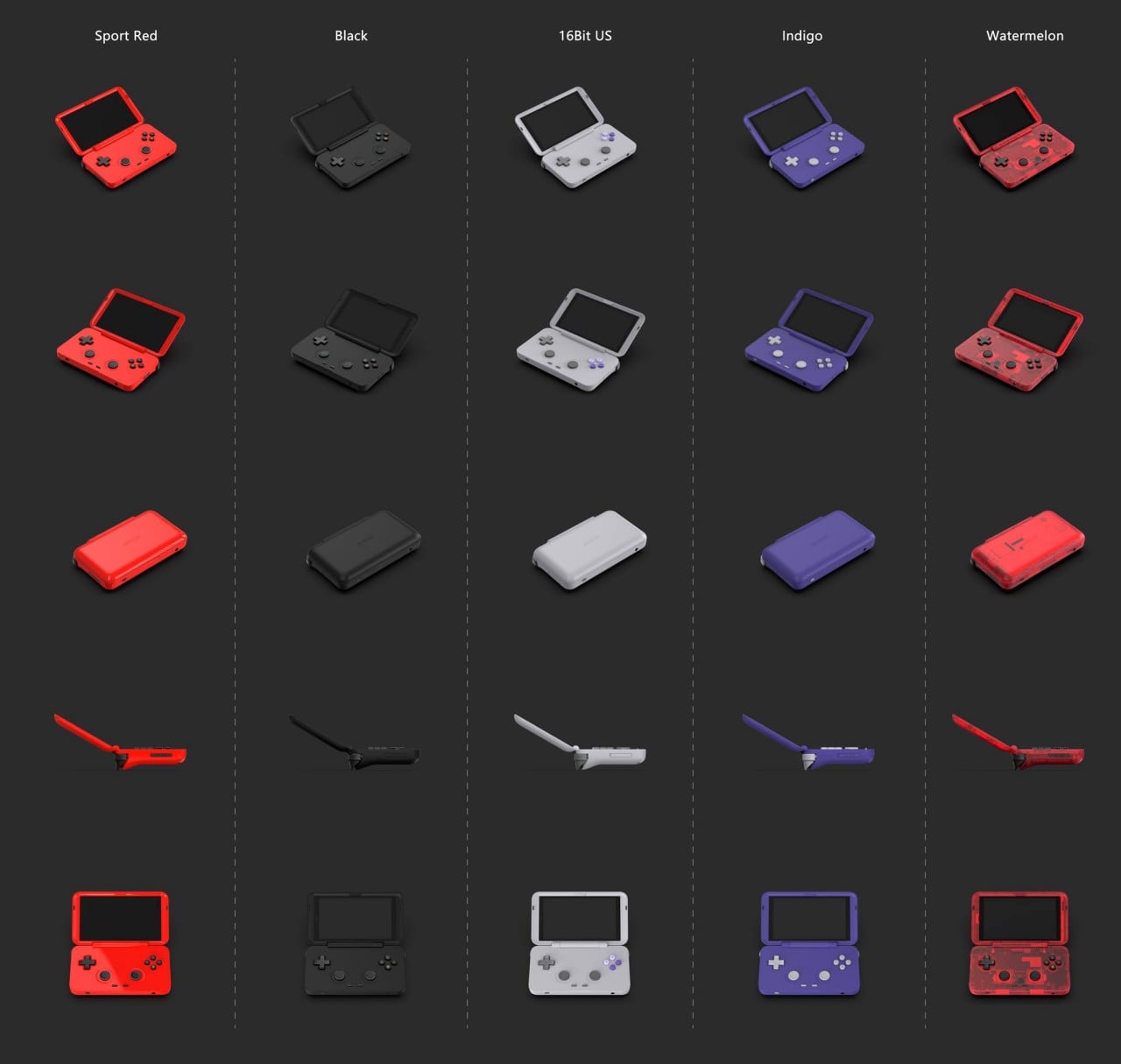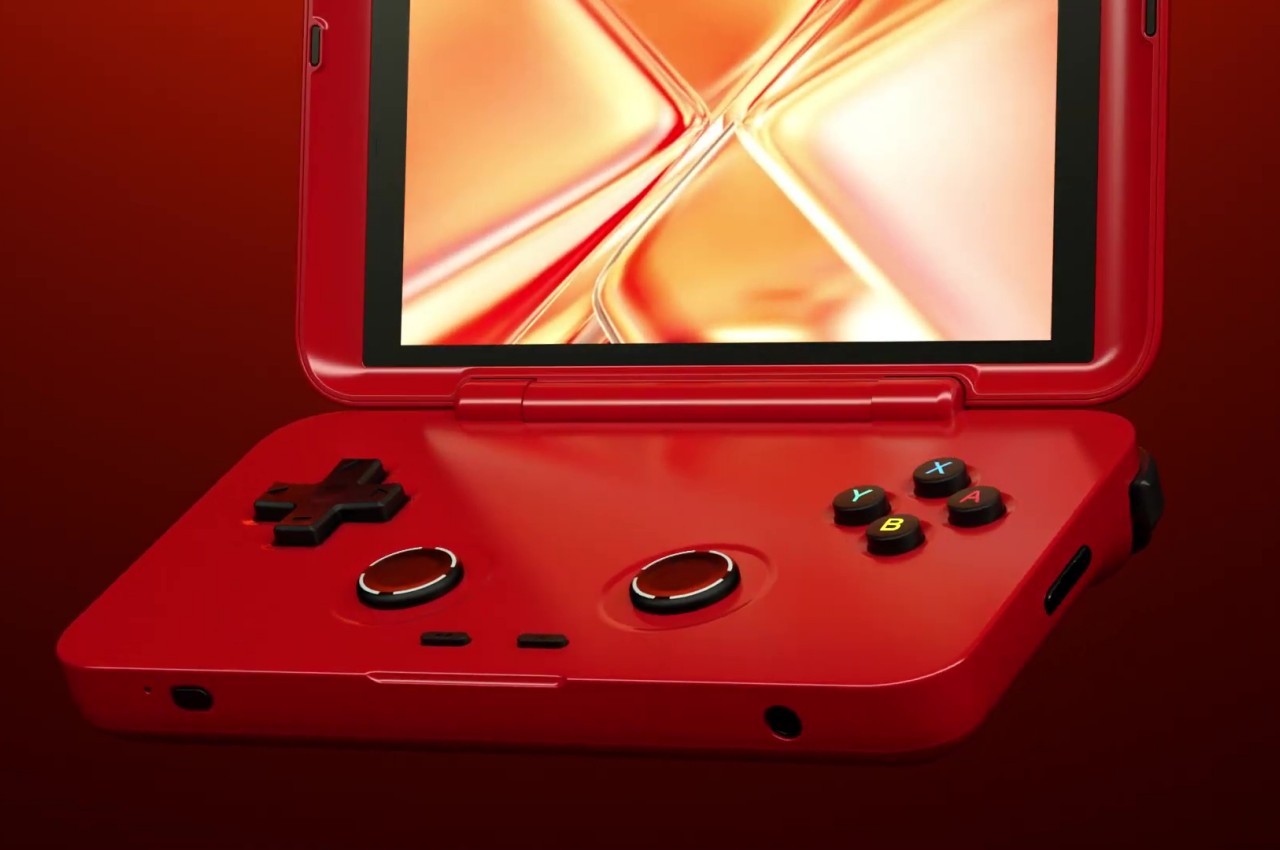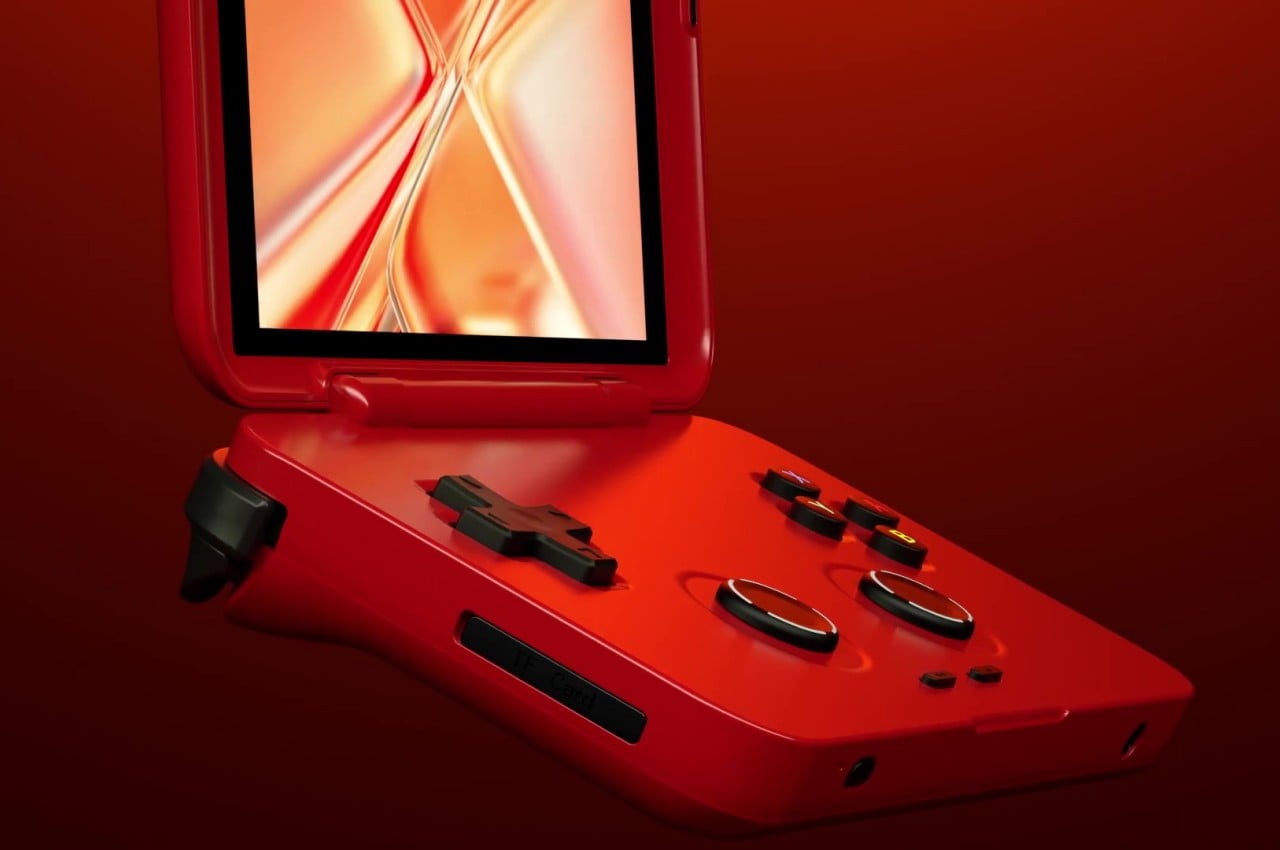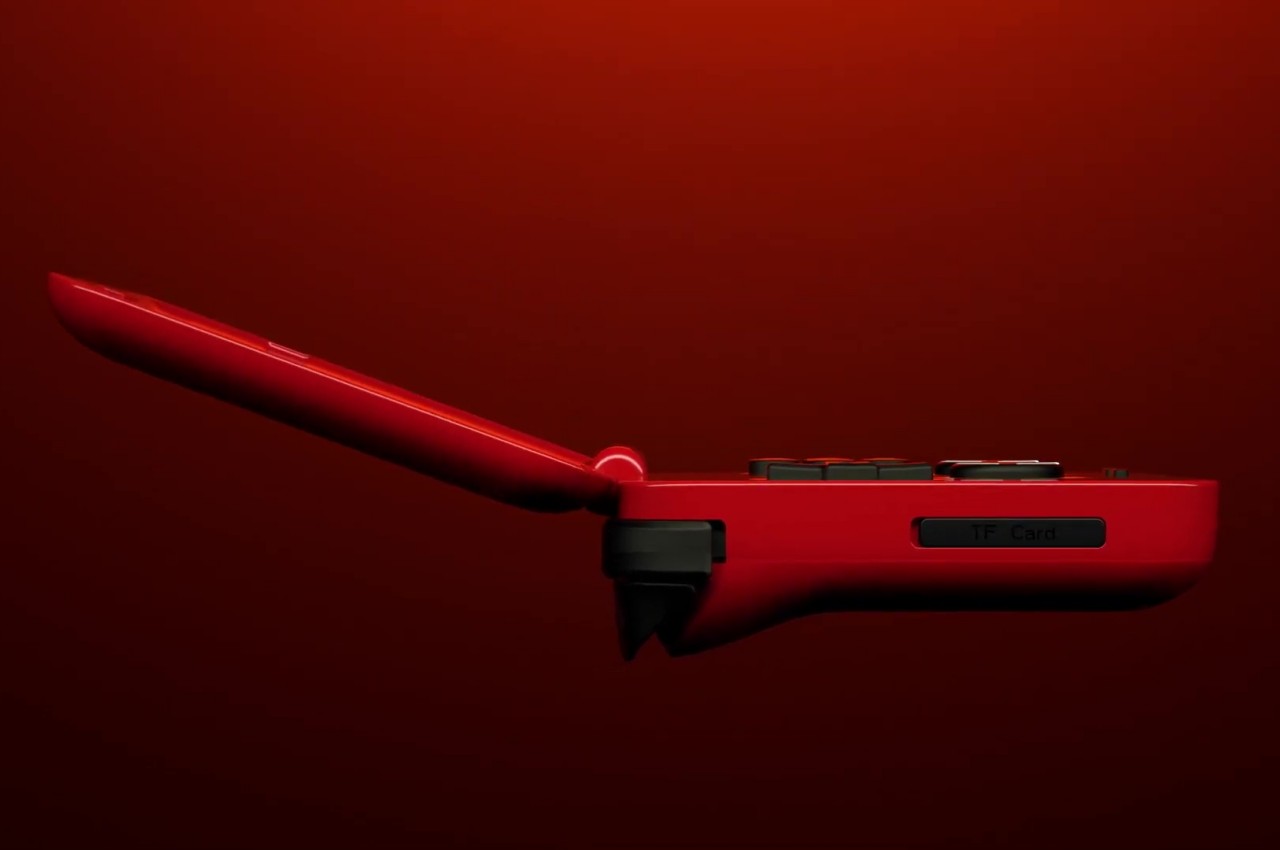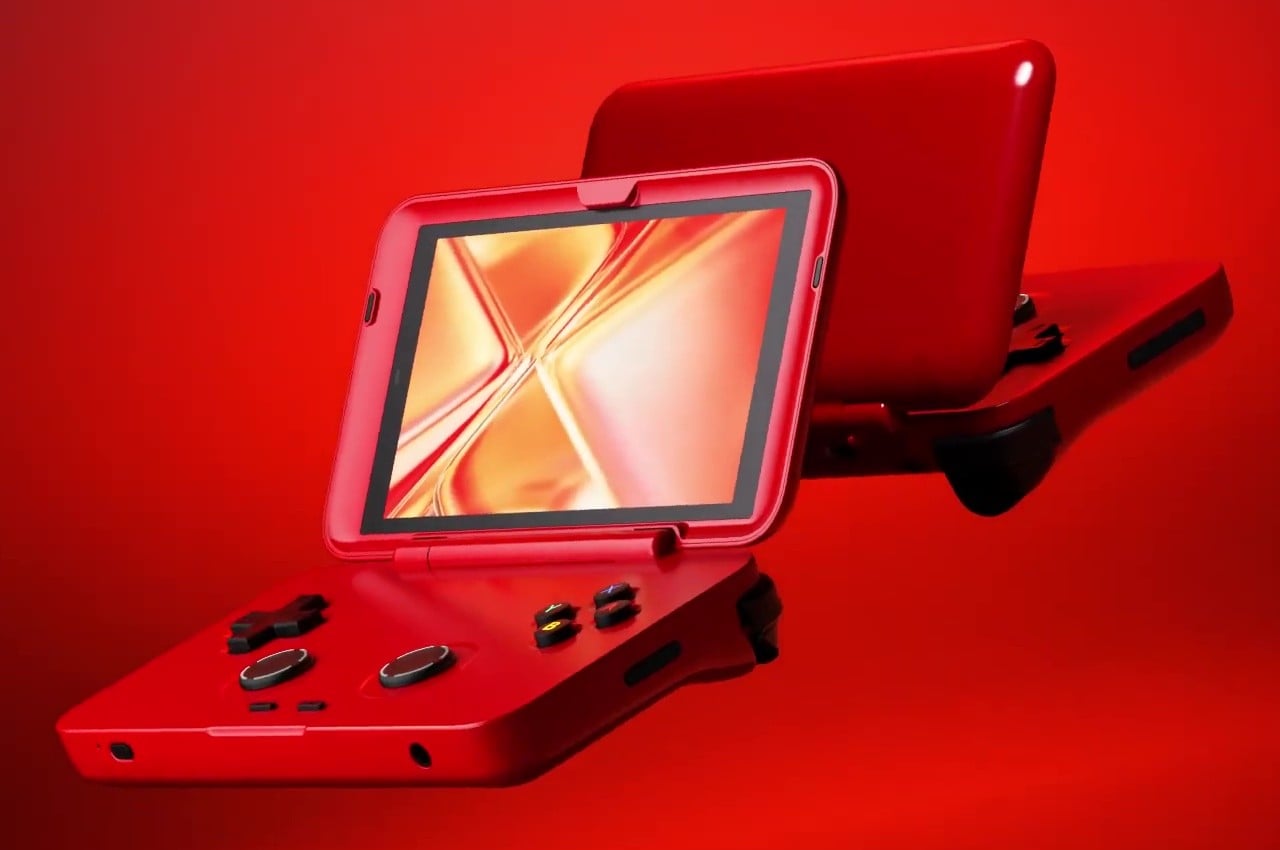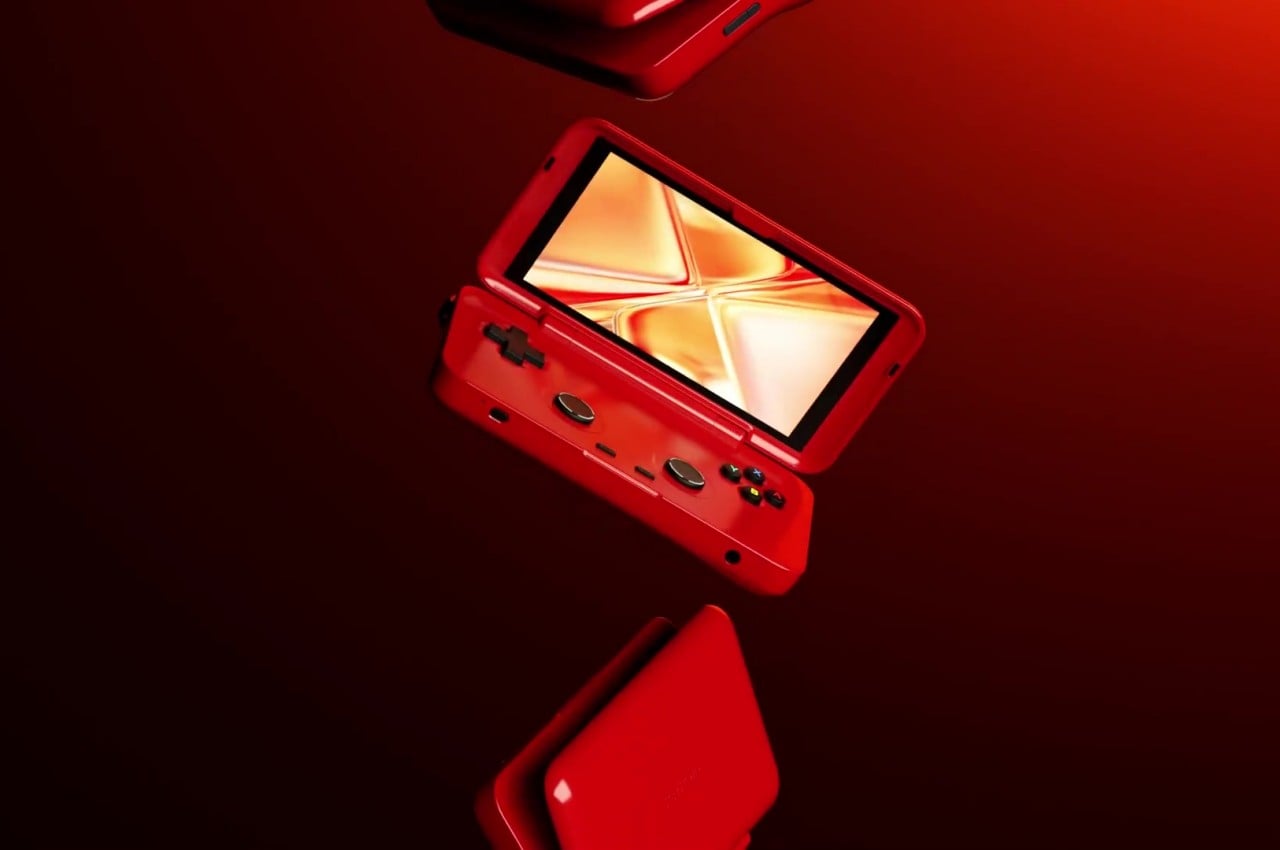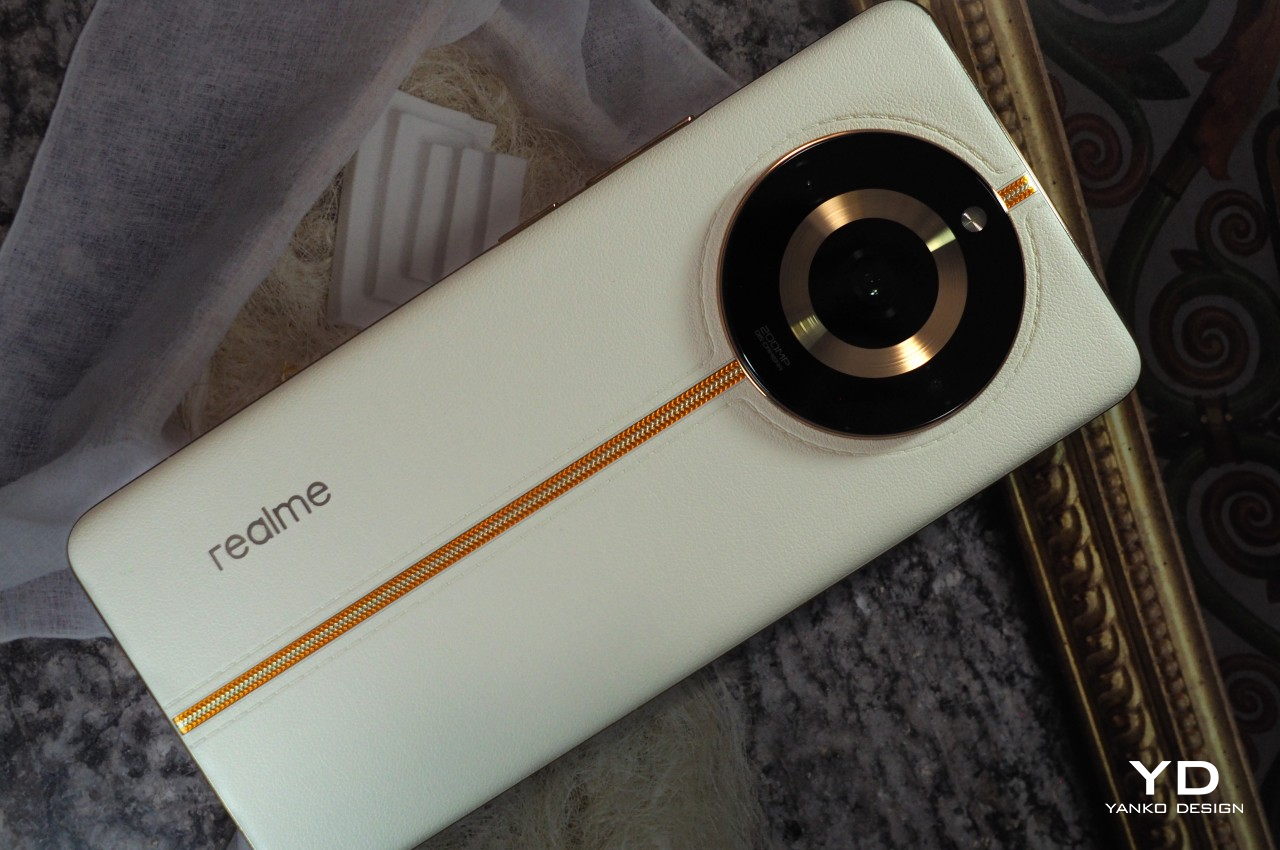
PROS:
- Luxurious design
- Excellent battery life and fast charging
- Impressive main camera
- Slim and lightweight
CONS:
- No official IP rating
- Uncertain display durability
The mid-range smartphone segment used to be filled by dull designs, subpar build quality, and sluggish performance. Gone are the days when budget-friendly vanilla smartphones would save you money but also leave you disappointed. Today, you can find plenty of mid-range smartphones that are nearly indistinguishable from top-of-the-line devices costing twice as much, offering a satisfying user experience without breaking the bank. While they may lack some standout features such as a big camera sensor or super sharp display, these smartphones strike a favorable balance between features and affordability.
The newest number series from Realme is one of the best-looking mid-range smartphones we’ve seen on the market so far. The Realme 11 Pro+ 5G offers more than just the looks, though, boasting a 200MP main camera, a 6.7-inch 120Hz refresh rate curved display, and a 5,000mAh battery, among other things. We took a close look at this fashionable mid-range phone to see what other boxes it checks and if it’s worth your hard-earned money.
Designer: Realme
Design
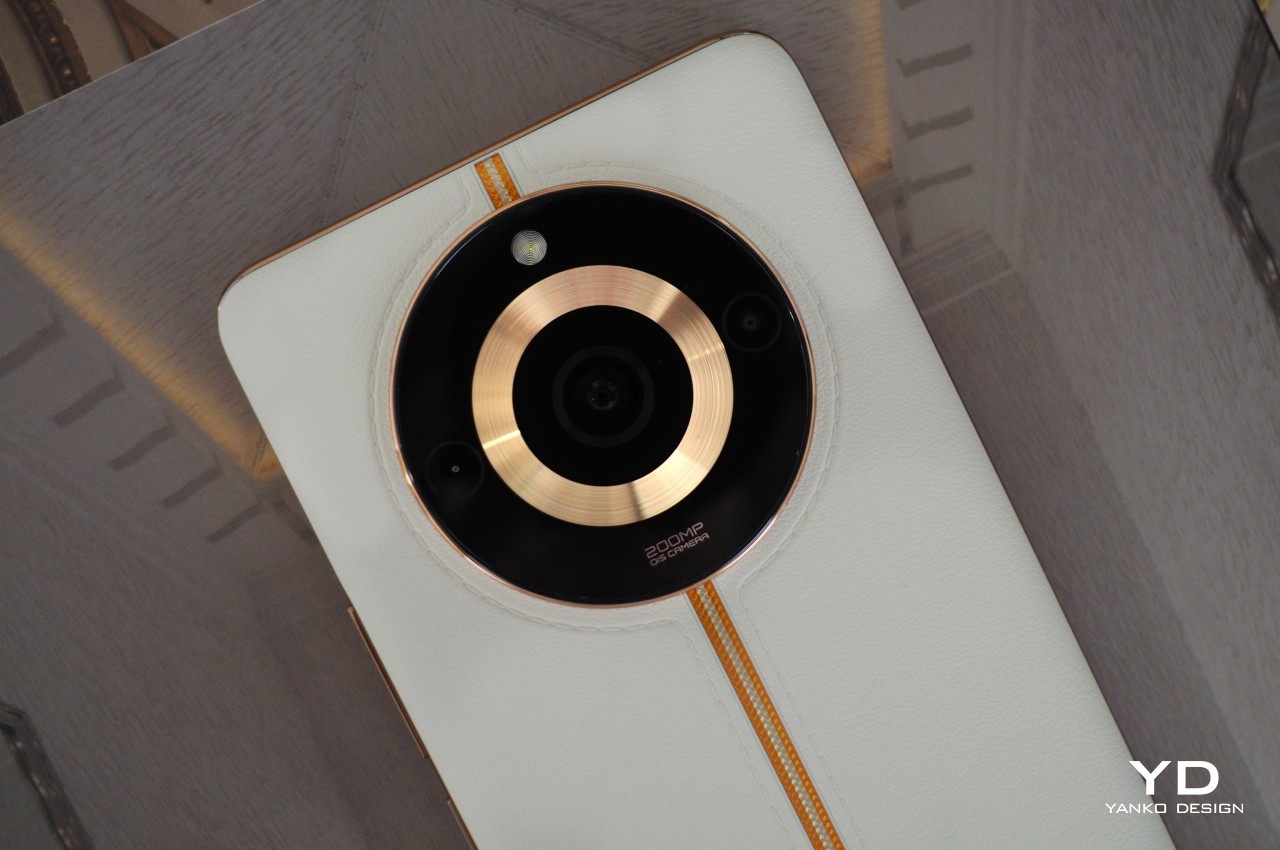
Designed in collaboration with Matteo Menotto, a former print and textile designer for Gucci, the Realme 11 Pro+ 5G sets itself apart with its unparalleled style. Drawing inspiration from the streets of Milan at sunrise, Menotto designed the Realme 11 Pro+ with a circular camera module symbolizing the rising sun. The yellow and white vertical line running through the middle represents a road extending into the distance, according to the brand. The 3D woven texture vertical line is sealed with transparent plastic, and while it does not provide tactile satisfaction, adds a charming accent to the design of the device. The prominent circular camera module houses a 200MP main camera highlighted by a golden ring design. The main camera is accompanied by an ultrawide camera on its right, a macro camera on its left, and an LED flash on top of it.
The phone has a vegan leather material on its back with a lychee-like texture that delights the fingers, while the stitching in the middle and around the camera reminds you of luxury handbags or car interiors. These design elements are seamlessly integrated, evoking a sense of luxury and sophistication. The Realme 11 Pro+ is definitely one of the most striking mid-range phones I’ve ever come across to date.
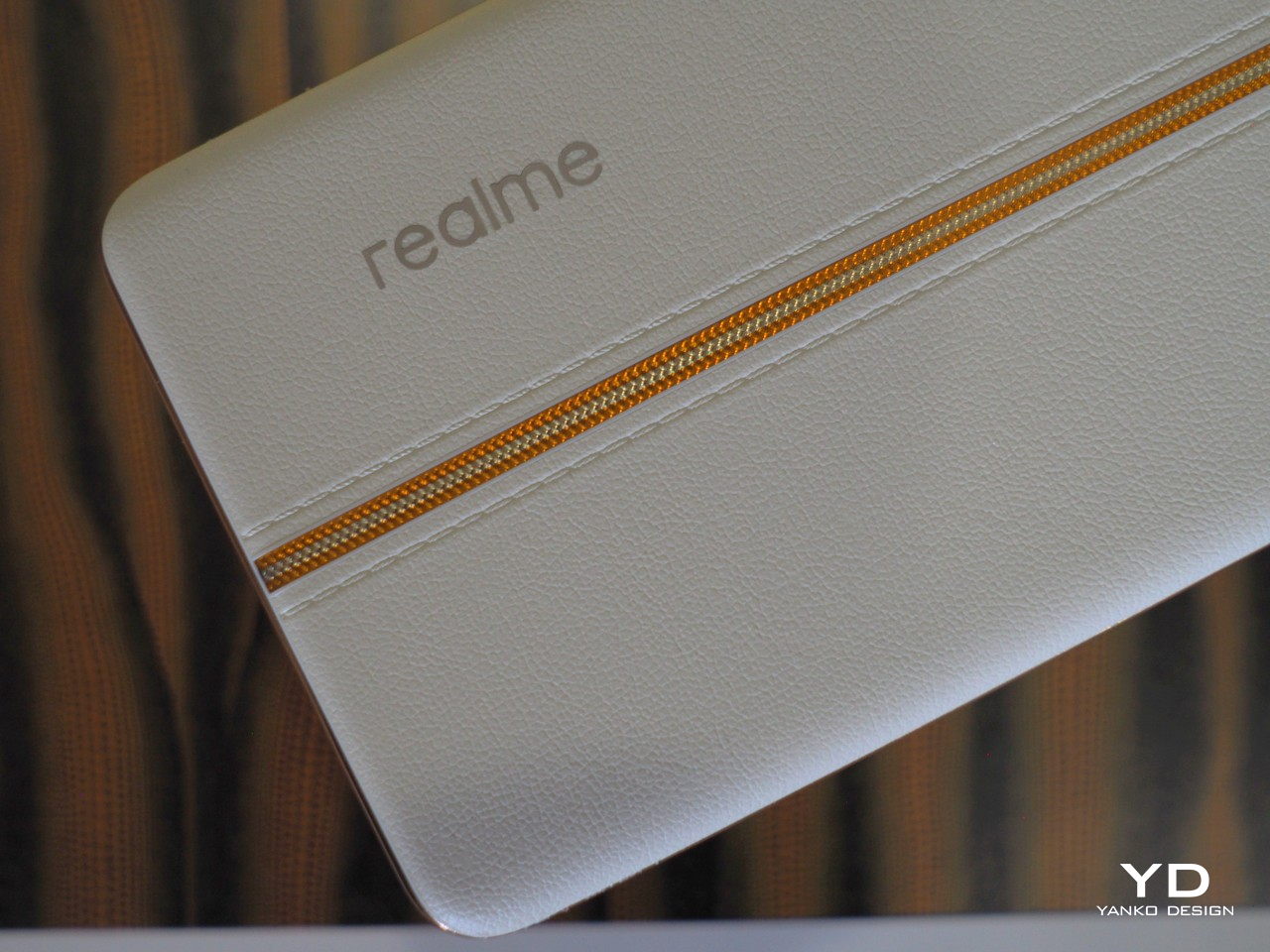
In addition to the Sunrise Beige variant, the Realme 11 Pro+ also comes in Oasis Green and Astral Black color options. The Oasis Green variant maintains the same design as the Sunrise Beige, featuring the same distinctive elements but with a different color. On the other hand, the Astral Black variant shares only the circular camera module with the two other colorways, instead distinguishing itself in terms of overall appearance with a plain matte finish that has no vertical line running through the middle of the device, leaving a clean and unbroken surface.
Ergonomics
For a 6.7-inch smartphone, you’ll be surprised how thin and light the phone is, measuring just 8.7mm thick and weighing only 189g (or 8.2mm thick and 183g for the Astral Black variant). The phone manages to impress with its lightweight build, making it feel comfortable to hold in your hand.
The leather finish of the phone not only adds a touch of luxury but also provides a better grip, preventing the phone from easily slipping from your hand or sliding off of surfaces. Additionally, the textured back panel prevents smudges and fingerprints. You can snuggle 11 Pro+ nicely in your hand thanks to the vegan leather back and the slightly curved – 61 degrees to be precise – back panel and display.
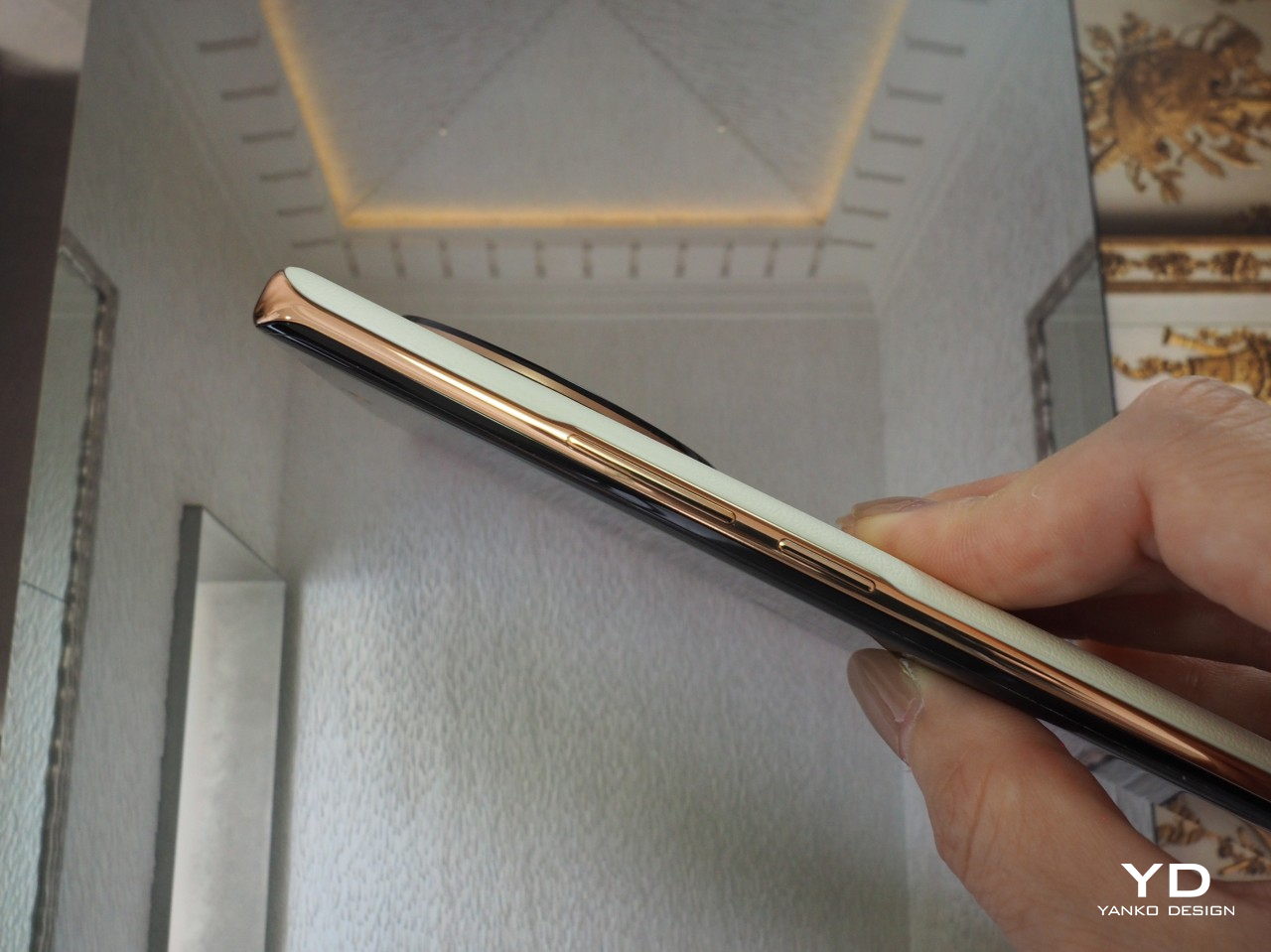
The plastic frame has a glossy finish at the sides and accommodates the power button and volume button on the right side. In contrast, the top and bottom plastic frames have a matte finish. The top houses a speaker and a microphone while the bottom houses a speaker, microphone, USB-C port, and a dual-SIM tray.
The in-screen fingerprint scanner works flawlessly, delivering consistent and accurate performance. However, one aspect to note is its placement close to the bottom edge of the screen. While it effectively unlocks the phone, it occasionally requires you to adjust your grip afterward, which can become a somewhat bothersome experience over time.
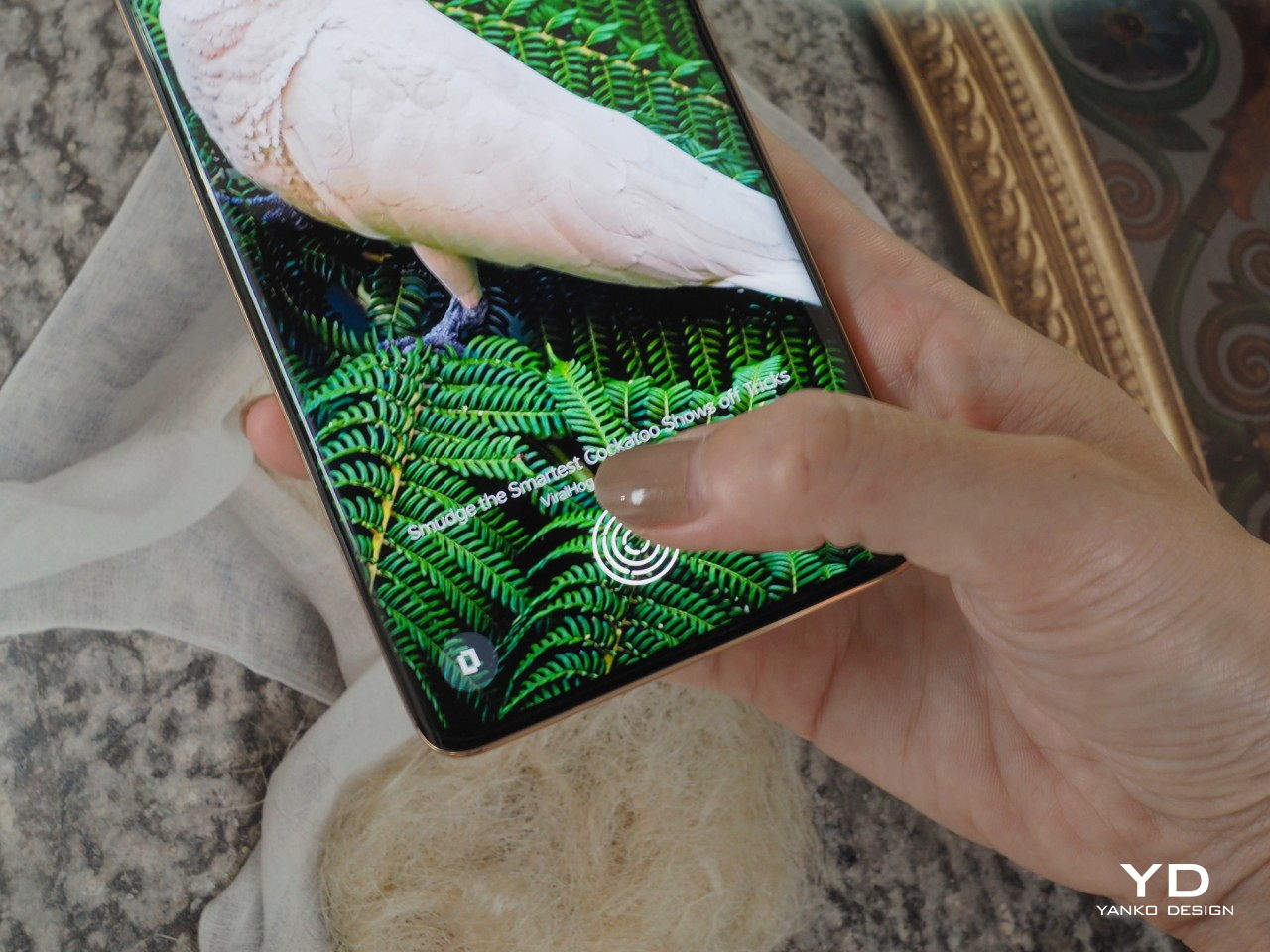
Performance
Aside from its design, another standout feature of the Realme 11 Pro+ 5G is the 200MP main camera, the highest megapixel count for the mid-range segment, that sits in the center of the circular camera module on the back. The phone boasts a triple-camera setup on its back and a single selfie camera at the front. The main 200MP camera features a Samsung ISOCELL HP3 with a 1/1.4” sensor size, 2.24um pixel size, a f/1.69 aperture, and OIS. Realme promises lossless 2x and 4x zoom, achieved by sensor cropping the massive 200MP main sensor. This enables you to shoot telephoto-like digital images. Accompanying the 200MP main camera is an 8MP ultrawide camera with f/2.2 aperture. Finally, a 2MP macro camera with f/2.4 aperture makes up the device’s triple camera setup. On the front side, there is a 32MP selfie camera with f/2.45 aperture.

Full 200MP
By default, the main camera takes 12.5MP, 16:1 binned photos for enhanced quality. In daylight or under good lighting conditions, the Realme 11 Pro+ takes excellent photos at 1x magnification, capturing good details, contrast, and dynamic range. The colors are nicely saturated, occasionally resulting in slightly too vibrant for lighter greens, but not over-the-top at all.

12.5MP, 16:1 binned
The daylight 2x zoomed photos are great as well. Although the images taken with 4x zoom are not lossless, they capture a fair amount of details with a nice dynamic range. The main camera captures great low-light photos at 1x magnification. 2x photos, while not completely lossless, still offer enough sharpness and retain some detail with good dynamic range. When zoomed to 4x, the photos remain acceptable, although some noticeable noise may be present.

1x (AI Mode)

2x (AI Mode)

4x (AI Mode)

Ultrawide (AI Mode)
The 8MP ultrawide takes excellent images in good lighting conditions, while the low-light photos on ultrawide are satisfactory. For low-light images, there is a tendency to overexpose bright spots, and at times photos may appear somewhat undersaturated. However, overall, the results are still good. Macro photos taken with the 2MP camera are subpar, not capturing much detail. However, this will not be a dealbreaker for most people unless you have a specific interest in macro photography. The selfie camera takes good photos, but it has a tendency to render a slightly orange tone to the skin color.

1x Night Mode

2x Night Mode

4x Night Mode

Ultrawide Night Mode
You can choose HI-RES mode to shoot 200MP or 50MP photos. However, keep in mind this is achieved at the expense of loss in detail and dynamic range. There is street mode with different focal lengths. The street mode comes with a neat auto-zoom feature where you can tap on the subject that you want to zoom in on and it automatically adjusts the zoom level and try to achieve the best framing.

1x

Macro
As for the video, you can shoot 4k 30fps stabilized video with the main camera. Dropping the resolution down to 1080p will let you take 60fps video. The ultrawide and selfie cameras, however, are limited to shooting 1080p 30fps videos. The Realme 11 Pro+ does offer a pleasant video shooting experience across the main and ultrawide camera for what you paid for.




The Realme 11 Pro+ 5G is powered by a MediaTek Dimensity 7050 5G chipset backed by 8GB or 12GB RAM and 128GB or 256GB of memory. RAM can be expanded an additional 4GB using the Dynamic RAM Expansion. It is quite capable of handling any tasks, including watching videos and light gaming. In terms of software, Realme 11 Pro+ boots Android 13 with Realme UI 4.0, which offer pretty solid customization options.
The mid-range smartphone features a 1080p 120Hz OLED display with HDR10+ capability and 950 nits local peak brightness. The flagship-grade display is smooth, vibrant, and bright enough to use under broad daylight. The stereo speakers of 11 Pro+ deliver good audio quality with a good amount of volume.
As for the battery and charging, the Realme 11 Pro+ houses a 5000mAh battery despite its slim body, and it comes with a 100W superVOOC charger. While it lacks wireless charging capabilities, its super-fast charging requires a mere 3 minutes to boost the phone’s battery up to 17%, and a full charge can be achieved in just 26 minutes. The battery life of the Realme 11 Pro+ is indeed impressive, and the phone can easily last a full day with moderate use.
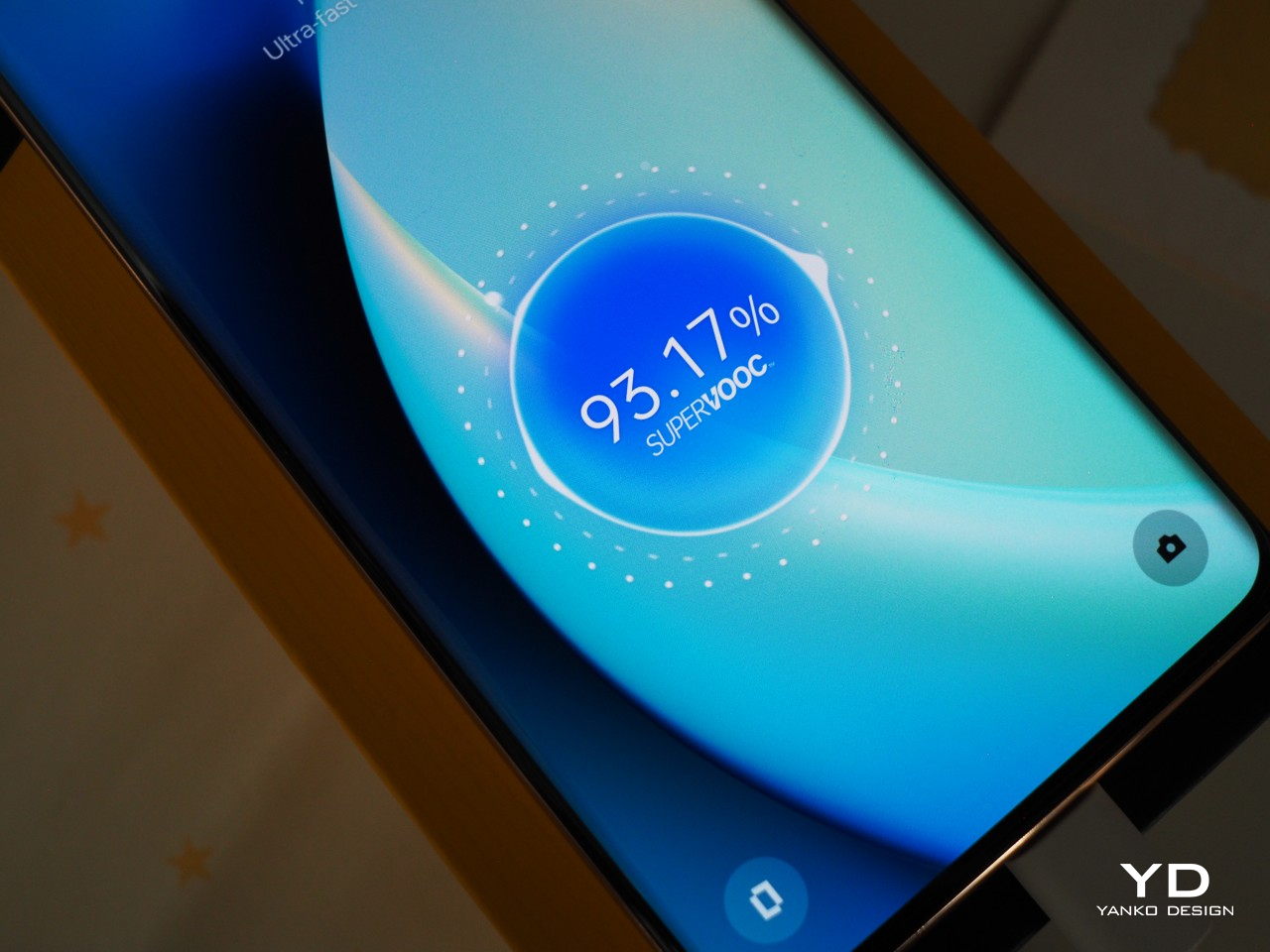
Sustainability
The glass protecting the display from scratches and damages is what Realme calls double-reinforced glass. Realme does not provide any specific details regarding the durability of the double-reinforced glass, and we can only hope it is tough enough to safeguard the screen in the event of accidental drops on rough surfaces like concrete.
Another thing you have to be careful about with this sleek phone is that it comes with no official IP rating for water and dust resistance. So you want to be mindful of using the phone outside when it’s raining or at the beach.
While the vegan leather back is a nice touch, it barely steps away from the typical plastic materials used on this tier of smartphones. The plastic frame is also an unfortunate choice in terms of sustainability, though it does save up on the build costs that consumers eventually have to pay for. Unlike some of its higher-end models, the Realme 11 Pro+ doesn’t exactly make a conscious effort to be more eco-friendly, which is still something that mid-range phones like it have to grow out of.
Value
The Realme 11 Pro+ is currently available in China and India only. Its price ranges from roughly equivalent to 300 USD to 390 USD, depending on RAM and storage. Global availability doesn’t seem to be on the table, though that could still change in the near future.
While there are some great mid-range phones available on the market, the Realme 11 Pro+ has some unique features that could set it apart from the competition. With a remarkable 200MP main camera, a sizable battery, and 100W fast charging, this device undoubtedly offers exceptional value for its price. Its stylish design adds a significant bonus to its overall appeal, especially for people who want a smartphone with a personality right out of the box.
Verdict
The Realme 11 Pro+ definitely punches above its price bracket. Its stylish design, capable main camera, and excellent battery life make this mid-range phone a great choice for budget-conscious consumers. Sure, it doesn’t come with the fastest chipset, water and dust resistance rating, or wireless charging, but you cannot expect to have it all at this price point.
If you are looking for an affordable yet powerful smartphone with stunning design and imaging capabilities, the Realme 11 Pro+ 5G is a great option. With its remarkable features and competitive pricing, this smartphone offers excellent value for money. That is, if you can actually get your hands on one.
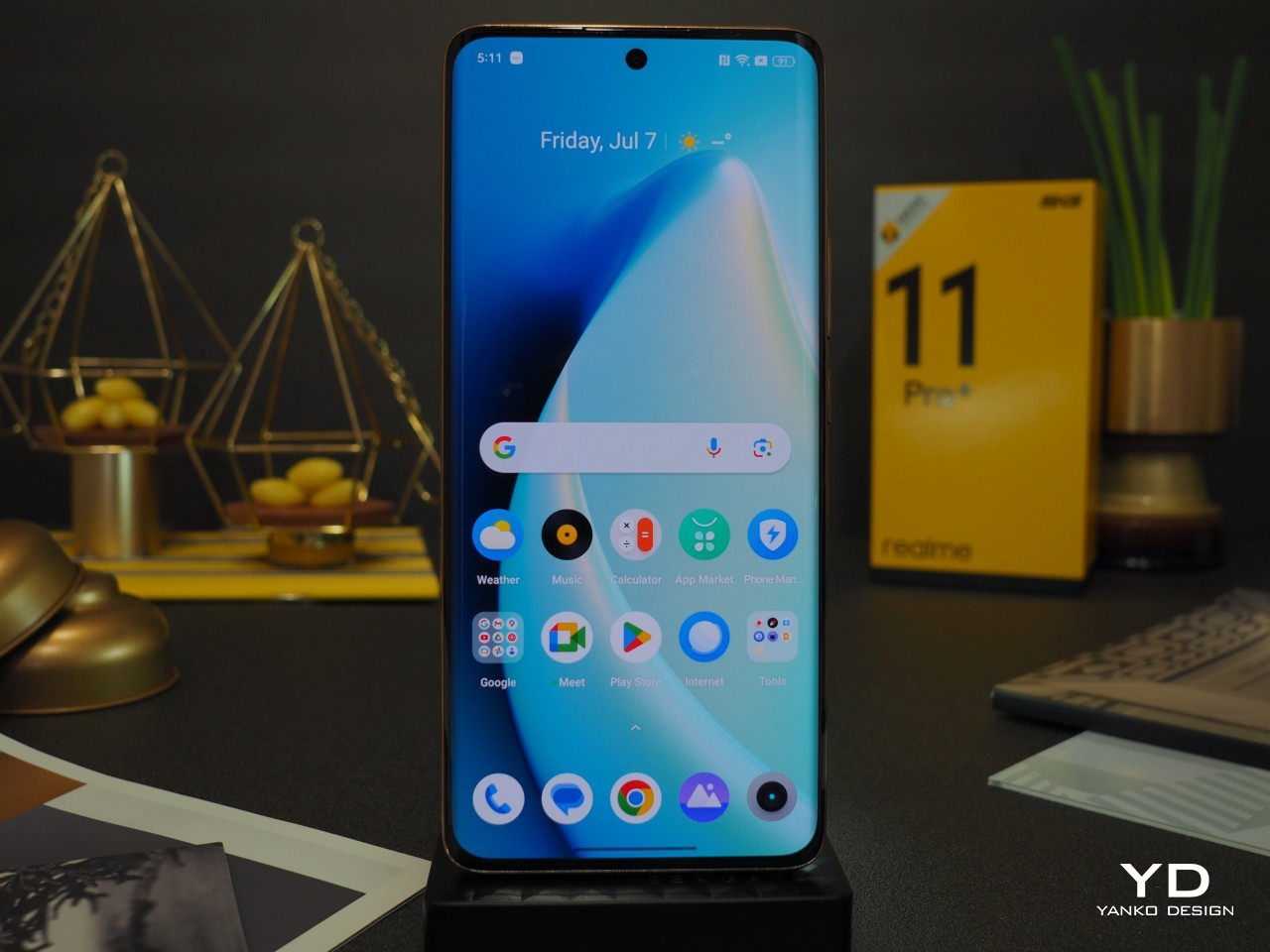
The post Realme 11 Pro+ 5G Review: A mid-range stunner first appeared on Yanko Design.
